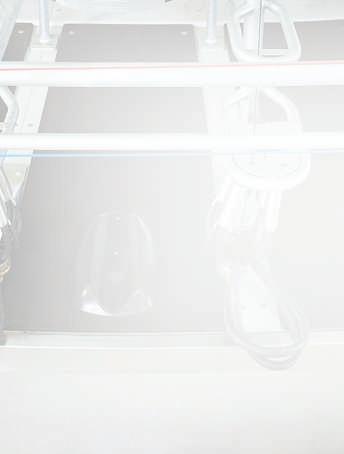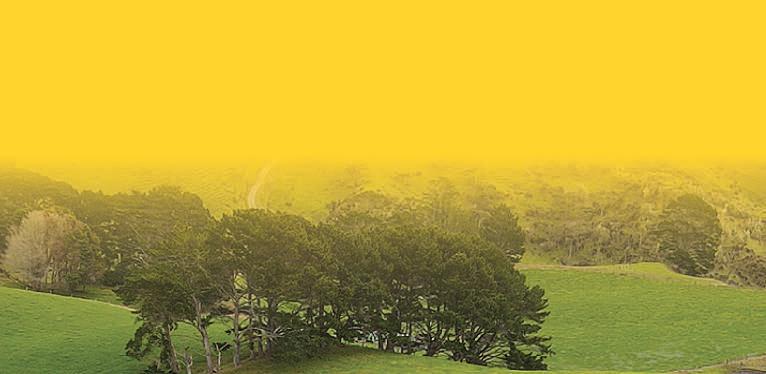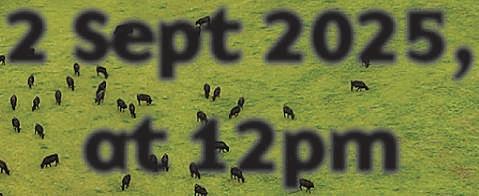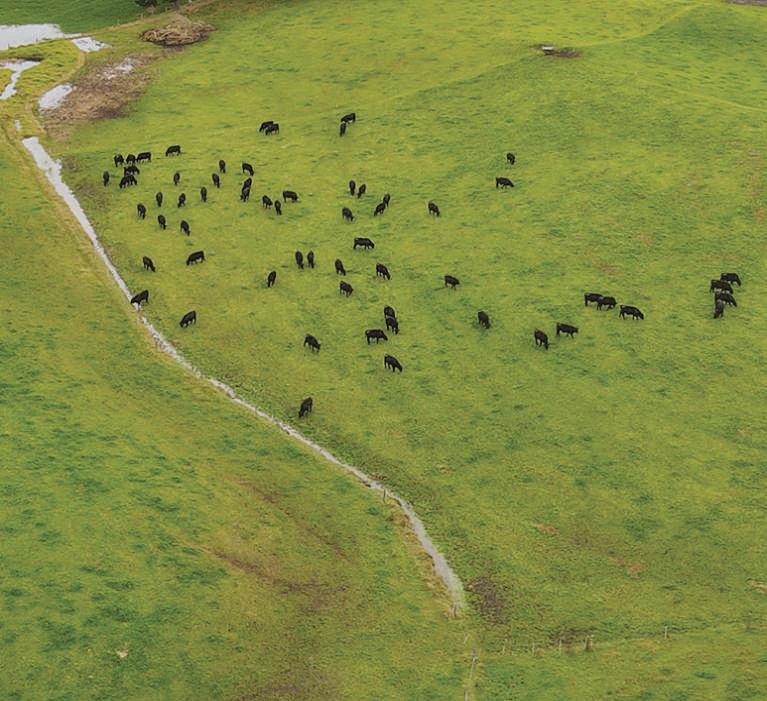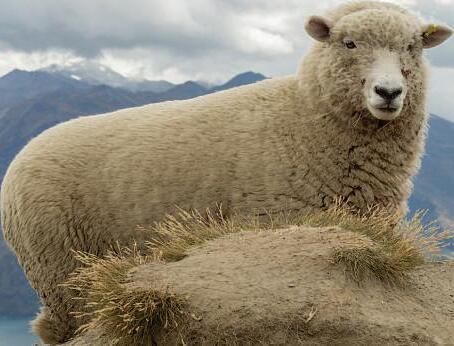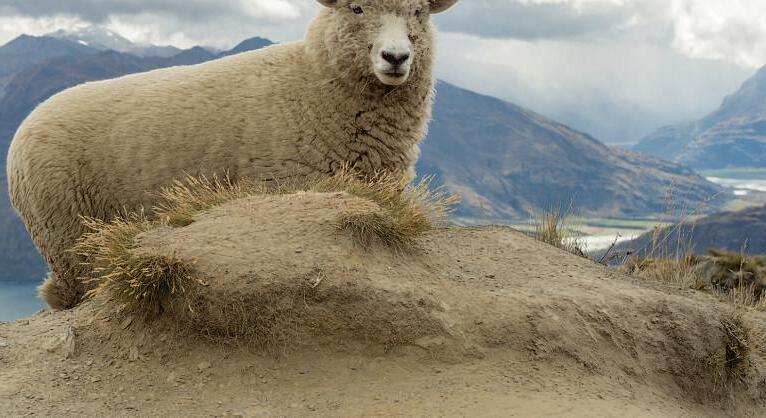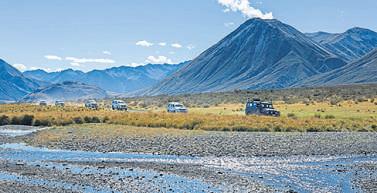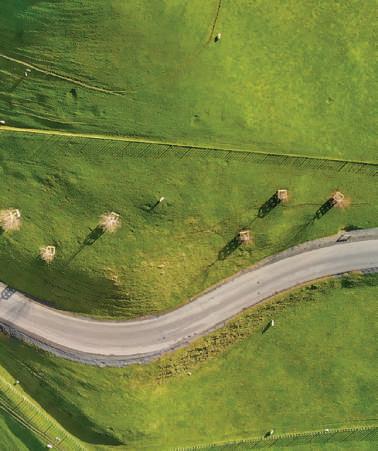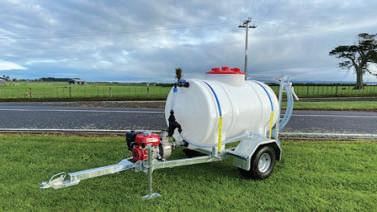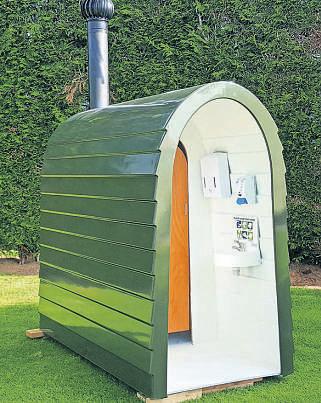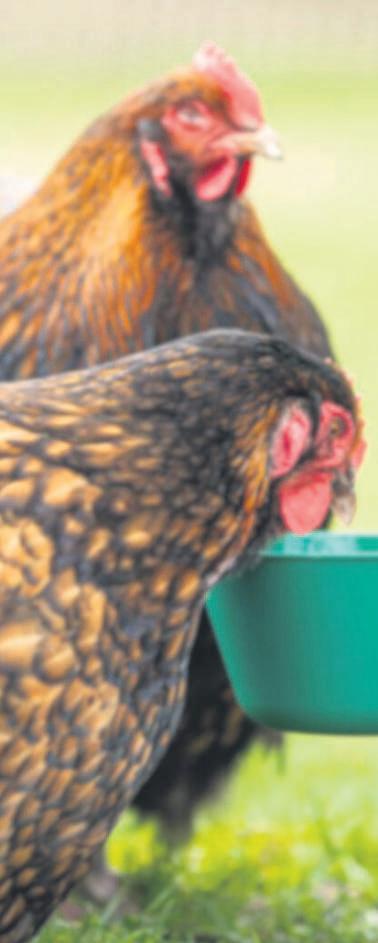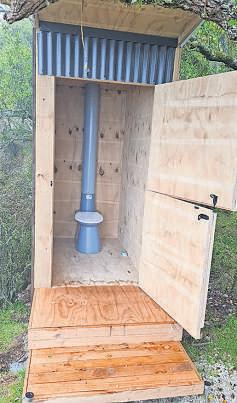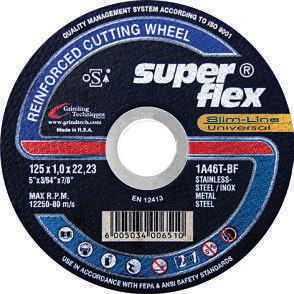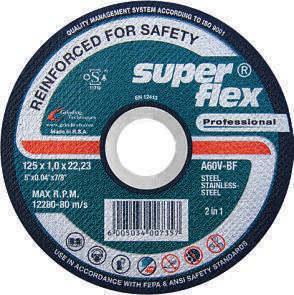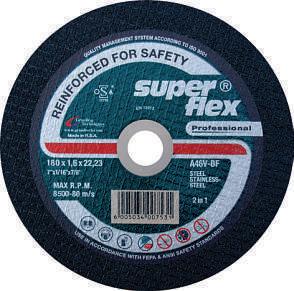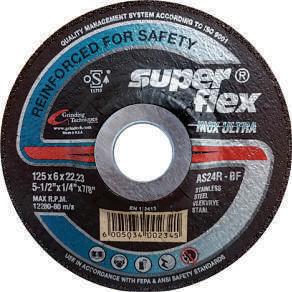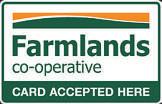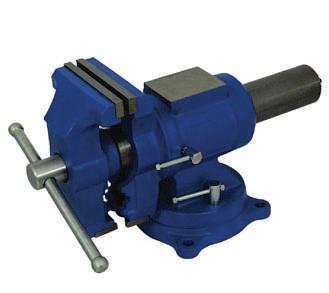Non-tariff trade barriers costing $1.5b P3

Dairy conversions surge with high milk prices P24
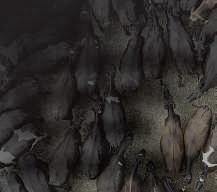









Non-tariff trade barriers costing $1.5b P3

Dairy conversions surge with high milk prices P24









Over the next 1 years, $150b of wealth and assets in
ye farming businesses will need to be transferred between generations. To enable a smooth and easy transition, a succession plan should be in place. P6

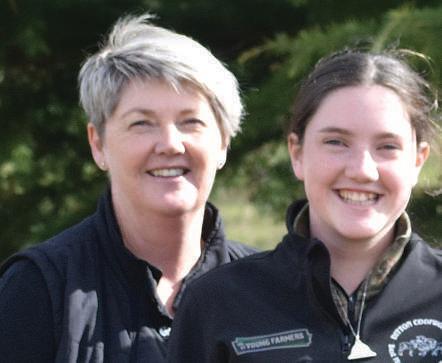
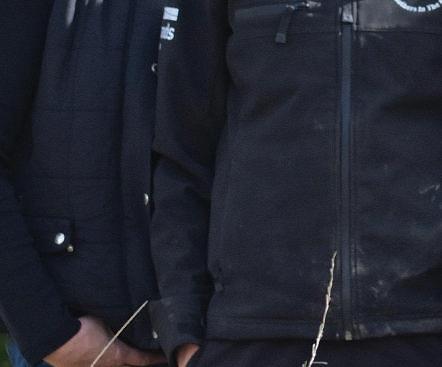
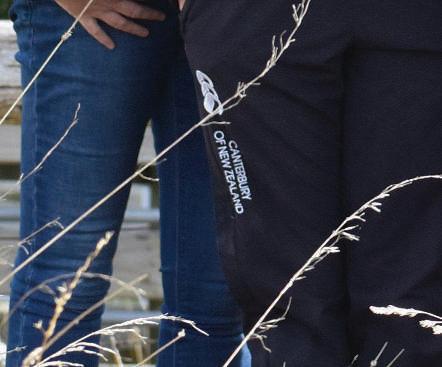





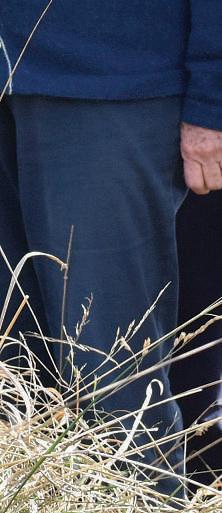

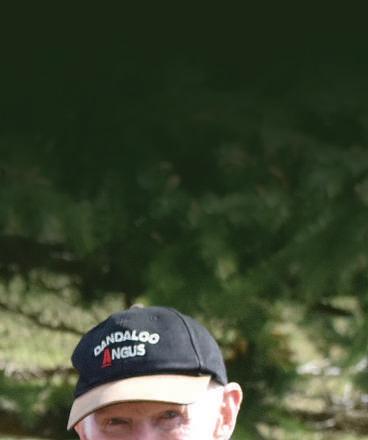
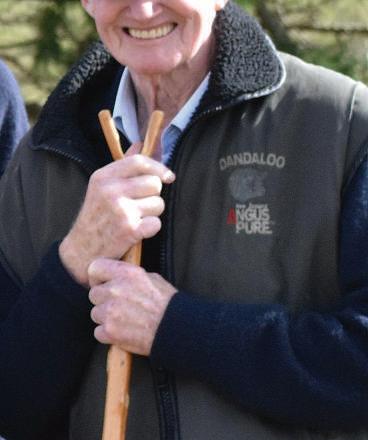
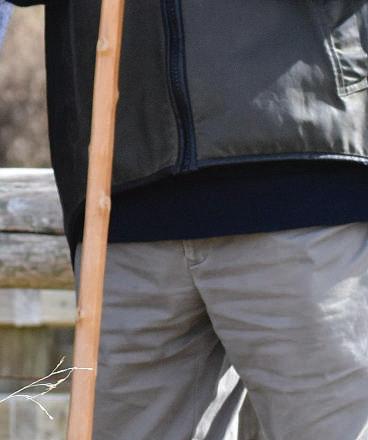



New Zealand’s red meat sector has unveiled a new strategy to boost export returns, as new analysis shows non-tariff trade barriers (NTBs) are costing the industry an estimated $1.5 billion every year.
The Meat Industry Association (MIA) and Beef + Lamb New Zealand (B+LNZ) launched their biennial Barriers to International Trade report and joint value-growth strategy, Our Pathway to Growing Value, at the Red Meat Sector Conference in Christchurch last month MIA independent chairperson Nathan Guy says the two documents clearly show the opportunity to unlock significant economic value through trade policy and improved market access.
“When used appropriately, non-tariff measures can deliver genuine consumer benefits such as science-based biosecurity and food safety requirements, or sanitary and phytosanitary measures. But when they add cost without value, they become barriers to trade, dragging down the sector and reducing returns for farmers, processors, and the wider economy.
“That’s why we’ve released this year’s Barriers to International Trade report alongside ou new strategy.

“Together, they provide a roadmap for working with government and trading partners to systematically reduce these barriers and grow value across the sector.
“If we get this right, it means more money back into farmers’ pockets, and

more reinvestment in processing innovation and sector growth.”
The Ministry for Primary Industries’ latest Situation and Outlook for Primary Industries report forecasts an 8% increase in red meat export revenue this year.
“This growth shows positive momentum, but also highlights how much unrealised value remains,” says Guy.
“We could be doing even better if we
weren’t constantly navigating a maze of inefficient and inconsistent trade rules.”
B+LNZ chairperson Kate Acland says that while demand for New Zealand red meat remains strong out of the US, the imposition of a 10% tariff under the new administration will see total tariffs faced by the sector more than double from $155 million to $367m.
“Trade barriers not only add cost but add uncertainty for farmers and our processors and exporters.
“The new strategy focuses on improving
competitiveness by lifting farm level productivity, telling the story of our low environmental footprint and ensuring there is an enabling regulatory framework allowing headroom for growth. Our global reputation for safe, sustainable food is our most valuable export asset.
“The Pathway to Growing Value strategy shows how we can align regulatory settings to reward that advantage, while helping farmers and processors get more value from every kilogramme exported.”
The strategy and report were launched

Sonita Chandar 027 446 6221
sonita.chandar@stuff.co.nz

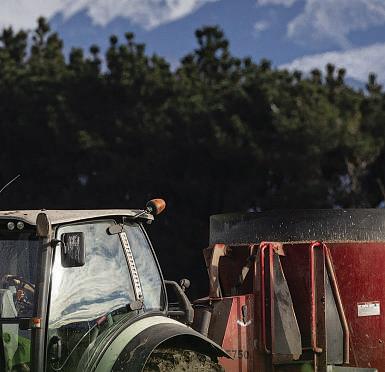
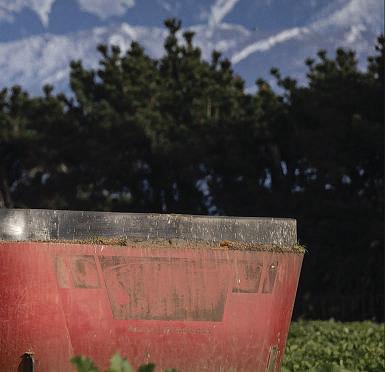


Sometimes it is clear-cut, other times it is not, but deciding on who will take over the family farm can be a tricky business. It can be a highly emotive and sticky subject for many farming families but the reality is, these days, a formal succession plan is an essential part of any business.
The latest Rabobank white paper, titled Changing of the Guard, makes for interesting reading on a cold winter’s night. And if you don’t have a plan in place, it might just get you thinking and doing something about it
The paper reveals that over the next decade more than half of all New Zealand farm and orchard owners – approximately 17,320 farmers and growers – will reach the age of 65.
At current land values, the transition of these farmers’ operations represents a conservative estimate of more than $150 billion in farming assets – the largestever intergenerational transfer of wealth.
That is a lot of moolah to leave unsettled.
Succession planning can take years and it’s a rabbit hole for some families with multiple siblings lining up to take over the family farm that great grandpa bought after returning from war
The paper found that only one in three
farmers have a formal succession plan in place, only a third intend to leave their farm to their children in some form or other, and 39% of children say they are not interested in taking over.
Sometimes when I look back at the long hours we put in, especially when the children were toddlers, was it worth it?
Sure, the rural lifestyle is great and being your own boss is a positive but trudging around in the cold when it’s pouring with rain and the wind is trying to knock you over isn’t much fun. But it is what farmers do.
Farming, whether it be dairying, sheep and beef, an orchard or market garden and every other business that makes up agriculture, is a huge commitment for the next generation to take on. Not to mention the debt involved.
These days, a will might not cut it, especially when there are millions of dollars at stake, as is the case in farming and many other businesses. There have been several cases highlighted on Stuff in recent years where siblings have not been happy with the way their mum or dad provided for them and have challenged this in the courts.
It can be a lengthy process, cost the kids thousands of dollars in legal fees and cause deep rifts among family members.
A succession plan is therefore vital as it will ensure the smooth transition of the land and assets between generations and can be a valuable part of maintaining
family relationships. Today, the idea of leaving the farm to the eldest son is outdated, with many farmers turning to a more fair and equitable distribution of wealth.
There are also new models of farm business which are proving to be a success and at the end of the day, why wouldn’t they work?
Brothers and sisters working alongside each other, or cousins coming in as well so they all own a part share of the farm that great grandpa bought 100 years ago can be a good thing.
The paper showed 50% of farmers have never discussed or taken any steps to begin succession planning so maybe it is time to go down that rabbit hole and secure your children’s futures and the future of the business you have poured your blood, sweat and tears into.

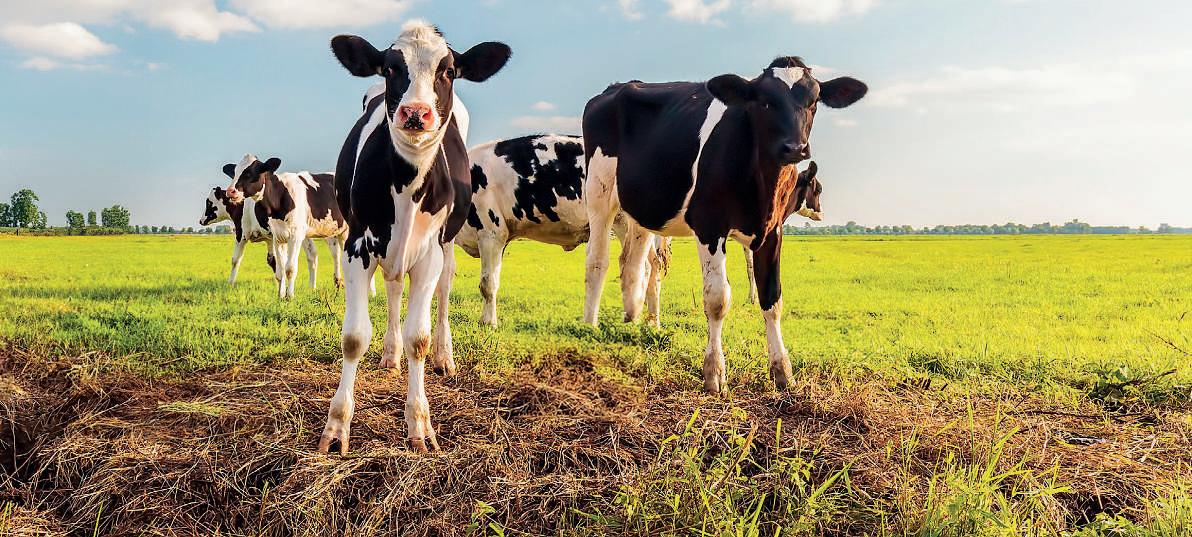



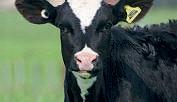








Thanks for a timely article about the cost of dairy products to the NZ public (July NZ Farmer, p24)
A recent headline noted 40% of families do not buy fresh fruit and veg on a weekly basis.
That, and the expense of dairy, are bad news for New Zealand
I have wondered why supermarket dairy prices reflect world auction results, and the Fonterra CEO’s recent comments gave their justifications for this. And now your article presents Infometrics’ similar justifications for this practice. We don’t need government intervention to stop the overcharging
Domestic dairy consumption is 5% of total production.
Keeping the cost down for our population would hardly dent profits.
The NZ public bear the environmental costs of dairy, which are significant,via their rates Additionally, given that domestic dairy sales avoid the various export costs that affect overseas consumers, NZ dairy products should cost less here than is paid in our foreign markets anyway.
But because the NZ public receives no such consideration, local sales are likely to be dairy producers’ highest margin market. And this may underlie an expectation by Fonterra
Susan Edmund’s article about dairy prices (July NZ Farmer, p24) was interesting but it missed the mark somewhat in my opinion.
The answer to her headline question, “Should Kiwis pay same high prices as overseas buyers?” is “yes” – but with the following qualifications.
In the case of butter, the cost decision is clear from a farmer’s perspective. If asked, he would say, “I want to sell my product for the best price which is right and proper, but the best price overseas will be lower in NZ because of all the increased costs to sell the product overseas.”
As an example, say he sells his butter in Country X for $10 per 500 grams. When you reverse engineer the costs to get his actual return in NZ dollars, you have to remove all the logistics, handling,
ADVERTORIAL
containers, shipping etc to finally arrive at the NZ value of, say, $2.50 per 500grams for all these costs.
As such, his actual return is now $7.50, and at that point he is not at a loss.
This amount, plus some much reduced cost for transport to the shop, shop handling and profit is what the butter will cost us as consumers. This situation should have been checked by the Commerce Commission to ensure that the consumer is not being price gouged.
If this has all been done, then both the farmer and the consumer is being treated fairly.
The current high prices and the Fonterra comments suggest this may not be the case.
Noel, Te Puna, Bay of Plenty
to make an especial windfall from the sale of its NZ brands. But a sale under those circumstances will lock in our high dairy prices in perpetuity.
A foreign owner will have paid to receive the current returns, and be loath to restructure those and take a loss in the interests of the NZ public.
Our farmers should be given a chance to express their opinions on this situation. Are they similarly uninterested in seeing that the NZ public have good nutrition and equitable access to NZ dairy? Another aspect of this situation is that the products we are sold locally are often of such condition as
not to meet export quality standards. Butter with visible cracks in a 500 gram cake fails cosmetically. Similarly, cherries with bird pecks, etc, are what is rejected in the packhouses and goes (at full ‘export price’) to locals.
Our meat is essentially ungraded, as it is the dregs of domestic production. Overseas supermarkets label meat to reflect its quality grading. The economists in the article, with the exception of a professor at the University of Auckland, argue that it is our patriotic duty.
Jon Turner, Bay of Plenty
Kate Acland opinion piece (July NZ Farmer, p27) suggests two things.
First is the blind indifference to reason perpetrated by the Trump administration in applying a tariff without focus on what it can or can’t achieve. As Kate rightly points out, US lamb and beef production is at historically low levels, so no amount of protection is going to lift these in a big hurry As in NZ , these production levels are strongly influenced by competing factors that include deliberately conjured distortions (ie, the carbon market heist).
Second is that if – as Kate says – the tariffs are non-compliant with international rules, then they are directly subject to legal challenge So why are we waiting? The 10% is costing us $40 per lamb.
Alan CT Stuart, Masterton
The Anderson family havebeen farmingin Otorohanga since 1969. Today, second generation farmer Alby Andersonand hiswifeMaryrun their 160 hectare dairy farm in asplit calving operation, with 300 cows calvingin thespringand 200 in theautumn.
With no access to irrigation, thefarm is reliant on theweather and thefamouslydry Waikatoautumn presentsthe biggestchallenge forAlby.
“Wegrowfodder beet to mitigate theautumndry, we start feedingitfromthe end of Marchand we winter our cowsonitaswell. It’s ahighyielding crop that enables us to extendthe lactationfor thespringcalving cows. They transitiononto fodder beet at theend of Marchorearly April, and they milk throughonituntil we dryoff.”
Record breaking yields.
Growingthe CONVISO® SMARTfodder beet has been agamechangerfor theAndersons.It’sbeaten
the weeds,has been alot easier and has delivered unbelievablyimpressive yields of 35 tonnes of dry matter ahectare.
The variety behindthe crop’s success is the SMART JOSINA and it’s outperformedanything Alby has grown in the past:
“SMARTJOSINAhas performed outstandingly well this season. Our yields have probablybeen 30% at least above whatwe’ve grown in the past forfodderbeet.”
The final surprisefor the Andersons was just how wellthe CONVISOSMART crop faredinthe summerdry
“We’d had no substantial rainfall sinceDecember so this crop went threemonths without significant rain. It wasstill growing, and still green, so it’s quite amazing how it weathered thedrought,” concludes Alby

Have your say
Letters to the editor are welcome and should not be more than 250 words. If you have an opinion you would like to share or ideas for what you would like to read in future issues of NZ Farmer, get in touch with us via nzfarmer@stuff. co.nz or write to us at: The Editor, NZ Farmer Level 7 Cider Building 4 Williamson Ave Grey Lynn Auckland 1021
SCANTOLEARNMORE ABOUTALBYANDERSON



With $150b at stake, succession planning is critical for the farming sector to ensure the smooth transition from one generation to the next.
By Sonita Chandar.
When the time comes, who will take over the family farm? It’s a question many farmers have probably asked themselves over the years but the 2025 white paper Changing of the guard, released by rural banking specialists Rabobank, has shown that only one in three farmers have a succession plan.
Succession can be an emotional process and the stakes are even greater than ever before, with increased values posing challenges and hurdles for the next generations. It is an important part of running a successful farming business but research shows that the majority of farmers are not prepared for the future of their business.
The white paper was developed at the request of Rabobank food and agribusiness clients looking for more information to help support them with their farm succession planning. The paper explores ownership and succession in New Zealand farming and looks at the emotional, environmental and economic aspects of farm succession, including the risks of disconnect between generations, and the realities of servicing debt It also explores some of the new and innovative models emerging that can help families stay connected to their land.
Rabobank commissioned the University of Waikato School of Economics to review official statistics as part of the development of the paper, alongside its own desktop research and case study interviews. It is the fourth white paper to be researched and released
The new paper reveals that, over the next decade, more than half of all New Zealand farm and orchard owners –approximately 17,320 farmers and growers – will reach the age of 65.
At current land values, the transition of these farmers’ operations represents a conservative estimate of more than $150 billion in farming assets – the largestever intergenerational transfer of wealth.
Rabobank New Zealand chief executive Todd Charteris said the findings highlight the extent of the succession challenge ahead for the agricultural sector.
Many of the farmers spoken to in the process of compiling the white paper said they had been looking at succession for years and all of them wished they had started the process earlier.
“It is certainly no surprise that some people drag the chain when it comes to succession on the family farm or orchard.
“At the end of another month of another changing season, it’s tempting to leave the succession conversation where it sits most comfortably – in the too-hard basket,” Charteris said.
“Delay in itself becomes a problem in that the more time that passes, the more succession options become restricted, further exacerbating stresses and difficulties in the family.
“As a sector, we need to be open to considering and developing new models to ease the way for the next generation
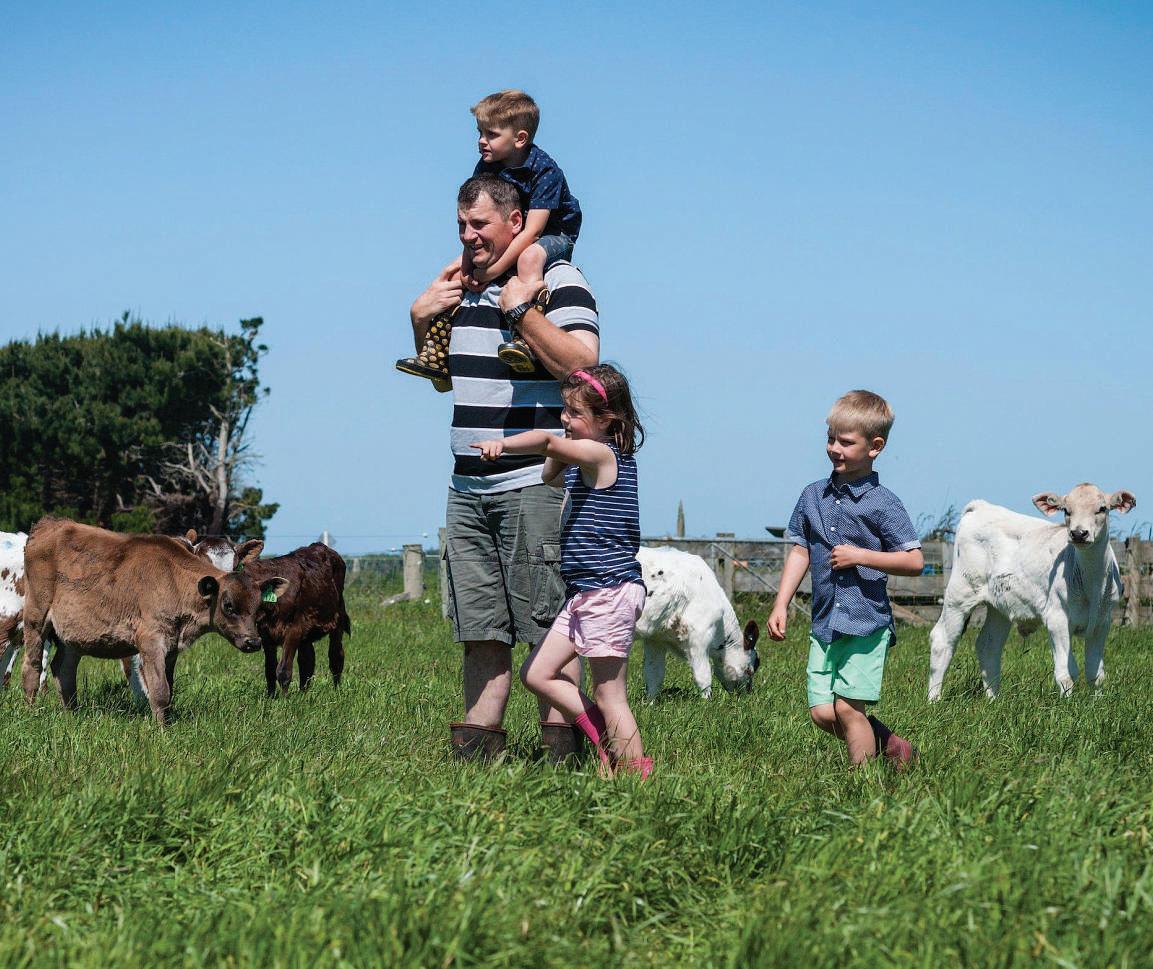
Succession planning is important for farming businesses but only a third of farmers have a formal plan in place, while 17% have thought about it, and 50% have done neither

into farming on fair terms, and ensure Kiwi farming families keep the connection to their land and heritage.”
Charteris said succession is a process that can take years of planning, conversation and adaptation before a formal plan is put in place.
The research showed that although only one in three farmers is prepared with succession plans in place, a further 17%
had engaged in formal discussions with family but nothing is documented. The remaining 50% of farmers had not had discussions or taken steps to have a formal succession plan in place.
It also found only one third of farmers intend to leave their farm to their children.
“For many Kiwi farmers, the dream is that one of the kids will take over the farm. The flipside is that it can also be
experienced as a feeling of pressure or a sense of responsibility by the next generation,” Charteris said.
“Taking over the family farm involves committing to decades of indebtedness in a sector that is subject to volatility and uncertain returns. It remains a big call for a 20-something and their bank.”
Although this remains a dream of many, the data collected for the paper suggests
Succession planning is important as it ensures business continuity through maintaining the farm’s viability and value, preserves family relationships through clear open communication and helps manage the financial aspects of transferring assets from one generation to the next.
Key steps in farm succession planning:
1. Start early and communicate openly: Begin conversations with family members and advisers early in the process to understand everyone’s expectations and concerns.
2. Develop a formal, written plan: Document the plan, outlining objectives, roles, and timelines, and review it regularly Enact changes if circumstances change.
3. Consider all options: Explore various options for transferring ownership, including trusts, sharemilking, or gradual transfers, and explore different ownership models.
4. Seek professional advice: Engage with lawyers, accountants, and other advisers to navigate legal and financial aspects.
5. Ensure fair and equitable outcomes: Strive for outcomes that are fair to all family members involved, taking into account their individual needs and aspirations.
6. Address the emotional aspects: Acknowledge and recognise that succession can be emotionally challenging for both the outgoing and incoming generations.
7. Seek support: Engage a succession facilitator or mentor to help everyone guide through the process smoothly

the financial obstacles to farm ownership are not getting any smaller, but have plateaued in recent years.
“With total package values for farm employees keeping pace with the increase in land valuations over the period 2011–2024, the succession cliff appears less steep recently
“However, the challenges to get on the ladder remain high, particularly with the increased scale of farming and need to increase margins to support borrowing.”
And although 33% of farmers intend leaving their farms to the next generations, 39% indicated none of their children have any interest in taking over
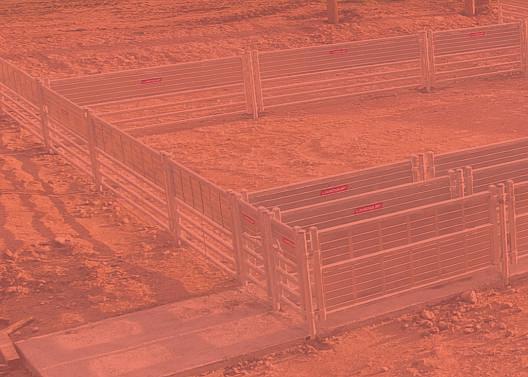
the family farm. Having watched their parents and grandparents put in long hours or struggle with various aspects –such as animal health or environmental issues and even paying the mortgage –those children have other plans for their future that don’t involve farming.
But those families with children keen to continue the family farming legacy can also face the added problem of multiple siblings wanting to take it on.
Gone are the days when the family farm was passed on to the oldest son, making intergenerational conversations difficult and awkward.
Today, there are a number of options available to farmers that are equitable and fair, including mixed ownership or equity partnerships.
Traditionally, succession in farming has been the transfer of family farm ownership from one generation to the next. However, the paper highlighted a number of increasingly prominent new and innovative succession models, including hybrid ownership models and corporate structures, that are being adopted to help farming families stay connected to the land.
Charteris said the bank is committed to helping Kiwis on the pathway to farm ownership and ensure a smooth transfer of wealth between generations.
“As a bank with a $16b loan book in New Zealand food and agri, we’re committed to adapting our systems and products to support these new realities. There are already some innovative solutions offering up promising ideas, not so much to disrupt the system, but rather to enhance it.”
“If we get this right, we can unlock new pathways for young Kiwis who are passionate about farming – whether they’re farming mad, farming curious or farming adjacent – to own a share of a greater pie.”


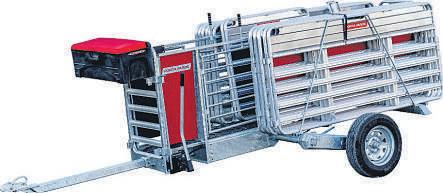

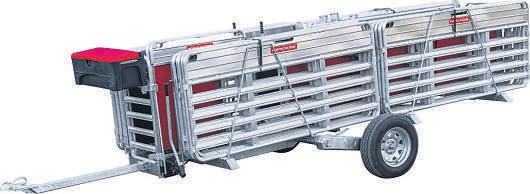
Landquipsheepyardsandloadingrampsaredesignedwithquality, function,andsafetyinmind
AllmadeinNewZealandforNewZealandfarmers,weofferan up-front4yearmanufacturer’swarranty
Backedwithover20–yearsofyarddesignexperience,weknowwhat worksandwhatdoesn’t.ThisiswhyKiwifarmershavechosen Landquiptodesign,Buildandinstallover100completesheepyard systemsacrossthecountry
Getintouchforanoobligationmeasureupandquotetodayandtake advantageofthisyearsGovtinvestmentboost. Thisistheyear!



Soil scientist Doug Edmeades says all is not as it appears with the science research and development funding changes that were announced in the Budget.
‘Ican see clearly now the rain has gone, I can see all obstacles in my way.” Johnny Nash made those lines famous and they came to mind when I read some of the postBudget analysis – specifically as it relates to agricultural science. I came upon an analysis by Bob Edlin for the New Zealand Institute of Agricultural and Horticultural Science (NZIAHS). I was aghast!
He noted that, at first glance, it appeared there was to be a boost in new spending in R&D of about $50 million
comprising $20m for the new Public Research Organisations (PRO), $20m for gene technology, and a further $6m to set up and operate the new Prime Minister’s Science, Innovation and Technology Advisory Council.
Alas, all that glitters is not gold. As noted by Edlin, this is NOT new funding The money for these initiatives will come from the existing R&D pot. In effect, there will be about $50m less spending on actual research. Is this sleight of hand or is it standard practice in Wellington?
I remember, some years ago now, discussing the sad plight of agricultural research with the then minister for science and technology, Steven Joyce. He seemed not at all concerned that the funding for agricultural science – and with

it the number of agricultural scientists – was declining. He explained that this was understandable given that one of the Crown Research Institutes (CRI), in this case AgResearch, was downsizing to meet the market. What market?
I mention this because current minister Judith Collins twice mentioned the need to downsize in her post-Budget press conference announcing the proposed CRI changes.
Several weeks later, Prime Minister Christopher Luxon gave a rousing speech to farmers at the Fieldays in which he praised them for their hard work and exhorted them to do better: The Government is “serious about growth”; “agriculture was leading New Zealand out of a recession”; “We want to see agriculture continue to grow”; “embracing science, technology and innovation would
Agricultural insurance expert Dave Sutherland, who is Aon’s area manager across Canterbury and Tasman, says there are steps farmers can take to have insurance claims processed more quickly after adverse weather events
It’s been a tough month for Kiwis across New Zealand, with the sudden deluge of rain causing havoc – especially for our farming communities. From evacuations and slips to flash flooding and landslides, the scale of the damage from the torrential rain and thunderstorms is only becoming evident as the rubble is cleared.
It always impresses me how resilient our rural communities are at times like these – working together and supporting each other. I know many of you are already juggling winter feeding, lambing prep, or calving, with little time or energy to spare. Having severe weather causing problems can feel like an added burden to have to manage.
Amid these concerns, there’s nothing worse than facing long delays when it comes to processing insurance claims.
The good news is that there are simple steps that you can take to get those claims across the line as quickly as possible.
1. Prioritise safety No piece of kit, fence line, or shed is more important than your whānau,
animals and team Before thinking about insurance, please do everything you can to ensure your current situation is safe, make your farm secure and help prevent further losses. This might include turning off power to damaged buildings, removing hazards, or covering exposed areas. Insurers expect and generally allow for reasonable “make-safe” costs, so always put your safety first.
2. Get in touch with your broker early Your broker is your advocate and guide to helping you get your claims sorted. Getting in touch early means we can start supporting you immediately, whether that’s advising on emergency repairs or helping you understand next steps. Take notes from your call, ask questions, and follow up with photos or documents when requested.
3. Take plenty of photos and keep a record
One of the most common reasons we see delays in claims is due to incomplete or vague documentation. The more information you can provide about your loss, the easier and faster it is for insurers to assess. So, pull out a camera
Doug Edmeades “
Spare a thought for the current crop of scientists as they experience yet another major upheaval.
allow the sector to lower emissions and increase production”.
This suggests the Government is conflicted on this issue: more productivity but less science? More blood from the science stone perhaps? Maybe the right and left hands were too busy sharing self-congratulatory handshakes to notice their incongruous positions?
This begs the question: What is the right size for science in New Zealand?
Currently the annual spend is about 2% of GDP. The average for most developed OECD economies is about 3%. Our current spending on R&D is, by comparison, appalling.
But New Zealand is not your average OECD country – our economy is dominated by agriculture, pastoral agriculture in particular. As Luxon noted at Fieldays, “agriculture was leading New
Zealand out of a recession” and “We want to see agriculture continue to grow.”
I would add that agriculture is in fact the only business in town big enough to pay down our national debt
As signalled in the budget, the four CRIs – AgResearch, Landcare Research, Plant and Food, and Scion – are to be merged into a public research organisation.
Perhaps this will be the opportunity, while the boffins are rearranging the deckchairs, to give full expression to Luxon’s words and give agriculture a “fair suck of the sav”, to use a little bit of Aussie vernacular.
And spare a thought for the current crop of scientists, or at least those who decide to stay in New Zealand, as they experience yet another major upheaval. “I can see clearly now the Budget is gone, I can see all the obstacles in my way.” Indeed!
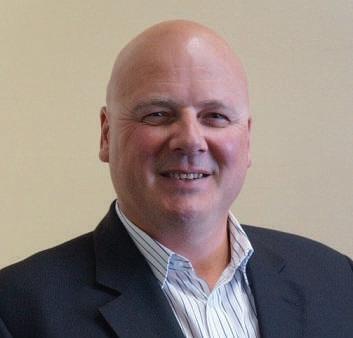
and capture every piece of damage and anything that’s been affected – including inside sheds, around boundary lines, and under machinery covers. If you’ve got “before” shots, even better.
I also recommend making a detailed record of each item on your claims, including the:
■ Description (make, model, serial number)
■ Condition before the weather event
■ Estimated replacement value
■ Receipts or purchase records if available.
This inventory doesn’t need to be perfect – but the more detail you can
include upfront, the fewer follow-up questions you’ll face later.
4. Know your cover
We understand that many farmers have layered policies – rural assets/ material damage, farm vehicles, livestock, business interruption/loss of income and housing, for example. Automatic extensions are built into policies, which may be able to kick in as part of a claim.
Understand what you’re covered for and what you’re entitled to. If you’re unsure, ask. Our job as your insurance broker is to help you navigate through the process and ensure you receive what you are entitled to under the policy.
5. Be honest and co-operative
Honesty is the best policy when it comes to getting your insurance claims processed promptly. Concealing information or making assumptions about what the insurer “wants to hear” can slow things down or even jeopardise your claim. A fast, fair settlement relies on open dialogue and complete disclosure.
6. Remember: We are here to help In these stressful times, it can feel like you have to fight for every answer. Brokers are here to advise on the best solutions for you and advocate on your behalf when it comes to claims.
Farming is never easy, and in some ways, it’s never been harder than it is today. But with clear information, proactive steps, and the right support, you can start rebuilding faster.
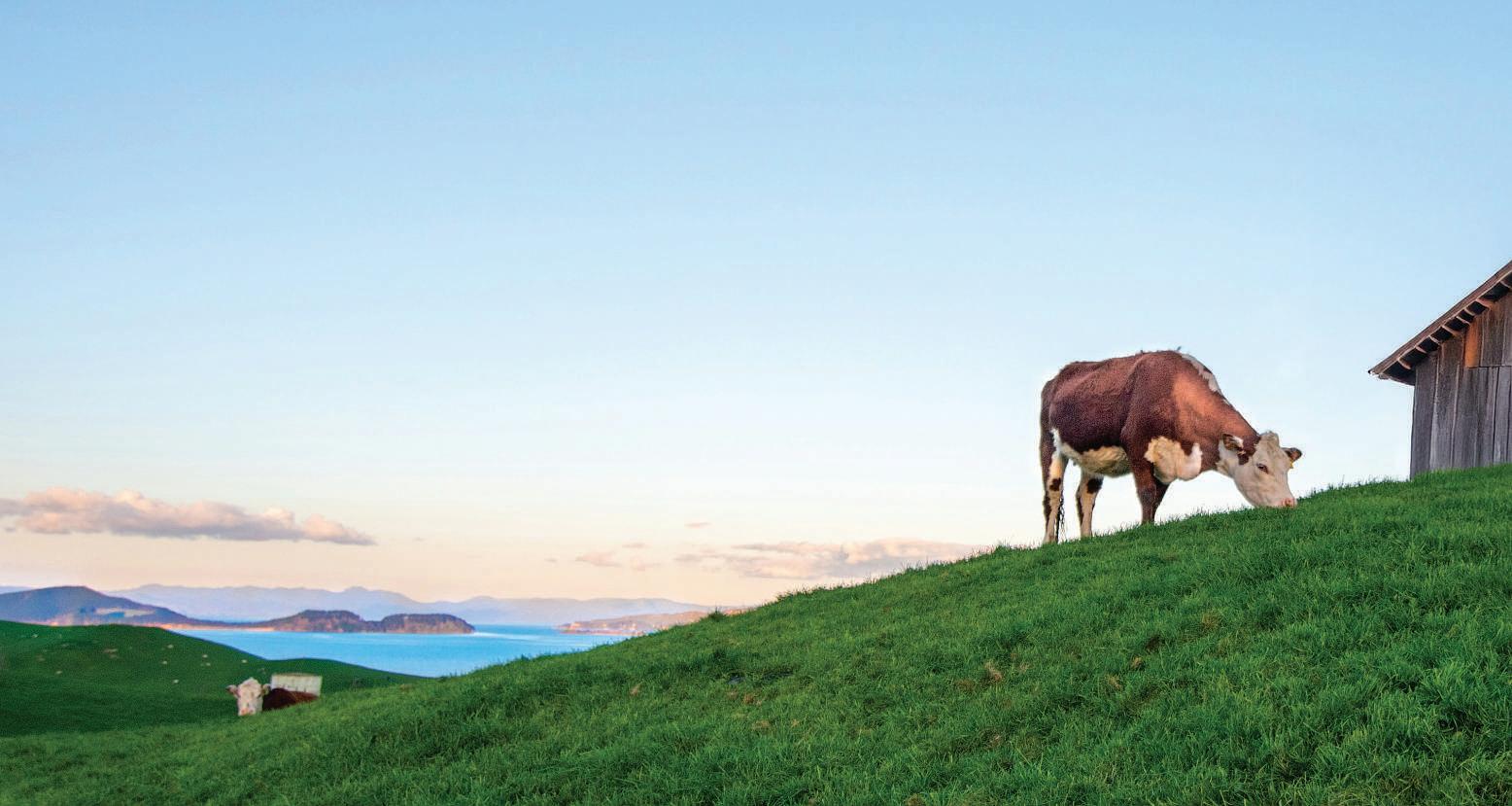

The EU10i’s fantastic portability,quietness and high-quality power makesitideal forawide range of home,recreational and professional uses.With amaximum output of 1000W,the EU10i is quiet andlightweight at only 13kg.
EU10i GENERATOR $1,899

Honda’s EU70iS has amaximumoutput of7000W.Itisthe perfect back up power solution forthe home or worksite.With an advanced electronic fuel injection system and large fuel tank it has an exceptionally long run time.Itfeatures Honda’s sine-wave inverter technologyfor smooth, highquality power flow
EU70iS GENERATOR $8,199







One of the worldsbest selling generators, the portable EU22i is perfect for awhole range of taskstohelp you get the jobdone Used for leisure,back-up power and on the job site,itpacksapunch with its GXR120 engine that is quiet and delivers 2200W maximum output.
EU22i GENERATOR $2,799

The Honda GX120 engine that powers the WB20 ensures easy starting,easy usage,outstanding fuel economy,low emissions and long-lasting durability. This 2” water pump has the capacity to deliver up to 600 litres per minute
WB20 WATER PUMP $1,099



Perfect for the motorhome,worksite, or just the occasional emergency use. The HondaEU32i is aclass leader with a newly developed enginedesigned for high performance andexcellent cooling, it deliversuptoamaximum of 3200W.
EU32i GENERATOR $5,099

The WT20 is an environmentally-friendly trash pump withlow emissions, less noise than many competitor pumps andlow fuel consumption. Able to pump water withsolids up to 24mm, it’salso easy to open the pump housing if ablockage occurs. It’sideal for construction sites or on the farm.
WT20 TRASHPUMP $2,099
Canterbury farmer, forester and agricultural economist Richard Holloway says forestry is not the only reason for declining sheep numbers.
There’s trouble down on the farm with a turf war heating up between two of New Zealand’s larger export sectors – sheep and forestry.
In a recent iteration of its “Save our Sheep” campaign, Federated Farmers has released a pseudo David Attenborough video that shamelessly likens sheep to an endangered species, squarely focusing the blame on exotic forestry.
Sheep numbers have indeed declined dramatically since 1990 – by about 60% But the reasons do not match the anti-forestry rhetoric of the campaign.
The area of exotic forest has been stable for more than 20 years
In 2002, New Zealand’s exotic forest area totalled 1.78 million hectares. By 2020 – the most recent year for which Statistics New Zealand holds land use data – this had decreased by 10% to 1.6 million hectares.
A 2025 study by Orme & Associates (commissioned by Beef+Lamb NZ) found that about 189,000 ha of sheep and beef land was sold for forestry conversion from 2021 to the end of March 2025 This figure is based on planting intentions – not actual area planted – and includes farm sales still awaiting OIO approval.
Combining the 2020 statistics with the O&A data to March 2025 brings the total to 1.79m hectares – about the same as the total area of the forest estate reported in 2002 And this assumes that none of the baseline forest area reported in 2020 has since been deforested.
While there has undoubtedly been a spurt of new planting over the last few years in response to the profitability of carbon forestry, planting has now slowed Fewer seedling orders, reduced planting contracts and minimal Emissions Trading Scheme (ETS) participation all point to a waning momentum.
The political winds have shifted, putting the brakes on forestry by tightening the rules for registering land in the ETS, particularly whole-farm conversions. In late 2024 Government introduced a moratorium on registering exotic forestry on land use
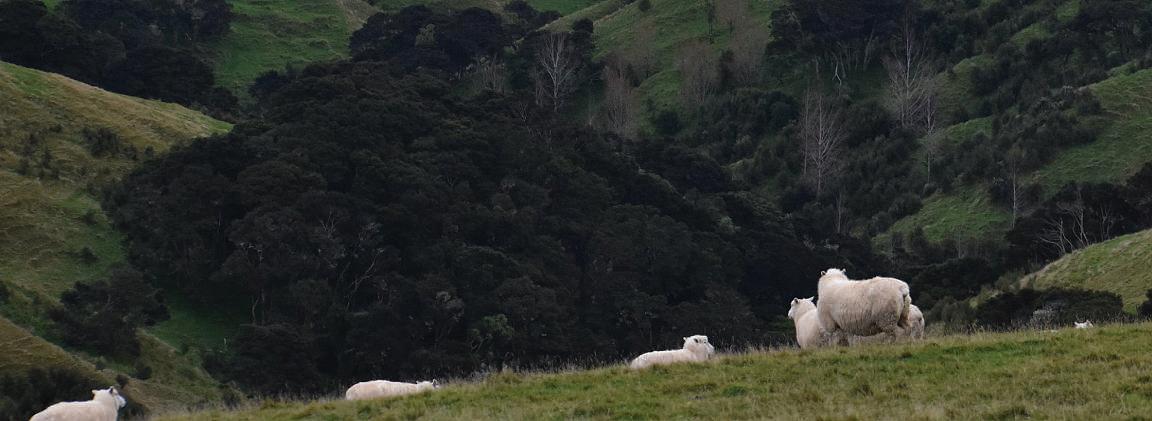
capability (LUC) classes 1-5, and a hard cap of 15,000 ha per year for new exotic forest plantings on LUC 6.
The conclusion is that the area of land planted in exotic forest is not much more than it was way back in 2002. That’s 23 years with relatively little net change. So, it is implausible that increased forest area is the main reason for declining sheep numbers.
Dicing this another way most new forest planting occurs on LUC 6 and 7 land. Even if we’re generous and assume this land supports on average 10 sheep per hectare, the maths simply doesn’t add up. If forestry was the main reason for declining sheep numbers, as purported by Feds and B+LNZ, the area of exotic forests would need to have expanded by 3.4 million hectares since 1990.
In reality, it has remained relatively stable.
The real causes for declining sheep numbers are well known
A major driver is that land has shifted to more profitable uses, especially dairy, which grew nearly 80% between 2002 and 2020. Increased subdivision for lifestyle blocks has also played a role.
At the same time, productivity of the national sheep flock has increased significantly, particularly in terms of lambing percentages and slaughter weights, resulting in higher production from fewer breeding animals.
Profitability has declined markedly. Sheep farmers have faced highlyvariable output prices and rapidly increasing production costs. The strong wool industry in particular has been decimated by changing consumer preferences and the market clout of the petrochemical industry As synthetic fibres surged, wool has been relegated to the status of a low-value nuisance by-product.
On the industry front, stock procurement, processing and marketing arrangements have not always served farmers well.
Throw in significantly increased regulation and compliance costs and you’ve got the real culprits driving the decline in sheep numbers.
Not forestry. Put all of this together and it’s not surprising that the average age of sheep farmers is 58, and rising.
The benefits of forestry on hill country are many Financially, forestry outperforms sheep hands-down. Being able to generate regular income from the sale of carbon is a bonus, providing cashflow that smooths the volatility of sheep and beef returns. And lets not forget that forestry involves significantly less work for those ageing farmers!
On the environmental front, there is sound evidence that forestry is a more sustainable land-use than pastoral farming on much of New Zealand’s steeper hill country. Trees reduce sediment loss, landslides, and improve water quality and biodiversity outcomes vis-à-vis pasture.
The one very important caveat to this is at harvest, which must be appropriately managed to mitigate environmental damage. In response to this, harvest practices are rapidly changing for the better, driven by increased regulation along with improved awareness and voluntary adoption of improved practices by forest managers.
Farmers are highly exposed to the effects of a changing climate. For many, forestry is a way to make a small and positive contribution to the emerging climate crisis, helping buy a bit of time for civilisation to detox from its addiction to fossil fuels. The trend towards increased use of timber as a
building material for multi-storey structures, partially replacing carbon-intensive steel and concrete, is also relevant in this regard. Forestry also provides a valuable tool for managing the succession of high value but cashflow-poor properties between generations. And sooner or later New Zealand’s agricultural sector will be held to account for its greenhouse gas contributions. Forestry provides some farm-level insurance for the day that happens.
Changing land use is nothing new
Changing land use is an integral part of a functioning market economy. We are no longer running sheep on prime dairy land on the Canterbury Plains, or milking cows on prime kiwifruit land in the Bay of Plenty
Where farmers are deciding to plant exotic forestry, this should be applauded as an entirely rational and legitimate land use choice.
Of course, we could always revert to propping up industries through distortionary measures such as the Supplementary Minimum Prices, Livestock Incentive Scheme and Land Development Encouragement Loans of the Muldoon era. Remember how that story unfolded?
Perhaps we could go one step further and in the style of a true centrally planned command economy dictate how farmers use the factors of production at their disposal. Or we could simply let the market do its job Because adaptation is the story of farming. By all means, let’s have a discussion on the decline of the sheep industry, but a little more attention to the facts and a little less stoking of anti-forestry sentiment would better reflect the standard of evidence-based advocacy that Federated Farmers is better known for.
Curious Cockie Club founder John King asks what effect butterfat prices will have on the way we farm.
Is it possible AgResearch’s desire to survey the world’s most professional overgrazers on pasture longevity will be simply superseded by an increasing butterfat price?
Dr David Chapman’s Brougham Lecture in 2023 highlighted how production advancements over 40 years largely rested with nitrogen use. But while his colleagues are perplexed about pasture longevity, right at the end he let the cat out of the bag by mentioning sub-optimal grazing. Sub-optimal grazing occurs at tiller leaf stage two instead of three because
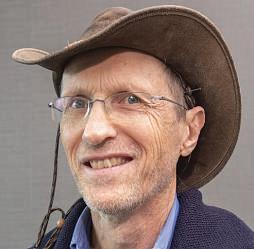
Curious Cockie Club founder John King
farmers are paranoid about losing pasture quality. Furthermore, high nitrogen application rates result in tillers without structural integrity, so are prone to falling over and increasing the need to graze earlier than three leaf. This leads to pasture burnout and expensive renovation.
Most New Zealand pastures have crude protein of 24-28%.
What’s never mentioned is this overloads haemoglobin with ammonia, creating animal health problems and thereby reducing production and fertility. Compare to North America, where
authorities impose fines on feedlots shovelling more than 16% crude protein into livestock, even shutting down facilities at 20%.
Remember DairyNZ stating 20 years ago that protein was everything, butterfat was irrelevant? When Fonterra recently increased the financial return for butterfat over protein by 20%, Jersey AI straws disappeared overnight, reflecting higher butterfat than Friesian. But this is barely half the story.
Every farmer knows increasing fibre pushes up rumen acetic acid levels. That drives fat production. Longer rounds generate more fibre and carbohydrate as pasture matures. Ever notice System 5 dairy farms mostly use maize, hay, molasses and grain, all carbohydrate-
based supplements, the most expensive part of the ration? These costs are why balancing diets becomes uneconomic once crude protein lifts beyond 17%.
To back this up, recent Irish research is proving diets at 17% and 15% crude protein do not lower production. Often animal health improves, adding to bottom lines. Will butterfat prices push farmers to experiment with three leaf grazing? Anybody that’s grazed “silage grass” pre-grazing residue of 3500kgDM/ha or even higher knows that production doesn’t nose dive as professionals believe. Maybe AgResearch will study that?
John King, author of Curiosity: Farmers Discovering What Works and facilitator of Curious Cockie Club
Business adviser Gordon Stuart takes a look at the slow economic recovery and how to manage through the tough times.
The economy looks to be at an inflection point. Economic growth is now positive, though lots of indicators can challenge that such as building activity, and the level of economic activity is still below where it was a year ago
The economy is still climbing out of a hole, and there is unease about where the next election could take us, which is making people nervous about pulling the trigger on conversions.
This is when, despite the allure of better times, often the stress remains.
Running a business or a farm can be a lonely pursuit Often it’s difficult for owners to share their issues. Farmers can also suffer from isolation.
Currently, the residential construction sectors in Auckland and Wellington are experiencing the mental anguish of downsizing, and trying to stem losses, as housing supply and resource consents exceed demand for new houses They are now experiencing the pain many farmers have felt over the last few years
IRD was owed $8 billion at June 2024, which will have ballooned over the past year, and it appears more active seeking recovery of funds owed.
The receivership and liquidation cycle lags the economic cycle. The construction sector is under lots of pressure.
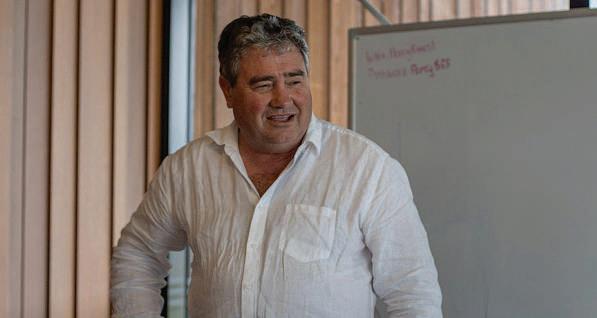
Dealing with volatility and managing risk is a key skill needed to survive the ups and downs in any business – and particularly for agriculture’s commodity businesses.
New Zealand farmers have faced increased regulatory costs, nitrate and phosphorus leaching, methane greenhouse gas emission pressures, and land use challenges.
Over the last few years, farm input costs rose (animal health, supplements, fertiliser, freight, labour costs and interest costs), squeezing margins. A favourable New Zealand/United States dollar and higher commodity prices has finally dragged the income line above the expense line for most.
Climate change is, without doubt, one of the most significant risks for farming.
Severe weather in 2023 (Cyclone Gabrielle) negatively impacted horticulture volumes and quality, and now the Tasman district is the latest to be flooded. The arrival of El Nino in Australia caused a rise in sheep slaughter numbers in Australia by more than 20%, leading to tough times and
Business adviser Gordon Stuart, of financial services company, Chaperon, says farmers are dealing with economic recovery slightly better than other sectors.
marginal profitability for sheep and beef over the last two years.
However, on the farm, things are now a bit brighter Once again, the farming sector is leading New Zealand’s recovery. Rebuilding stock numbers will also be key to saving jobs at the freezing works.
Recently, I was fortunate enough to visit a cherry farm and gain a better understanding of tree yields. This was followed by a visit to the new Santana goldmine site and a guided tour of Scapegrace’s new plant in Bendigo by its founder. The afternoon was then spent with a wide range of farmers who presented and shared their financials and the issues and challenges they each face.
After a month of damp inversion layers, we got a beautiful clear Wanaka day. It was essentially a mid-winter escape for all, with lots of banter, discussion and liquid help and dinner, co-ordinated by Lachie McLeod.
With the aid of farm adviser Matt Hore, all the financials were summarised in the same format and then consolidated so the individual results could be benchmarked against each other.
This enabled us to discuss and compare farm working expenses as a percentage of revenue, look at EBIT, discuss capex spend, interest cover, and EBIT/ha and discuss what does best in class look like. Profitability across all attendees is improving/up and is forecast to continue for FY2026.
Benchmarking and asking the “why questions” are key to everyone improving productivity and profitability.
These sort of farm forums are a key part of driving better performance. Farmers are somewhat unique in that unlike many other sectors, they share information. Little wonder productivity across agriculture is much stronger than the economy’s average of 0.3% per year for the last decade.
Following the numbers session, Cameron Bagrie provided a macro economic summary of what is happening internationally and in New Zealand, including how Trump’s tarriffs may benefit our beef at the expense of Brazil
An interactive question and answer session provided insight and thought. He, however, finished by stressing the importance of managing the micro –i.e what you can do!
Conclusion: The afternoon and evening clearly demonstrated the old proverb “Many heads are better than one” and the benefit you get from the sharing of ideas, that can lead to new opportunities and solutions to existing problems.
It also provides a great forum to work on your business rather than in it, discuss your banking, and other supplier and customer/ co-operative relationships.
Great athletes use benchmarking against the best to constantly improve. We should use it more. Finally, sharing is caring and it’s not used enough nationwide.
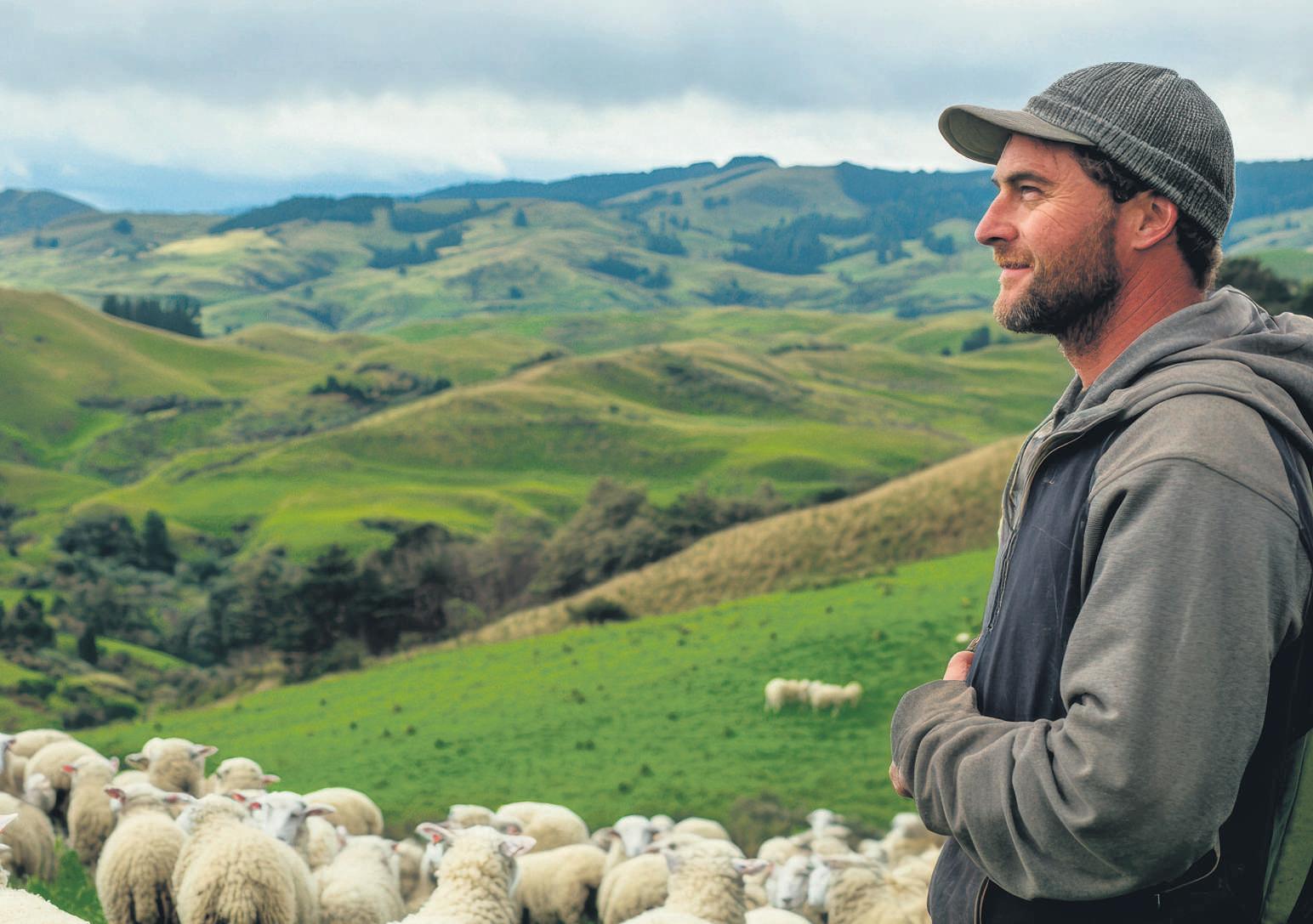
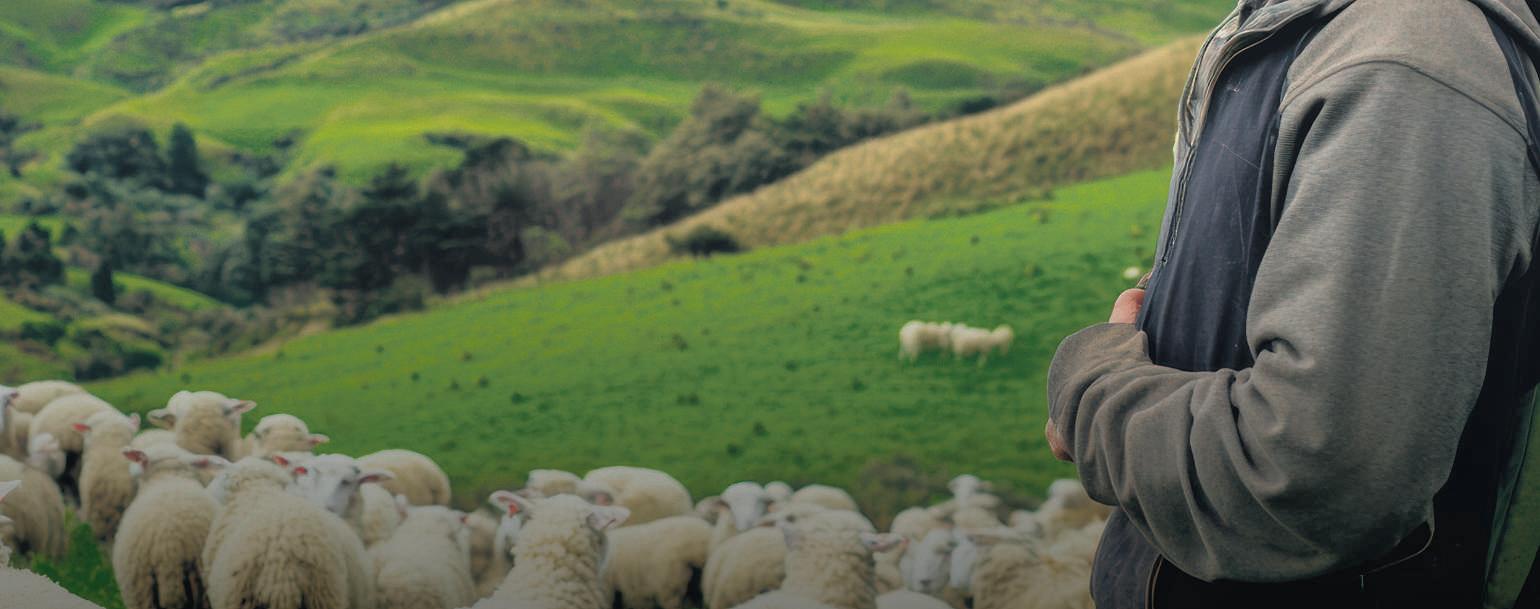

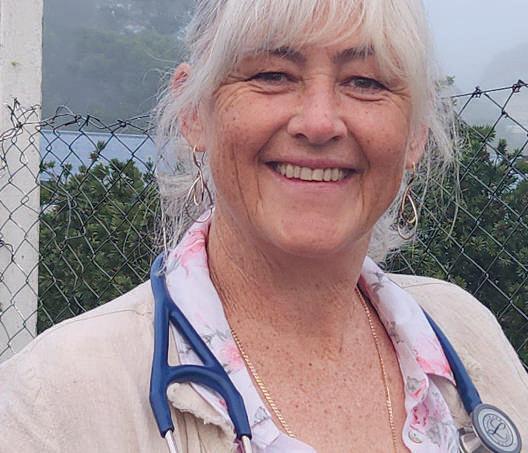
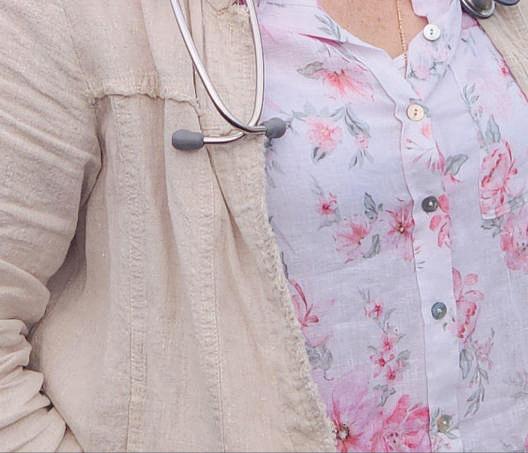

There is a shortage of rural GPs throughout the country and more medical students from rural areas willing to return to their local communities are needed to help address the issue, writes Steve Macmillan.

ANorthland farmer is on a crusade to bolster the rural GP sector for the good of provincial New Zealanders.
GP Tanya Quin is a senior lecturer for the Auckland University Rural Health Unit who is working to address rural health needs in New Zealand and create a workforce by elevating rural generalism through the development of GPs and hospital doctors in the provinces.
She also wants to see far stronger understanding of farmers and their families on the part of medical students, something she is adamant will strengthen student confidence in rural generalism
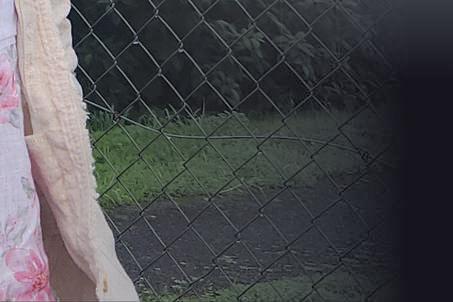
“My part in building the University of Auckland’s School of Medicine rural curriculum is around farmer health, which currently does not feature in their training,” Quin says.
Through her research, farmers have expressed the value in having a doctor who they can trust, and who will listen and understand the enormity of a farmer’s vocation

“Students need to understand that a farmer’s role extends outside of their occupation
and into their rural community, including supporting local rural schools, community halls rural sports clubs and looking after their neighbours.”
She says it is important medical students have some familiarity with the complexity of the role of a farmer and the incredible skills farmers need to have to navigate it.
“Acknowledging this would go some way to developing student consultation skills with farmers who they will not only see in rural placements but on specialist runs in hospitals and outpatient clinics.”
Students can close the gaps with farmers by examining their own potentially biased feelings about farmers and breaking down their assumptions by being curious and expressing an interest in learning from their farming patients.
“What do you know about a particular farmer? What questions can we ask over time to get to know your farming patients and learn about their occupational skills, their perspectives, interests and wider community networks?”
Farmers interviewed by a Northland medical student as a part of a research-gathering exercise expressed that theyvalued their health and appreciated a direct and thorough approach, while identifying three main pressures they face constantly – societal, staffing and time.
It was time pressure that was ultimately the obstacle for obtaining heath care, with farmers of the view they can’t afford time off the land to seek medical support.
“One of our farmers shared a fair example that ‘you can’t simply delay milking just because the doctor is running late’.
“To achieve shared decision-making for farmers, students need to show interest and rapport by exploring how management of health needs might best fit with the farming expectations for that day, the week, the season.
‘An afternoon out planting is quite good for the soul,” says Waikawa Valley sheep and beef farmer Kathryn Marshall. Marshall is part of a growing group of farmers who have realised that belonging to a community that works towards greater goals, and who weather hardships together, has definitive wellbeing benefits.
She and husband Allan first became involved in a catchment group in the early 2000s when a representative from the New Zealand Landcare Trust pointed out the diversity of native bushes on their farm. This made them aware of opportunities and they applied for funding to fence a creek on the farm, and plant riparian zones.
“It’s now regenerating,” Marshall said Since then, they have fenced off 8km of river running through their property and planted most of it.
Marshall said their Thriving Southland co-ordinator urged them to become more involved.
On days when she questions all the
effort, Marshall can stand on a hill overlooking a creek on the farm, and see the answer right in front of her.
“The native fish have returned. The river is stable. It’s beautiful.”
Being in a catchment group has created a sense of community.
“Years ago, farms were smaller and neighbours used to tail lambs together or help each other with baling,” she said.
Now farms are bigger and they often use contractors and don’t see neighbours for weeks.
“The catchment group pulls everybody back together,” she said.
Farmers share the challenges they face, or encourage each other when they see work on another farm.
“It puts everybody on the same page –because you’re dealing with nature you face the same challenges, but you also get the same benefits,” Marshall said.
“There’s a feel-good element because you know both up and downstream people are looking after the land.”
Thriving Southland project lead Richard Kyte said when Thriving Southland started it was important that part of their funding went towards supporting wellbeing.
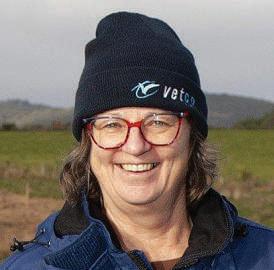
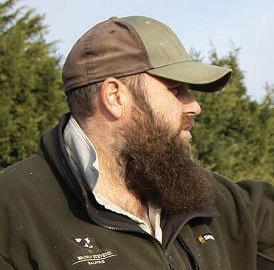
In the beginning he thought that meant only organising events where professionals speak about mental resilience, but years of experience have changed his mindset.
“Last spring was shockingly wet; we saw that by talking to their neighbours, farmers find positivity, even in that crisis,” Kyte said.
“One farmer told me being in the
catchment group changed their whole community.
“They used to stay in their own sectors – sheep and beef, dairy, cropping, the big corporates – and no-one really mixed
“Through the catchment group they’re all talking and finding common ground, they know their neighbours, everyone’s built a web of connections.”
“Simple things like finding out what days farming patients typically come into town and how to work that in with their blood tests, for example, can mean a lot by simply acknowledging time pressures and seasonality,” she says.
Quin left Tauraroa Area School in the 1990s to pursue tertiary study but, despite being a bright student, her marks were not high enough to apply for medical school.
She devised her own path to becoming a doctor by first completing a double major in physiology and pharmacology. She was a scholar in both subjects before stepping into Auckland Medical School, from which she qualified in 1997.
She has spent the subsequent decades locuming overseas and in New Zealand, then dairy farming with her husband Dwayne and three daughters, first in Puhipuhi on 90 hectares, then in Ōkaihau on 180 hectares and now moving on to a 250-odd hectare sheep and beef unit near the Mangakahia Valley.
The evidence around the rural workforce suggests students from the provinces are likely to return and that even non-rural students who have a positive experience in a rural placement are also more likely to return
Auckland Medical School has had non-urban placements for some time, but they also offer pastoral support for students who have opted for those runs.
“The evidence would suggest that a positive experience requires more than that. Immersion and a sense of connection are very important.
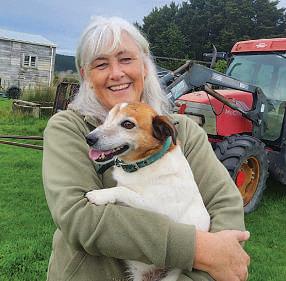
“This is where rural communities can help. If you come across a student, check in if they have got to know the place, joined a club, got out for a dive, gone fishing Make some connections for them.”
Quin loves her GP career, highlighted by the fact she now owns a medical practice in Kawakawa.

Paora Manuel
Nearly 80 years after his great-grandfather returned from World War II and bought a Te Ākau farm, Hugh Jackson has made his own mark on the land – and the nation.
The 26-year-old sheep and beef farmer was crowned FMG New Zealand Young Farmer of the Year at the national final in Invercargill on July 5.
“I used to look at what Dad’s doing and get out there,” Jackson

Compared to their higher-achieving city counterparts, rural school leavers still lag behind academically “and that is 30 years after my initial experience”, she says. Thankfully, there is now a well-established rural admission scheme that can help rural high school children enter medical school by a separate pathway that compares them to other rurally educated students.
“Our Rural Health Unit also provides pastoral care for students that enter through this pathway This support development is important, as it is a big step for rural students to leave home and enter Auckland Medical School – something their urban peers do not experience.
“I want rural kids, farming kids from throughout the provinces, to apply to study medicine. 2026 will be the first time we will have 18 fourth year medical students working in Northland. That could potentially mean that medical students from Northland could spend all their clinical years – years 4, 5 and 6 – in Northland.”
“It is important for my profession to be financially competitive for workforce succession.
“In terms of my own professional attributes, they have evolved from naive determination into a firm footing in leadership, teaching and advocacy.”
She also continues her work in the field of leptospirosis, which fits well into the medical and farming interface.
Recent updates that she would like to share with fellow Northland farmers and their colleagues throughout New Zealand is to cover their cuts and open wounds.
“People need to understand they are six times more likely to get leptospirosis, if exposed to lepto, if you don’t cover your cuts and wounds.
“If you get leptospirosis, you need two tests – one when you are sick and one a couple of weeks later. In order to confirm the diagnosis and if you are at risk of exposure to lepto through animal urine – and you have a fever without any other explanation – just think ‘lepto’ and bluntly tell your doctor of your concerns.”
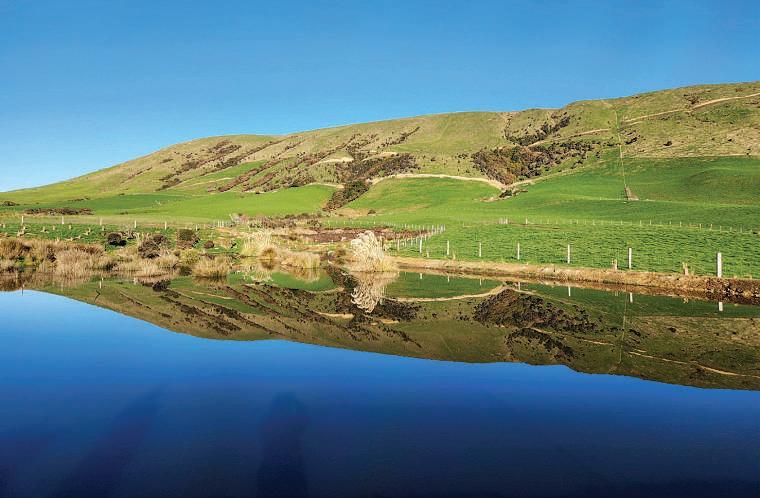
Kyte said farmers can often isolate themselves when they get busy with the day-to-day of farm work, but more of them are realising that mental health is about relationships.
Brendon Stevens, a fourth-generation dairy farmer near Balfour in Southland, has been involved in catchment groups for well over a decade.
Originally his interest was in the environmental side of things and working with water quality and best management practices, but he now sees the strong mental health benefits catchment groups offer.
Stevens joined the Balfour Catchment Group in 2020, building on years of earlier involvement in similar efforts.
“I’ve always had plenty of energy as a little kid and was never gonna stay inside, that’s for sure.”
The Jackson family farm, first purchased by John Jackson in 1947, is still family-run.
Hugh works alongside his father, also named John, and a team of four others.
The operation focuses on dry stock – bulls and sheep and produces lambs for sale.
Jackson said the sector is in good shape overall.
“Good prices and interest rates coming back if you’re not making any money at the moment, you’ll struggle to make money at any time, with a lot of things going our way.”
But the year hasn’t been without its challenges.
“Winter so far has been wetter than ideal,” he said.
“We had quite a dry summer and autumn, which was a bit tough but overall, it’s a pretty positive picture at the moment in the farming sector.”
Jackson also weighed in on the Government’s recent move to curb large-scale farm-to-forestry conversions.
What he has discovered along the way is that being part of a catchment group gives farmers more than just technical knowledge
“It’s good to go along to the meetings and catch up with people Field days are a chance to see what others are doing, to get out and about. That’s always a good thing.”
He said the catchment group has helped foster a shift in thinking – from isolated problems to collective action.
“We struggled right at the start. There was a bit of that mindset, ‘It’s not in my area, so it’s not my problem’. But now everybody’s very proactive. It’s community driven.”
That sense of community builds over time. People who were once hesitant to be involved now turn up regularly, contributing to a more connected environment, Stevens said.
“It’s rewarding to know that you’re not just influencing your own farm, but as a group influencing a whole catchment together,” he said.
“When you see people who were maybe on the fringes starting to engage, that’s very cool.
“Having the events and talking to other people naturally has benefits to mental health.”
And the environmental work itself, like tree planting, brings variety to the daily routine. “It changes what you’re doing
While he supports planting trees on less productive land, he’s concerned about prime farmland being lost to carbon forestry.
“Carbon farming has driven some poor choices and shifted some land into pine trees that should never have gone into pine trees,” he said.
“When you’re planting thousands of hectares of good land into it, that should be running livestock and feeding the world instead of growing pine trees for no real long-term gain, it’s not smart
“It’s a good way to really shoot ourselves in the foot, long term.”
Looking ahead, Jackson is excited about the role of innovation in farming, especially emerging tools like virtual fencing.
“There’s so much else going on around the place and I think that technology, science and all that’s going to hold a lot of answers and keep us moving forward,” he said.
“It’s a good way to attract young people in the sector as well.”
on the farm. It gives another avenue of something different to do, and that diversity helps.
“You’re part of something bigger, and that’s a good feeling.”
The Rural Support Trust Invercargill and Western Southland chairperson, dairy farmer Simon Hopcroft, said one of the five legs of wellbeing is connection, and catchment groups help foster community connection.
In times of crisis, such as a flooding event, catchment groups are invaluable because they provide an established network for the trust to source information from and build recovery plans around, Hopcroft said Catchment groups also facilitate crosssector contact, giving farmers a wider view of challenges and wins in their region, he said.
Hopcroft said Thriving Southland does a great job of co-ordinating across catchment groups, a task that would be difficult without their help.
“I’m involved in the Lower Aparima catchment group, and having Thriving Southland there to support, provide resources and help keep us on track is very important.”
Any ability for farmers to connect with other farmers and chew the fat, problemsolve or create new initiatives is something the Rural Support Trust supports, he said










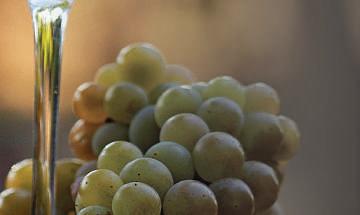








Aworld-first genome study under way in Canterbury is set to help New Zealand’s billiondollar wine export industry grow more disease-resistant grapevines and reduce fungicide use in the sector.
New Zealand farmers use 3400 tonnes of pesticides annually. Under the US Environmental Protection Agency’s classification, 5% of herbicides, 60% of fungicides, 8% of insecticides and 72% of plant growth regulators used in New Zealand are suspected carcinogens.
Early findings from the grapevine research suggest that chemical spray use could be cut by as much as 80% in some cases – a potential multimillion-dollar cost saving for an industry under mounting pressure from climate change, which is intensifying disease risk and making traditional spray schedules less effective.
fraction of the time and cost of traditional methods
Advances in sequencing technology have dramatically reduced the cost of genomic sequencing, from billions of dollars in the late 1990s to just tens of thousands today, making large-scale studies like this one feasible.
Associate Professor Christopher Winefield, of the department of wine, food and molecular biosciences at Lincoln University, says it is the first time the sequencing platform has been used to support wine-related research in New Zealand.
“The wine industry is a major contributor to the New Zealand economy, but it’s also facing huge challenges around sustainability.
“Vineyards are heavily reliant on chemicals to fight fungal disease and that can come at a cost to the soil microbiome, long-term crop health and the environment.




Viticulture is New Zealand’s sixth-largest export industry, generating $2.1 billion in export revenue last year alone, and employing thousands across the country’s key winegrowing regions. The research aims to identify natural genetic traits that make grapevines more resistant to disease, reducing the need for fungicides and boosting productivity for growers
Scientists at Lincoln University have installed the MGI DNBSEQ-G400 genome sequencer, a next-generation DNA reading machine, which enables them to run tens of thousands of tests on grapevines at a
“With this technology, we’re now able to scale up our studies dramatically and look for grape varieties that are naturally resistant to disease.
“You’re never going to get to zero but by identifying and cultivating naturally disease-resistant vines, and by targeting interventions only where they’re truly needed, we can massively reduce chemical input. Even removing a single spray late in the season has multiple benefits; it lowers costs, reduces residue risks in wine and

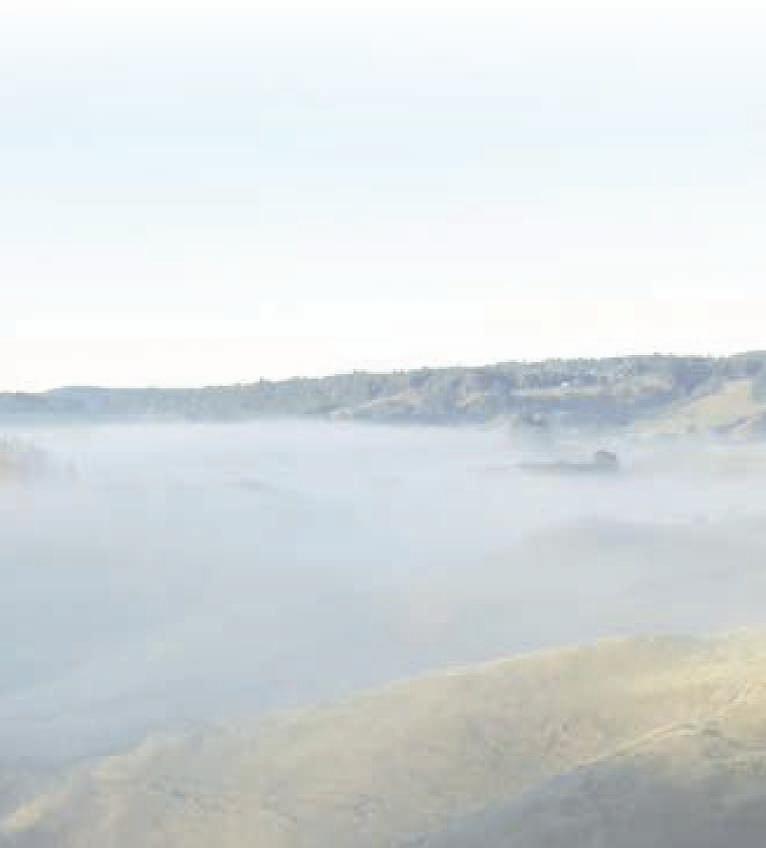

lessens the environmental burden
“In the past, we have been limited to being able to sample a few hundred vines a year, but with the new system installed, the lab can now process more than 50,000 a year, which is a 100-fold increase in volume.
“Having this technology on site means we no longer have to send samples offshore for analysis. That’s saving time and money and allowing us to move at a completely different scale.”
The genomic platform allows researchers to detect the presence and spread of diseases like powdery mildew or mealybug in real time, enabling farmers to spray only where needed.
“What this unlocks is a move from broad-spectrum, scheduled spraying to data-driven, localised treatment. That means fewer chemicals in the environment, lower resistance pressure on pests and pathogens and a better product at the end of whether that’s milk, grapes or meat.”
Winefield says the lab is now collecting genetic data across a wide array of grape and hop varieties to understand how they respond to stress and disease pressures.
“We’re looking for the vines that can handle more with less spray, less water and fewer inputs. Genomic allows us to do that with unprecedented precision.

“What we’re doing isn’t genetic modification, it’s about identifying and working with natural variation to breed better and more resilient plants.”
Dr Bicheng Yang, director of MGI Australia, says the partnership with Lincoln University is part of a broader push to support sustainable agriculture globally.
“This is a powerful example of how cutting-edge genomics can support the long-term sustainability of key industries.
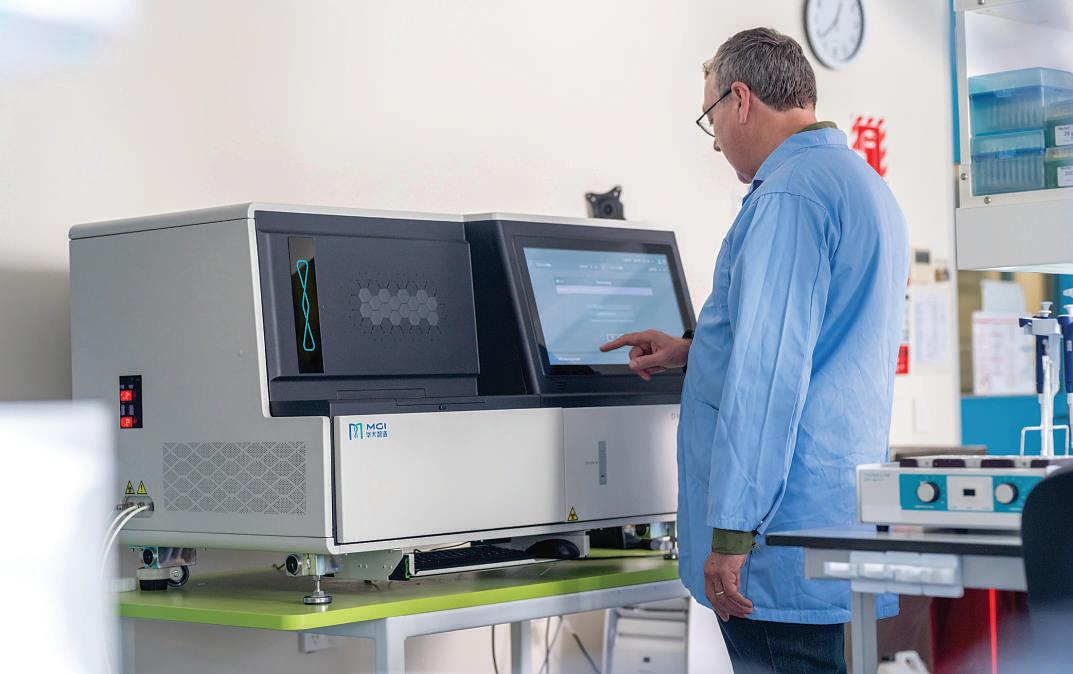
the natural resilience of the plant.”
Researchers on the study are now forming a new commercial venture designed to democratise genomic testing for farms across New Zealand.
Targeting sectors like viticulture, horticulture and dairy, where growers often rely on blanket chemical treatments due to a lack of precise data, the venture aims to give farmers affordable access to real-time genomic insights, helping them detect disease earlier, reduce input costs and minimise environmental impact
individual growers and farmers can routinely use them to make better, more targeted decisions.
“This is about taking world-class science out of the lab and into the field – and transforming how primary industries manage disease and productivity at the grassroots level.”
“Ultimately, this kind of science supports the future of New Zealand’s primary industries, higher-value, lowerimpact and globally competitive.”
Winefield is now seeking investors to back the development of a standalone company that will dramatically scale up the testing capacity already proven in the lab. The new venture plans to process more than a million samples per year initially, with the potential to scale to 10 million tests annually within five years.
serve as a model for similar services internationally and believes the country’s climate diversity makes it an ideal test bed for developing robust genetics that can be exported.
“New Zealand may never feed the world by volume, but we can absolutely feed it through better science, by exporting the genetic tools and insights that lift productivity and resilience globally.

“By helping researchers understand the genetic factors that improve disease resistance and fruit quality, we’re enabling a future where viticulture relies less on chemicals and more on
Winefield says the project is one of the first of its kind and is expected to inform not only viticulture breeding programmes, but also other crop research relevant to the brewing and horticulture industries.
“Our goal is to bring the cost of genomic tests down to a level where
He says climate change is adding further pressure to pest and disease management across the primary sector, with warmer, wetter seasons driving more aggressive outbreaks and shifting the geographic range of many pathogens.
Winefield says the venture could
“We’re seeing diseases appear earlier in the season, or in regions where they weren’t previously a problem. That unpredictability makes scheduled spraying less effective and raises the risk of over- or under-treating crops.
“Genomic monitoring gives us the tools to respond to these changes with precision, spotting threats earlier and adapting management strategies to shifting environmental conditions.
“We’re not just building a lab, we’re creating a national infrastructure for precision agriculture, one that allows growers and vets to test for multiple pathogens or productivity issues at once, at a cost that’s viable for everyday use.”



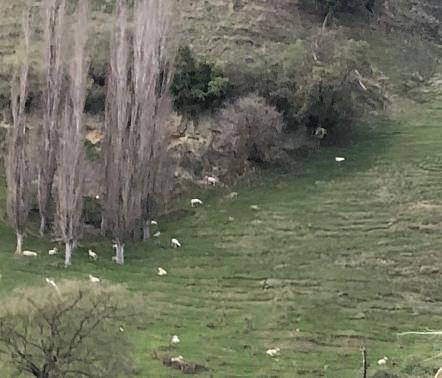


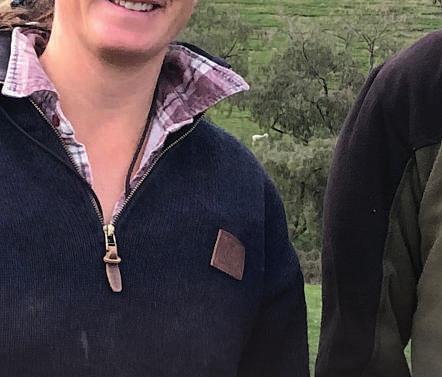
eye

Taihape-based livestock farmers Kristin and Matt Churchward are always on the lookout for ways to enhance their farming operation, so when they were approached by Ravensdown sales hub leader Becs Bendle to participate in the HawkEye Pro sheep and beef pilot, they got involved without hesitation.
“This is an exciting piece of technology, and I knew Kristin and Matt would bring invaluable and honest feedback to the project team throughout the pilot programme. Their openness to innovation and the nature of their farming operation made them ideal candidates and their insights have been instrumental in shaping a fertiliser planning tool that’s fit for purpose for our farmers,” Bendle said.
Their farm was one of 18 involved in Ravensdown’s HawkEye Pro pilot – a software that uses AI, decades of soil data, and cutting-edge mapping software to create detailed maps of soil nutrient levels across an entire farm without the need for a fresh round of soil testing.
The patent-pending software ties into the existing HawkEye platform and uses existing soil data to predict soil nutrient levels down to a 10 x 10 metre cell for sheep and beef farms. The tool has the potential to save farmers $50-$150 per hectare, through efficient placement and rate selection of fertiliser – ultimately obtaining best bang for their fertiliser dollar.
Participating in the pilot has given the Churchwards the opportunity to see first-hand the value HawkEye Pro is adding to their 630ha farm, and they say it is a game-changer for their farming operation.
Their farm is mostly hill country with some flat areas, and they run 130 breeding cows, 50 weaner heifers, 4000 ewes and 250 weaner red deer.
Kristin Churchward says fertiliser is normally applied using “a blanket approach” to some areas of the farm while application to other areas is varied. Aerowork, using the technology,
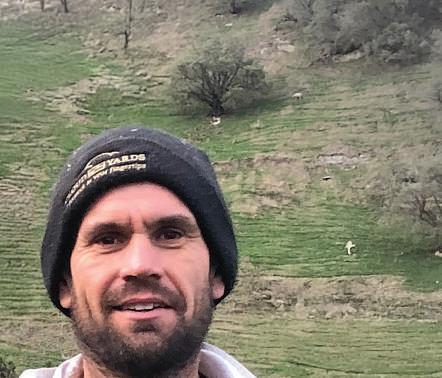
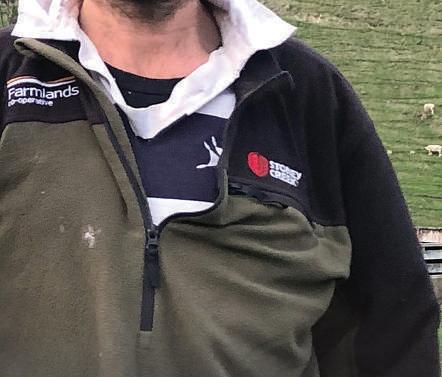

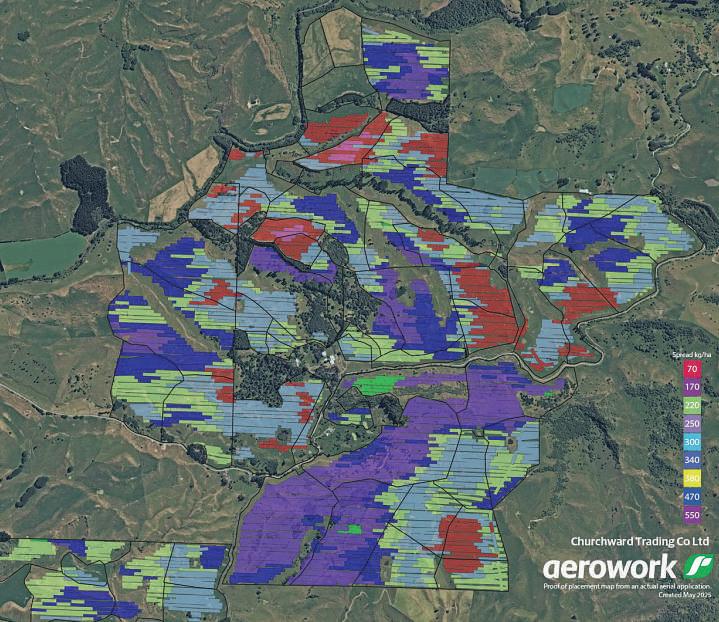
“ It takes away excessive use of fertiliser and is really a no-brainer.”
Kristin Churchward
applied superphosphate in May 2025.
The aerial variable rate map showed seven rates, marked in different colours, applied across the farm.
“There were areas in the map where there is no variable rate colour, showing exclusion zones to prevent wastage
and a more efficient application. The variable rates show fertiliser being put exactly where it needs to be,” Churchward said.
While the Churchwards will see the benefits of this fertiliser application next summer, they believe HawkEye Pro and AI can be a game-changer for every farm. “It takes away excessive use of fertiliser and is really a no-brainer,” she said.
Game changing aerial application
Aerowork chief pilot Mark Tocher’s team was involved in testing of the variable aerial application technology during the pilot phase. Tocher describes the variable rate technology as “a game-changer,” and something the two entities have been working towards for some time.
The technology is in the process of

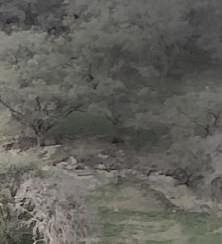
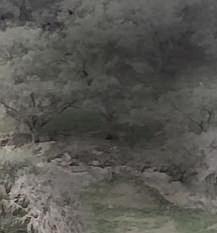
being installed in all the company’s 10 aircraft.

AI technology explained Mike White, Ravensdown’s head of product and service development, who led the pilot said, “We’ve combined our deep expertise in soil science with the latest in digital technology to produce a tool that will make a tangible difference for farmers and growers.”
HawkEye Pro uses the soil nutrient status predictions to produce maps of where fertiliser should, and importantly should not, be placed – calculating the right product and rates.
“We’ve been working towards this software for 20 years and now the emerging technology has allowed us to deliver on our vision,” White said.
The pilot involves 13 dairy farms across both islands, and five sheep and beef operations in North Island hill country.
The goal of the pilot was to ensure the enhanced fertiliser plans produced are practical, and usable.
“The feedback we have already received from those using the pilot software has been positive.
One farmer told us they were under pressure to combine information for NZFAP audits, and this tool has really helped. It does that environmental thinking automatically as part of the fertiliser plan,” White said.
HawkEye Pro is the evolution of HawkEye, technology released in 2017 which integrates mapping, nutrient trending, and decision support tools into a single platform, helping farmers manage their operations more effectively.
The new evolution will bring more detailed nutrient insights, integrate AI to provide more specific feedback and recommendations, and will have the ability to generate a precise fertiliser plan tailored to each farming operation.
An early limited release for sheep and beef farming is set for September 2025.
The tool will be available for dairy farmers from autumn 2026 and will be available for the arable sector as new functionality drops during 2026.
AKiwi food company says it has found the holy grail of a dairy-free whipping cream using lentils – and global food manufacturers are sitting up and taking note of the possibilities it suggests.
Andfoods chief executive Alex Devereux pitched the innovation at the Aurora Climate Labs Summit in Wellington recently.
Lentils are rarely used in food production due to their bitter taste. But scientists from the Riddet Institute at Massey University have found a way to remove the bad taste through a unique fermentation process
The whipping cream was spun out from that research, Devereux said
“The main problem with pulses and legumes, like lentils in the past, and the reason they haven’t been incorporated into wide-ranging products made by the big food companies of the world, is because of that bad taste,” he said.
“The fermentation takes the beany, and bitter, nasty taste of lentils and turns it into a really neutral, smooth, nice-tasting liquid, which we can then process
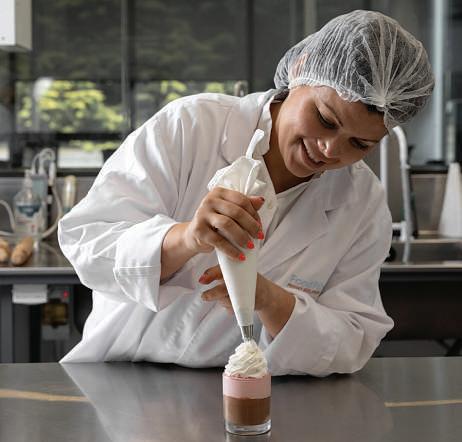
into a range of different products.”
Venture capital firm Icehouse Ventures had come across the institute’s work and asked Devereux and former Synlait chief executive Leon Clement to help develop it into a product range.
The pair had previously worked together at Fonterra where Devereux had been head of global food service strategy.
At the Aurora Climate Labs Summit, in his three-minute pitch slot, Devereux told prospective investors the world needed a more sustainable food system.
“It’s about tapping into some of the ancient foods of the world, foods like lentils that are packed with nutrition and have an incredibly sustainable growing system and grow plentifully in Australia,” he said.
Andfoods has worked with some of
multinational food companies, the likes of Starbucks and big beverage and bakery chains in Asia, as well as catering firms that had to offer alternative products for people with allergies.
But the whipping cream was just a precursor, demonstrating the potential of the breakthrough fermentation technology, Devereux said.
“Whipping cream might be the only dairy alternative product we make because, personally, I’m more excited about the other stream of our product.”

the world’s biggest food companies that liked the high-fibre and high-protein content of the product that has the ability to replace dairy without losing any of its functionality, nutrition or texture.
It also has a potential benefit for gut health.
“Our first step is to launch the best dairy-free whipping cream,” Devereux said.
The whipping cream had been tested with more than 50 buyers and 1000 consumers.
Pre-commercial trials had been carried out in partnership with a manufacturer in Asia, and a full commercial trial was planned for August with the intention to roll out commercially in October, he said.
The end game was to supply

That was the use of the insoluble part of the lentil that was packed with fibre and protein, offering a strong gut health benefit, he said. Gut health was a booming market in the United States.
Whipping cream was chosen to validate the ingredient interaction in a real-life product and in a real-life setting.
As a like-for-like product with dairy, the market is far more substantial than it would be just for a vegan or dairy free alternative, he said.
In the past 24 months the company has signed off on manufacturing for the cream and filed its first foundational patents
“But we have even more planned for the next 24 months, including launching this cream into the New Zealand and Australia food service channels, and then into Singapore and further through Southeast Asia,” he said.
The company has raised $2.7 million in pre-seed funding with Icehouse Ventures and will open its next capital raising round later this year.
Andfoods employs three full-time staff and another three food scientists part time.



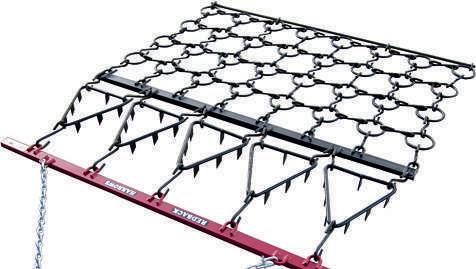












● August 5: B+LNZ
Making your Fertiliser Count Workshop, Otago
This workshop is specifically designed for sheep and beef farmers to better understand soil fertility and nutrient management, ensuring that every dollar spent on fertiliser goes further.
Info at beeflambnz.com/events
● August 6: NZIPIM
Central District Branch, Fonterra
Bottling Site Tour + Branch AGM
Join fellow NZIPIM members for a behind-the-scenes tour of Fonterra’s Bottling Plant in Palmerston North.
Site manager Graham Thompson will share insights into the logistics and processes involved in delivering bottled milk across the lower North Island and beyond.
Info at nzipim.co.nz
● August 7: B+LNZ
Tech Integration in Farming Field Day, Otago
Highlighting technological opportunities for sheep and beef farmers for their everyday running of their business.
Info at beeflambnz.com/events
● August 7: NZIPIM
Wellington Wairarapa Branch Industry update
Join us for an afternoon of expert insights and meaningful connection
Stay informed on the key trends shaping the rural and primary industries with a series of engaging presentations from sector leaders.
Info at nzipim.co.nz
● August 8: B+LNZ
Rural Blokes’Roundup,Apiti, Manawatū
Take a night off the farm and join other rural blokes for a relaxed evening of hearty tucker, good yarns and hear from some amazing speakers.
Info at beeflambnz.com/events
● August 8: B+LNZ and FAR
Maximise Opportunities in your mixed Arable System Workshop, Southland
Hear from other farmers and growers, and topic specialists, on maximising opportunities in a mixed arable wintering system. Beef + Lamb New Zealand and Foundation of Arable Research (FAR) have worked together to bring you this workshop.
Info at beeflambnz.com/events
● August 12 and 14: B+LNZ Wormwise Workshops,Weber and Masterton
The latest information and research on internal parasite control is presented.
Info at beeflambnz.com/events
● August 14: B+LNZ
The HeiferPlan – Mating forLifetime Performance Workshop,Canterbury
Join us for a practical workshop that’ll set your heifers – and your business –up for long-term success.
Info at beeflambnz.com/events
● August 15: B+LNZ
Southland Showcase,Gore Red meat – thevision,thevalue,the future Positioning ourindustryforthe next generation.
Info at beeflambnz.com/events
● August 20 and 21: Beef + Lamb New Zealand and AWDT Fearless and Flourishing workshops, Tasman and Marlborough
Join us for a day of connection and learning with Agri-Women’s Development Trust. Empower yourself to live aligned with your values, grow your confidence and set personal goals.
Info at beeflambnz.com/events
● August 20 and 21: Deer NZ Getting to Know the NZ Farm Assurance Plan, Greymouth and Hokitika Farm Assurance schemes are becoming a part of farming businesses now and the requirement to have a level of certification for supply to processors is more common. This workshop will introduce the New Zealand Farm Assurance Programme – the red meat sector’s standardised approach.
Info at deernz.org/home/events/
● August 28: NZIPIM
Northland Branch, site visit to Fonterra’s Kauri Dairy Factory Explore the added value of milk processing in Northland and discover how quality at the farm gate influences premium dairy products on the global stage. Join us for an exclusive opportunity to visit Fonterra’s Kauri Dairy Factory as it marks its 36th year of operation This event offers a unique insight into the critical role grades and quality controls play in transforming Northland’s raw milk into world-class dairy products. Info at nzipim.co.nz
● Beef + Lamb New Zealand Rural Women’s Financial Success Seminar: Empowering Your Future, various dates and locations Gain financial confidence and knowledge, network with like-minded women, invest in your future and achieve your financial goals and dreams.
Info at beeflambnz.com/events
● Beef + Lamb New Zealand Director Roadshow 2025,various dates and locations
Join us at a Director Roadshow meeting near you. This is your chance to connect with your local director and extension team, learn more about the work B+LNZ does on your behalf and how you can get involved, ask questions and let us know what’s on your mind. Hear from experts talking on a topic that local farmers told us they wanted to know more about.
Info at beeflambnz.com/events
● Deer New Zealand
Wormwise for deer, various dates and locations
This workshop presents the latest information and research on internal parasite control. It is divided into multiple sections dealing with worm biology, drenches and drench resistance.
Info at deernz.org/home/events/
Registration is essential for many events. Check out the various websites for more events.








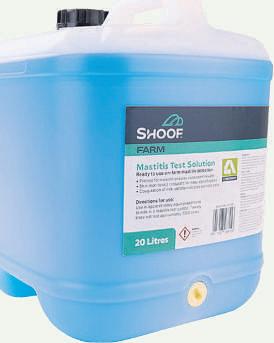

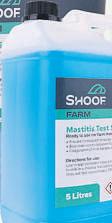








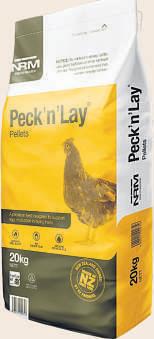
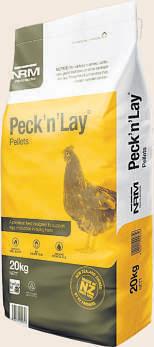









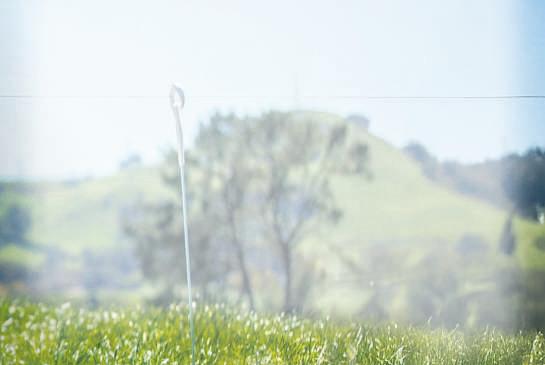





















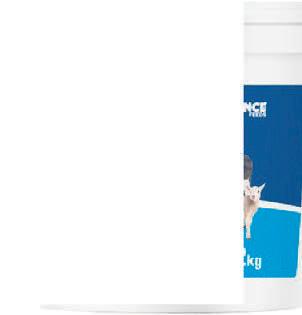
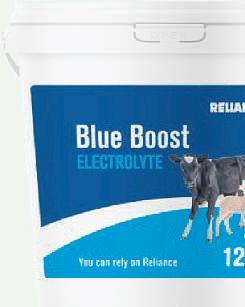





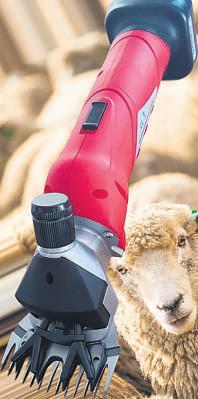
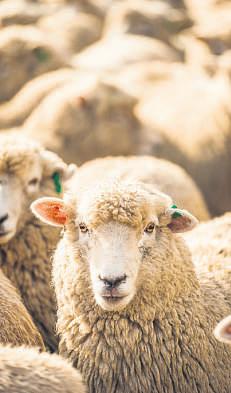

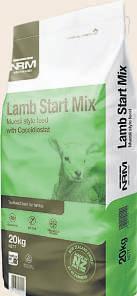

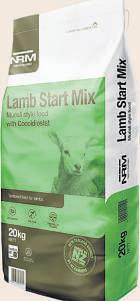
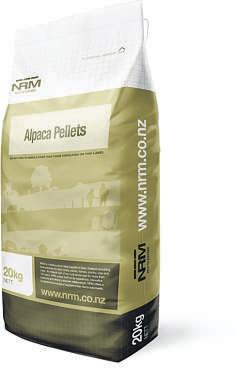


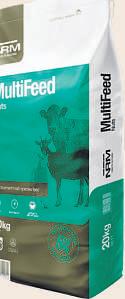
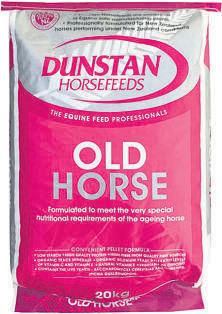






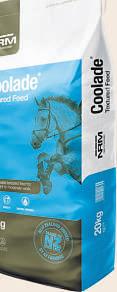




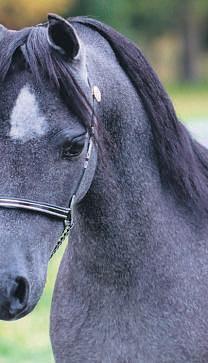
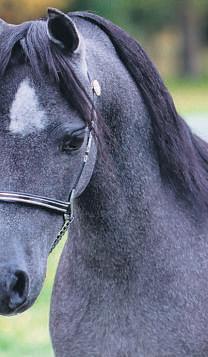
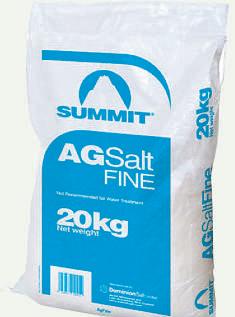


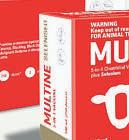
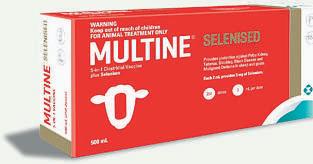



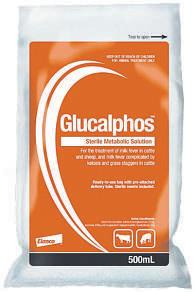



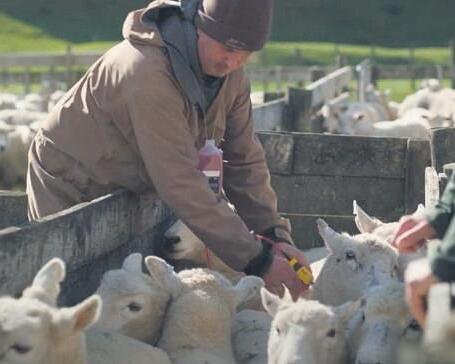
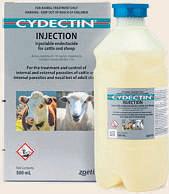

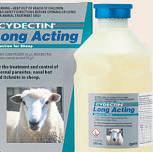





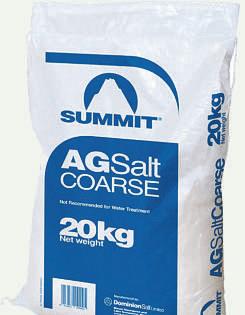





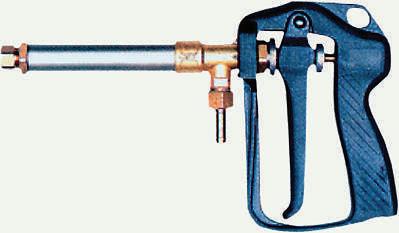
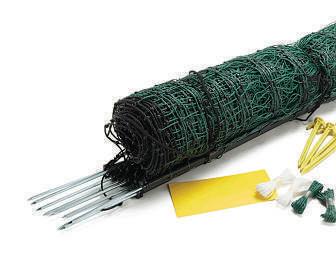
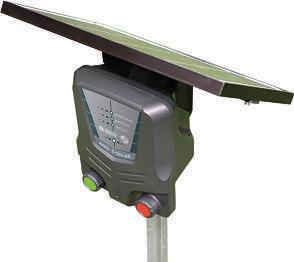



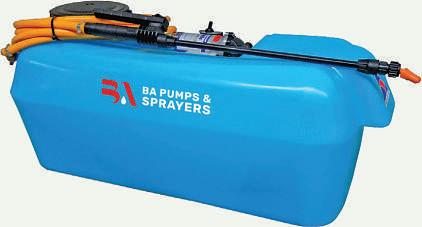


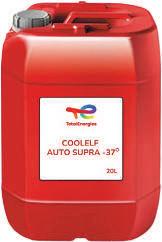







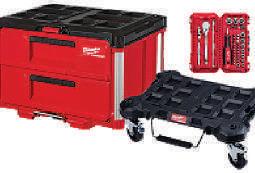







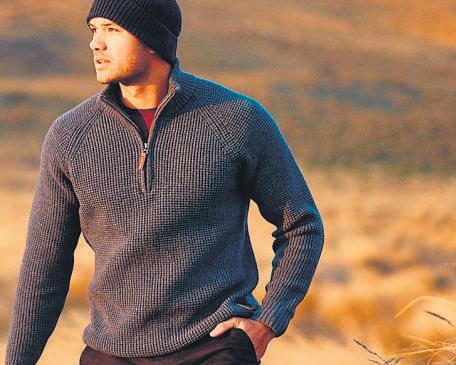
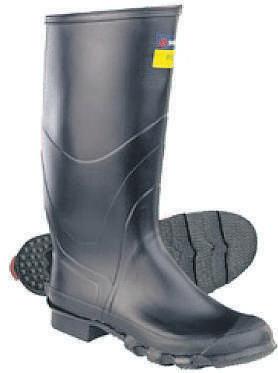

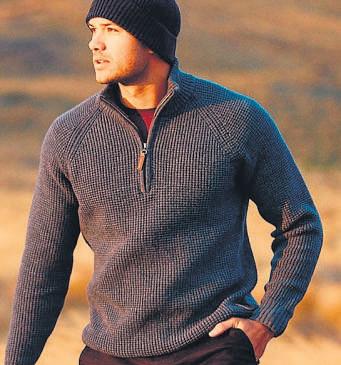






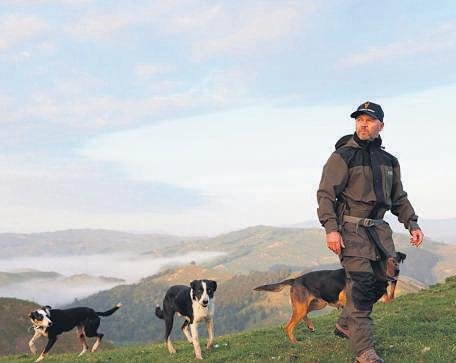

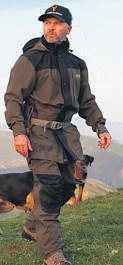





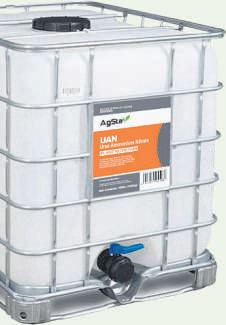







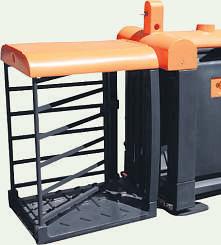



Scott Downs Director of sales and marketing for PF Olsen
For farmers considering pine planting, the decision about what to plant is just as important as where and why. Just like breeding choices in livestock or crops, tree genetics can dramatically influence performance – impacting growth rate, health, form and, ultimately, returns at harvest.
Today, farmers have access to a range of genetically-improved radiata pine options. The three most common are Stand Select Open Pollinated (SSOP), Open Pollinated (OP), and Control Pollinated (CP). Understanding these options – and their benefits – can help ensure your forestry investment pays off.
Stand Select Open Pollinated (SSOP): Farm-Proven Genetics
SSOP seed is collected from high-performing trees in operational forests that are selected based on visible traits such as form, growth and health.
Stand select seed can only be collected using strict guidelines provided by the Radiata Pine Breeding Company. Though still open-pollinated, these trees have shown strong field performance, often under realworld farm or marginal land conditions.
The genetic quality of the stand, however, will be at least one generation of genetic improvement behind CP and even OP seed
■ Pros: A balance between performance and price. Suitable for poor quality sites where genetic improvement might not be expressed.
■ Cons: Male parentage uncontrolled and unknown; some variability remains;
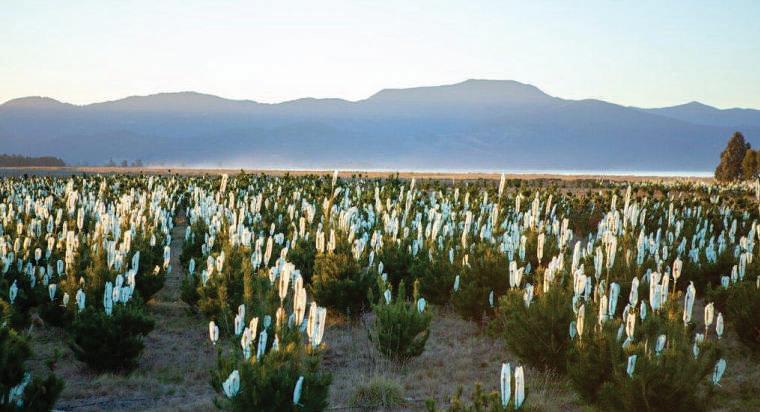
genetic quality lower than OP and CP.
Open Pollinated (OP):
A Step Up from SSOP
OP seedlings come from selected mother trees in seed orchards, but pollen is unknown and contributed by nearby radiata pine- both inside and outside the orchard.
These seedlots offer several generations of genetic improvement over wild or unimproved stands but with greater variability than CP, due to unknown male parents. OP seed orchards are often isolated from large plantings, but there is no guarantee that pollen is only from within the genetically-improved trees in the orchard.
■ Pros: Lower-cost improved option compared with CP; better genetic

improvement than SSOP.
■ Cons: More variable performance than CP.
Control Pollinated (CP):
Premium Genetic Gains
CP seedlings come from deliberate, controlled crosses between known, elite parent trees.
These parents have been selected and tested for their superior genetic performance across a range of traits. CP seedlots are registered under the GF Plus™ system and rated for five key traits:
1. Growth (Diameter at Breast Height)
– Measures stem diameter at 1.4 metres above ground. A higher rating means faster-growing trees
2. Stem Straightness (Str) – Rates how straight the tree’s trunk is; important for
producing pruned logs and sawlogs.
3. Branching (Br) – Indicates how often the tree branches. A lower rating means fewer branches and better wood quality.
4. Dothistroma Resistance (DR) –
A higher rating reflects better resistance to Dothistroma needle blight, based on crown health assessments in high-risk areas.
5. Wood Density (WD) – Reflects average wood density in growth rings 6–10, contributing to timber strength and stiffness.
CP trees offer the highest and most predictable gains in productivity, uniformity and wood quality.
■ Pros: Best genetic performance; suitable for high-value timber, carbon or short-rotation regimes. Will significantly upgrade the outcome of your forest at rotation on a good site
■ Cons: Higher upfront cost.
Why it matters for farmers:
Whether you’re planting trees for shelter, timber, erosion control, or carbon, the right genetics can improve outcomes dramatically.
Faster growth, straighter stems, fewer disease problems, and better wood quality all add value – usually far outweighing the difference in seedling price.
If you’re planting pine trees, don’t just plant what’s cheapest or closest. Tree performance will be a combination of genetic quality and environment, so it is important you discuss the genetic options that fit your land, your goals and your budget. A smart genetic choice now will pay dividends for decades to come.
PF Olsen owns two seed orchards in the Marlborough region and produces a variety of seed types (SSOP, OP and CP) for your needs.
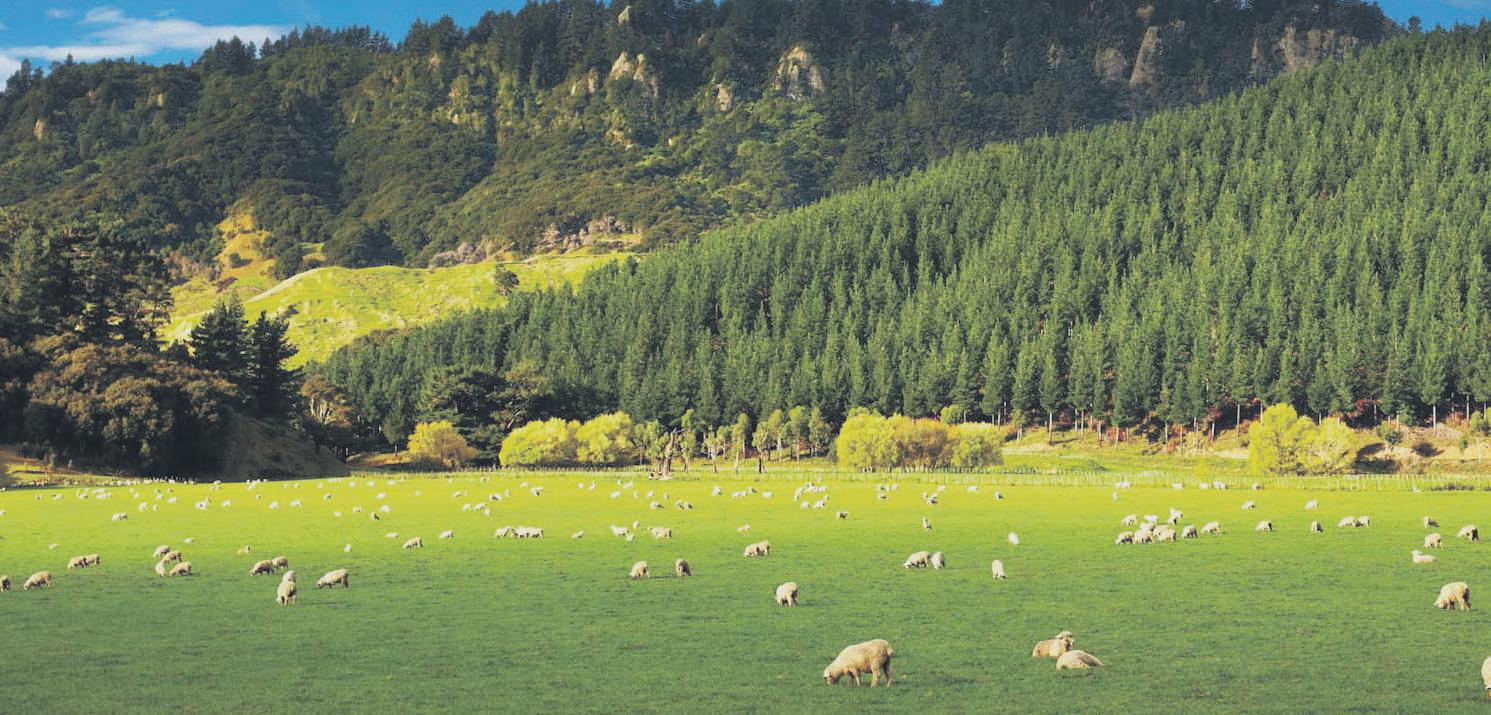

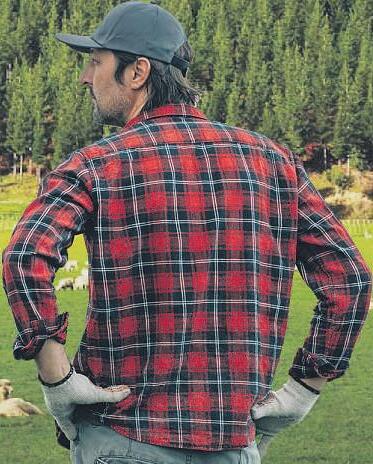


The New Zealand dairy industry will be in the spotlight later this year as experts gather in Christchurch for the International Precision Dairy Farming Conference, writes Sonita Chandar.
For the first time, experts from 24 countries will gather in Christchurch in December for the 4th International Precision Dairy Farming Conference.
The timing couldn’t be better as the conference comes at a pivotal moment in sustainable dairy growth
Run by DairyNZ in collaboration with research and industry partners,visitors will see and experience first-hand the success of the New Zealand dairy industry and provide real-world insights into how precision tools and technologies are shaping the future of the industry.
“DairyNZ is proud to show leadership in applied science, with this conference delivering for both farmers and scientists.
“We are bringing together dairy farmers, researchers, rural professionals and agri-tech innovators,” says Nico Lyons, DairyNZ head of science. “We’re showcasing tools and insights grounded in farm reality, backed by research, and ready to
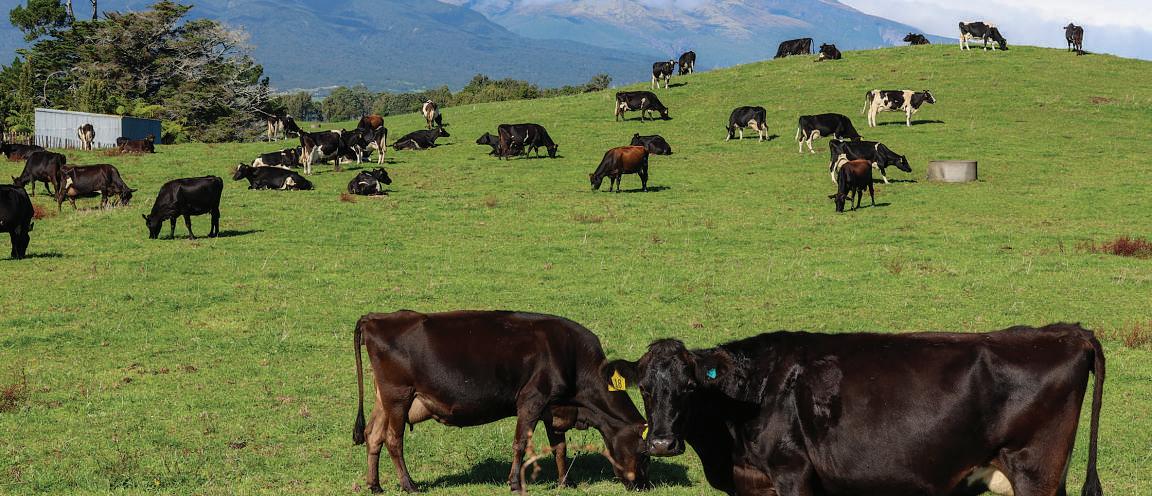
support better decisions on-farm.”
The conference will consist of farm visits showing diverse and innovative precision technologies in action, keynote sessions and farmer panels exploring research, adoption strategies, investment considerations, and system integration and more.
Experts will present on topics such as animal monitoring, sensor technology, and data use, alongside local farmers sharing their experiences with precision approaches in pasture management, reproduction, animal health and labour efficiency.
International keynote speakers include
Professor David Rose (Harper Adams University, UK) covering the role of social science for precision dairy research, Assistant Professor Joao Dorea (University of Wisconsin–Madison, US) on artificial intelligence and machine learning, and Dr Claudia Kamphuis (Wageningen University, Netherlands) on digital twins and use of drones in grazing systems.
DairyNZ chairperson Tracy Brown says several leading companies are supporting the conference, including Halter, CowManager, and DeLaval (platinum, gold, and silver event sponsors, respectively) as well as other industry partners
“By combining world-class science with practical farmer experience, our goal is to help farmers get the best out of their systems – such as increased productivity, improved animal care, or greater environmental gains,” Brown says
The conference runs from December 3-5 and registrations are now open for farmers – with dairy farmers able to access a discount via Early Bird registration – and for researchers, students, and sector professionals at: precisiondairyfarmingconference.nz/ registration.
Charlie Mitchell
Awave of dairy conversions is rolling through Canterbury, with more than 15,000 additional cows approved in just six months – a notable change after a period of slowdown.
It comes as farmers respond to record-high milk prices and the rollback of national environmental rules. But while farmers embrace new opportunities, critics warn the trend could deepen Canterbury’s struggles with freshwater pollution.
New data from Environment Canterbury (ECan) shows seven consents involving new dairy conversions were granted since January, with another 11 being processed.
Ten more dairy farms have received, or are seeking, approval to increase their herd sizes.
Together, these applications would allow for about 16,000 additional cows – a higher figure than previously thought.
In May, The Press reported about 15 farms were considering conversions, involving about 10,000 cows. With increasing global demand for dairy products, more applications are likely.
Most of the proposed conversions are part of irrigation schemes that operate under collective nitrogen limits – caps that, in theory, are meant to prevent any overall increase in pollution, even if land use intensifies.
Nearly half of the new cows would be located in the Selwyn District, especially around Darfield and Sheffield. If pending
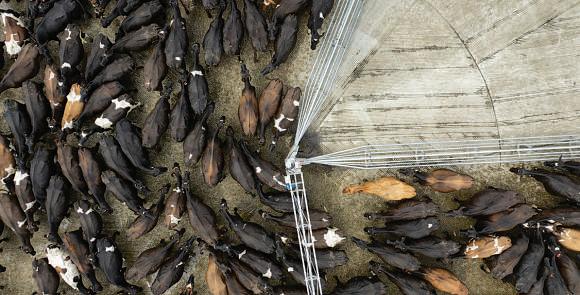
applications are approved, Selwyn’s dairy herd could surpass 180,000, its highest level on record. Other planned conversions are concentrated in the Ashburton and Waimate districts
It follows a Government decision to allow temporary freshwater protections introduced in 2020 to lapse. Those protections meant nearly all dairy conversions required resource consent, a barrier that dropped the number of conversions in Canterbury to near zero
Because conversions no longer require specific land-use consent, the figures now reflect applications to discharge effluent from dairy sheds.
When deciding on these consents, ECan can only consider the local effects of the effluent disposal, and not the broader environmental impact of increasing cow numbers on the wider catchment
“What consent applicants are seeking for dairy conversions is consent to discharge animal effluent from their dairy shed,” ECan director of operations Dr Tim Davie said.
“The consent planner must decide whether the effect of this effluent dispersal will be more than minor on the local environment They cannot consider the wider effect of an increase in the dairy herd on the catchment, as that is already managed under a different consent (frequently an irrigation scheme global consent).”
Nutrient modelling suggests some farms may reduce their pollution by converting to dairy, especially if they are moving away from intensive winter grazing, which can leach large amounts of nitrogen into soils during wet months.
Still, the increase in conversions has drawn concern in areas already struggling with nitrate-contaminated water. Local rūnanga have formally objected to several applications, warning of threats to environmental and cultural values.
“Te Taumutu Rūnanga and Te Ngāi Tūāhuriri Rūnanga are opposed to conversions of land for the purpose of dairy farming within high nitrate locations and
the detrimental effects, both known and unknown, that this may have on land and water,” the rūnanga submitted in response to one application near Darfield.
The rūnanga said the proposal failed to protect mana whenua values or the environment for future generations, a view an ECan planner disagreed with, noting the concerns were out of scope.
Tom Kay, of the advocacy group Choose Clean Water, said the increase in cow numbers reflected the Government’s weakening of environmental protections
“More cows means more nitrate-rich cow urine leaching down into groundwater, and more faeces running off into rivers,” he said.
“Sixteen thousand cows is a lot of cows, so that’s a lot of urine and faeces.”
He found it hard to believe that nitrogen pollution would not increase as a result of the conversions.
“There’s a massive question as to whether the limits that these farms will supposedly be operating within are even accurate or appropriate in the first place,” he said.
“Even if we could believe that nitrate leaching won’t increase, the current level of leaching is way too high. We should not be allowing more dairy cows on the Canterbury plains. This is going to be incredibly hard to undo. We will all pay.”
Federated Farmers North Canterbury president Karl Dean previously said he knew of about 15 farmers interested in converting to dairy, though most conversions would take time due to the costs and infrastructure needed.
Fonterra has also said it was working with farmers planning to convert and supply the co-operative with milk.
In May, the business said it was closing down after years of providing customers with locally sourced sustainable products.
By Alexa Cook of RNZ
Havelock North-based boutique dairy company Origin Earth has been saved from the brink of closure by a last-minute buyer who will keep the business operating as usual.
In May, a representative of the company told RNZ it was closing down after 15 years of providing customers with locally sourced sustainable products.
But in a surprising turn of events, the much-loved local company will now be keeping its doors open – just under new ownership.
“The company has been purchased from Joanie and Richard Williams,” it said in a statement.
“New owners Bruce and Kathy Wattie are preferring to stay in the background and will concentrate on relocation and expansion of the business.”
The business produces a range of milk, cheese and yoghurt products that it sells at local supermarkets and farmers
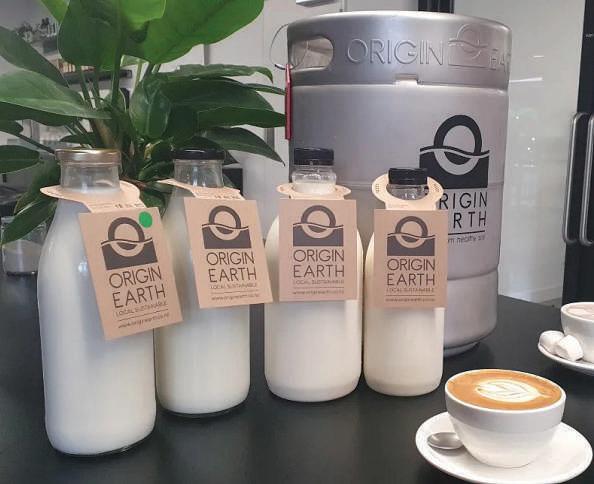
markets, and to cafes and consumers.
Its refillable glass bottles and unique refillable milk kegs for cafes have proved popular – and have reduced plastic in the region by 3500 plastic bottles a month.
But the business had had a rocky 12 months – in August last year, Origin Earth decided to close, due to rising lease costs, predatory pricing by larger companies and a struggling economy, although after a huge public response, they managed to stay open.
In December 2024, Origin Earth
Origin Earth uses refillable glass bottles and refillable milk kegs for cafes.
terminated the lease on its Havelock North building with landlord Peak Vision Church, saying the catalyst was a 32% rent increase over three years.
It continued on a month-by-month lease, and was looking at selling the business when in March, the landlord sent a letter saying the lease was ending and Origin Earth had to be out of the building by May 31 However, the new owners have negotiated an extension of the lease so they can keep supplying customers while a new location is found.
“
We are very keen to see our last 15 years’ work recognised and expanded by new owners.
Origin Earth founder Joanie Williams
Origin Earth founders Joanie and Richard Williams told RNZ they would continue to have a role in the company and were excited at the prospect of the new structure.
“We have always had the visions, but like many small businesses, have lacked the capital. We are very keen to see our last 15 years’ work recognised and expanded by new owners,” Joanie said. She said nothing would change and there would be no interruption to supply chains
“Our local milk will still be on your supermarket or favourite store shelf or served at your favourite cafe. We will be expanding the availability of our cheeses
“Origin Earth’s sheep milk cheeses, which we have been producing for 15 years, will also continue alongside our cows’ milk offerings ” – RNZ





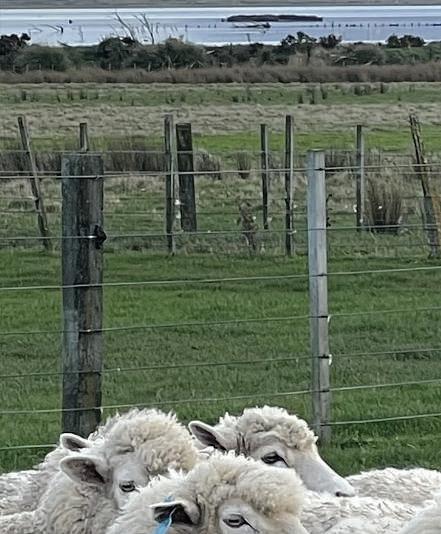
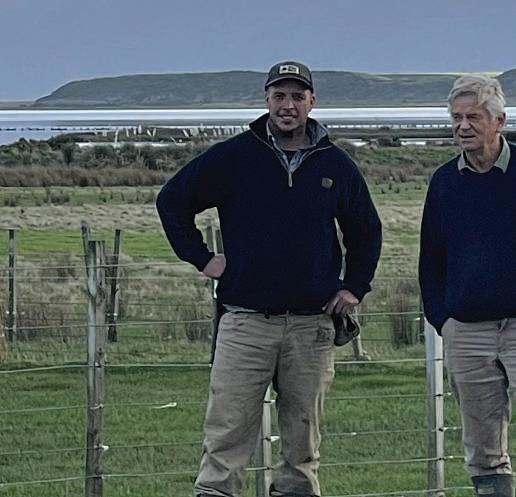
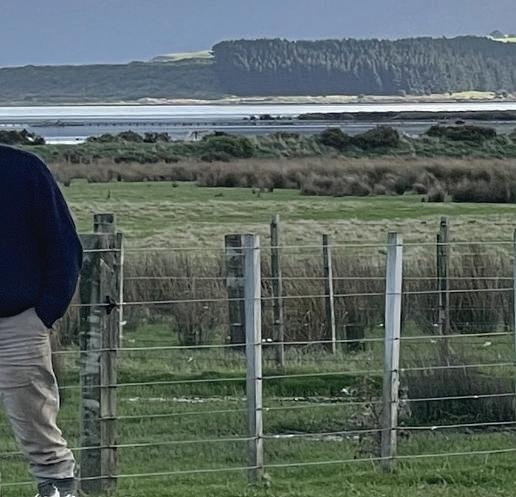



The recent success of a sheep breeder in Australia using genetics developed by Rawahi Romneys is another feather in one Wairarapa farmer’s cap. By Deena Coster.
If you’re looking to succeed in the genetics of sheep breeding, you have to be prepared to play the long game.
No one knows this better than Richard Warren of Rawahi Romneys – the commercial sheep stud he runs at Lake Ferry in Wairarapa that boasts a consistent record of achievement in the competitive sheep breeding space over the past 35 years.
“Results have focused not only on physical production, where the flock has remained at or near the top of the national performance breeding tables for 18 years, but equally an emphasis on quality, because this is what consumers pay for,” Warren said.
“As always, quality is remembered long after price is forgotten.”
At the Beef + Lamb NZ’s sheep industry awards for genetics in 2015, Warren took out the SIL-ACE Dual Purpose for Meat Yield award.
The gong recognised not only meat yield, but also wool quality and survival rates.
And the recent success of a sheep breeder in Australia using genetics developed by Warren more than a decade ago has provided more proof of his winning formula.
“That’s unprecedented and that’s a big deal,” Warren said.
South West Victoria farmer Lachie Ranken, director of Boonerah station, said his farm “had a lot of success with the Rawahi genetics” after importing live rams and semen from the company in 2014
Ranken had the top-placed crossbred lamb team in the 2024 AMPC LambEx feedlot trial, which was based on feedlot performance, carcass yield and eating quality.
“This comes as no surprise, as the highest rated IMF (intramuscular fat) ram
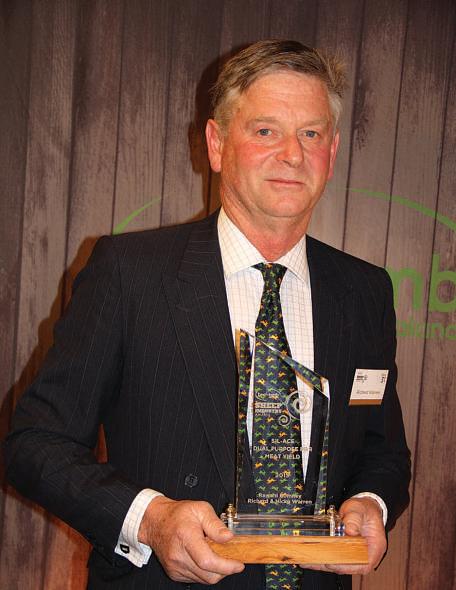
on the Sheep Genetics Australia Maternal database is one of Richard’s rams,” he said.
To be in the top 1%, you needed an Australian Sheep Breeding Value of 0.27, Ranken explained. “All of Richard’s rams we have used are in the top 1%.”
Ranken said IMF was the best indicator of eating quality, which was a combination of tenderness, juiciness and flavour.
“We didn’t know about the exceptional eating quality of the Rawahi sheep when we started sourcing them. This is just another feather in Richard’s cap.”
Warren acknowledged that there is ongoing debate in sheep and cattle




Jason Archer, of Beef + Lamb NZ, says genetics play a crucial role in ensuring lamb consistently meets “high eating quality”.




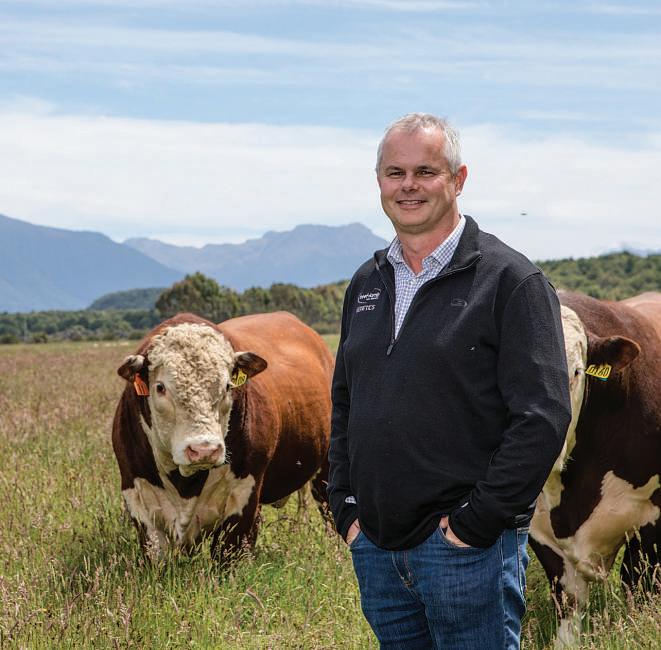
ere to identify genuine commercial merit.”
Jason Archer, head of genetics at Beef + Lamb NZ, said genetics played a crucial role in ensuring lamb consistently met the “high eating quality” people expected in a premium product.
“While consumers are increasingly interested in factors like ethics and sustainability, repeat purchases depend on delivering a top eating experience,” Archer said.
breeding circles as to precisely what constitutes proof of superior genetic merit.
“Many farmers would correctly argue it is animals that function best on their individual farms and the way they manage it from season to season.”
Others might point to animals possessing the highest breeding values in the national performance databases, because this was an effective comparative analysis, Warren said.
“Possibly a third group would argue correctly structured animals capable of meeting the first two objectives outlined above, but only if such animals produced winning results in nationally staged
“High-quality genetics help secure lamb’s place in the market, both in New Zealand and internationally.”
Meanwhile, the seven-year $10.5 million Sheep Of The Future programme, which began in 2023, is ongoing.
The initiative is focused on breeding resilient, fit-for-purpose sheep to address economic, environmental, and social needs.
The programme is a partnership between Pāmu (Landcorp Farming Ltd), the Ministry for Primary Industries and Focus Genetics. It aims to enhance sheep genetics for climate adaptability, improved meat and wool quality, and reduced environmental impact.
Opinion
Beef + Lamb New Zealand chairperson and midCanterbury sheep, beef and dairy farmer Kate Acland says investing in science and research has served the industry well.
The productivity gains made in New Zealand’s sheep and beef sector over the past 30 years are nothing short of remarkable.
Since 1990, ewe numbers have dropped by more than 50%, yet our lamb production has only declined by about 12%. More importantly, the value of our sheepmeat exports has tripled It’s an achievement sheep and beef farmers should rightly be very proud of.
These kinds of efficiency and value gains are the result of deliberate, longterm investment in science, genetics and innovation across the sector.
At Beef + Lamb New Zealand (B+LNZ), science is one of the critical pillars underpinning how we support farmers.
From the pastures under our feet to the genetics of the animals in our paddocks, science informs better decisions, drives productivity, and helps ensure our sector remains resilient in the face of climate change, biosecurity risks, and evolving consumer expectations.
We are committed to partnering with others in the sector where it makes sense, because collaborative science not only gives farmers more bang for their levies, it also broadens the scope of expertise involved.
When we share knowledge, pool funding, and bring together the best minds, we can solve complex challenges faster and more effectively for farmers behind the farm gate.
There are a number of exciting programmes under way that will make a meaningful difference for farmers.
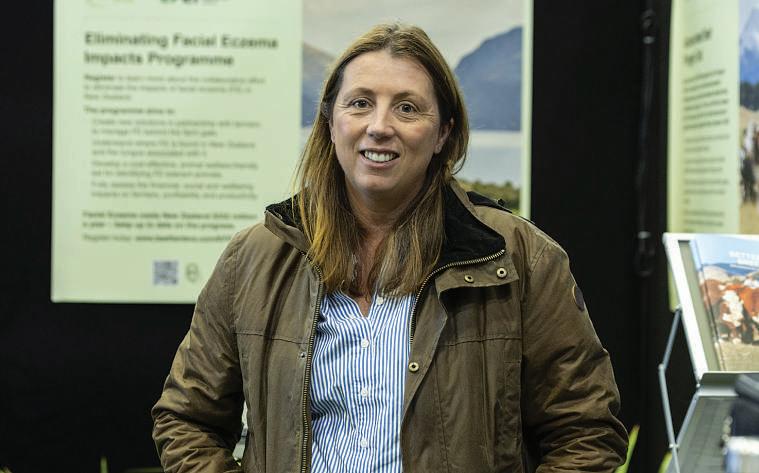
The Resilient Pastures programme is a collaboration with DairyNZ and farmers across Northland and Waikato Launched at Fieldays, it’s a ground-up programme focused on developing high-performing pasture systems that are more resilient to drought, pests, and disease.
Pasture renewal is a significant cost, so improving persistence and performance has real economic value We also know that with a warming climate, we’ve seen a decline of up to one tonne per year in pasture dry-matter production over the last decade in some areas of the North Island.
Through this programme, B+LNZ is working alongside industry partners to evaluate novel pasture species and management practices The ultimate goal is to ensure farmers have pasture options that thrive in a changing climate.
Facial eczema is another area of significant investment by B+LNZ. It’s one of the most devastating livestock diseases in New Zealand, causing significant animal suffering and production losses and estimated to cost the country $300 million


industry stakeholders. The programme is building a national beef genetic evaluation system that will give farmers access to world-class, independent data on traits like growth, fertility, meat quality, and feed efficiency.
The release of the N-prove for Beef platform earlier this year was an exciting step. Ongoing advances in this field will be vital for lifting the overall genetic merit of New Zealand’s beef herd and ensuring our product remains competitive globally.
Genetics is one of the most costeffective tools farmers have for improving productivity. We’ve made fantastic progress in sheep genetics, the INZB programme aims to replicate these gains in beef.
Another exciting area of science investment is dairy beef integration. As more dairy farmers turn to beef genetics to improve the value of bobby calves, there’s a growing opportunity to better align the dairy and beef sectors for mutual benefit.
per year, and we have limited tools to combat it effectively.
That’s changing, thanks to a dedicated research programme led by B+LNZ and supported by the Ministry for Primary Industries, aimed at eliminating the impacts of facial eczema in our national flock and herd.
This includes work on identifying genetic resistance to the disease, improved monitoring tools, and new pasture and management options to reduce exposure to the toxic spores that cause the condition.
There have already been some significant results from this work, including identifying more accurately the spores that cause the disease so we’re better able to target solutions.
Good genetics are the foundation of productive and profitable livestock farming, and B+LNZ is investing heavily to ensure farmers can make informed breeding decisions.
The Informing New Zealand Beef (INZB) programme is a seven-year, $16.7m partnership between B+LNZ, MPI, and
B+LNZ is partnering with DairyNZ and others on research focused on identifying the best genetics for dairy-beef animals and understanding the feeding and management systems that will optimise their performance.
This not only improves returns for dairy and beef farmers but also helps address environmental challenges by lifting productivity per hectare.
Science can’t do its job in a silo. That’s why B+LNZ prioritises partnerships with other industry bodies, Government, Crown Research Institutes, universities, and farmers themselves. We believe that investing in collaborative research accelerates innovation, helps us learn from one another, and ensures the levy dollars farmers contribute go further.
With climate change, market access, and sustainability challenges mounting, the role of science in agriculture has never been more critical. New Zealand’s red meat sector depends on our ability to innovate and adapt.
Farmers are natural problem solvers. With the right science behind them, there’s no limit to what they can achieve. B+LNZ is proud to be backing that journey every step of the way.
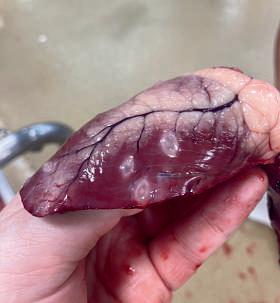
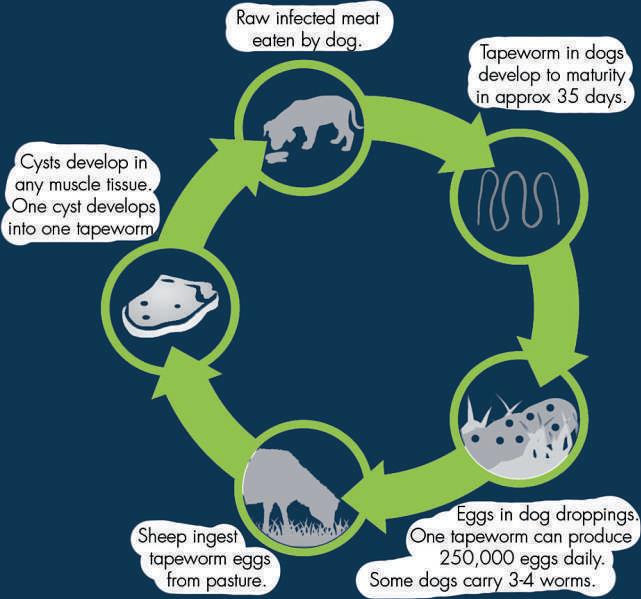
Alka Prasad
Pukekohe horticulturalists are welcoming the opportunity to submit their thoughts on proposed freshwater and consent reform, which they say will allow their operations to remain viable and stop the industry haemorrhaging growers.
In May, Minister for Agriculture Todd McClay and Associate Environment Minister Andrew Hoggard announced a public consultation on changes that would impact on how councils regulated freshwater policy – changes that growers are keenly watching. They are also supportive of plans to make consenting easier under the Resource Management Act (RMA), saying it’s currently too expensive and complex, and they do not want to have to apply for consents to do things as basic as crop rotation.
Dominion Federation of New Zealand Chinese Growers Inc secretary Bobby Lowe told The Post that the sector “welcomed” any red tape reduction around horticulture consents in particular.
“Farmers welcome the proposed changes to enable on-farm water storage as a permitted activity, rather than requiring resource consent,” Lowe said.
Current regulations were delaying business, as growers could wait weeks to hear back on resource consents and could miss key crop production windows that could jeopardise entire harvests, he said “If you’re waiting three weeks for an email reply, the opportunity or the season is already gone,” the SKL Produce manager said. “Council is not run like a business but for us smaller growers, it’s our livelihood.”
Severe weather in 2023 wiped out entire harvests of onions and potatoes across Pukekohe, and getting back up and running was of national importance: “It will put you
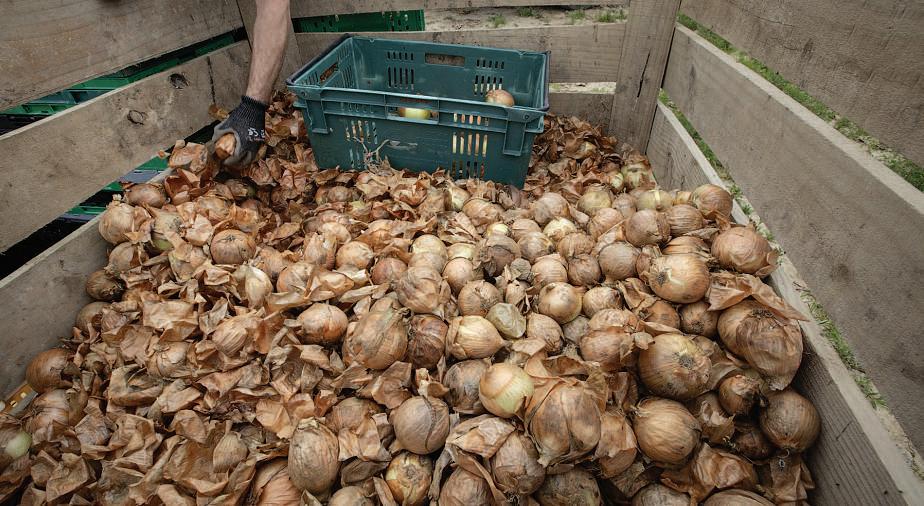
off growing vegetables, which becomes a food security issue for the whole country”.
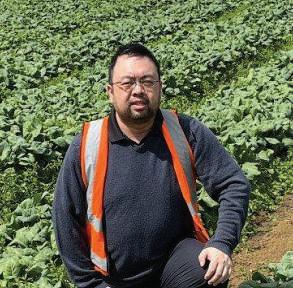
Horticulture NZ chef executive Kate Scott told The Post the proposed horticulture reform was likely to prevent business uncertainty and high costs for growers.
“There’s been a long period of uncertainty and unworkable rules which would mean, in the future, those vegetable growers couldn’t easily continue to growvegetables in those regions,” Scott said.
She said Pukekohe growers in particular had been hit by previous national directions for freshwater that made “the ability for growers to obtain consent almost impossible”
“If they recognise the importance of vegetable production and make a pathway that allows growers to grow without substantial constraint, that’s a good outcome for growers.”
Amrut Bhana’s family started Hira Bhana & Co in the 1950s in Pukekohe and he was now a co-owner of the business with his brothers Dinesh and Bharat.
As the Auckland region faced more unpredictable and severe weather conditions, he said any efforts to build small-scale water storage dams required council consent, which weren’t likely to be approved: “You wouldn’t even bother trying to apply [for a consent]. We know what the answer is already.”
“We’re not talking about big lakes, we just want to put in proper engineered farm dams on 40-acre blocks,” Bhana told The Post
“If we can’t hold winter rain to use in
summer, where’s the logic in that? With the regulations come extra costs and extra work for our office staff.”
Bhana said many intergenerational businesses had left Pukekohe and the industry after facing decades of complex and expensive consent costs, which worsened as the cost of doing business rose in recent years.
He said current restrictions implied that growers weren’t doing their part for environmental stewardship. Hira Bhana used soil care strategies like covered cropping, silt traps and reduced nitrogen to ensure soil sustainability.
But he said ongoing restrictions on local growers were actively discouraging local business growth.
“A lot of growers in my industry are exiting because they’ve had enough and can’t make ends meet,” Bhana said.
The chief executive of Horticulture New Zealand (HortNZ), Kate Scott, says the scheme is of great importance to the success of the horticultural sector.
As the main horticulture season winds down, many of our Pacific seasonal workers are heading home to reunite with their families. For many growers, it’s a brief moment of calm But it won’t last long.
By September, Recognised Seasonal Employer (RSE) Scheme workers will begin returning to New Zealand, many of them familiar faces to their Kiwi colleagues, to help our horticulture sector gear up for another busy season.
The RSE scheme is critical to the success of New Zealand’s horticulture industry and our export economy.
For nearly two decades, it has supported our growers through labour shortages during peak harvest times while also delivering meaningful benefits to Pacific Island communities.
This scheme is far more than just a labour mobility programme It’s a people-to-people partnership with our Pacific neighbours that strengthens
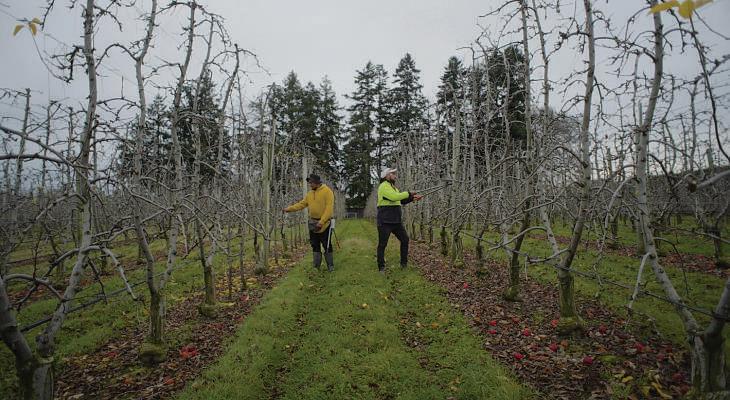
communities both here and in the islands. It provides opportunities for workers to support their families –funding housing and training – and contributes to long-term economic resilience.
New Zealand has about 80,000 hectares of land producing fruit and vegetables, feeding Kiwis and contributing to New Zealand’s economic return via exports.
These crops must be harvested at peak quality, which requires the assistance of seasonal workers, particularly as the sector expands. Zespri, for example, is
our growers to keep producing highquality food, scaling up operations, and creating more permanent jobs for New Zealanders. Their contribution also enables our sector to remain globally competitive and sustainable.
Crucially, growers take their responsibilities as employers seriously. RSE workers receive strong pastoral care and support, and the sector is committed to continuous improvement.
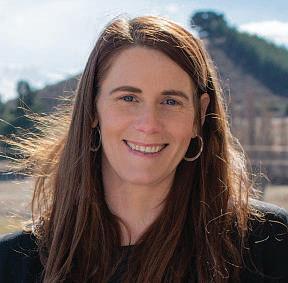
forecasting a record kiwifruit crop of 200 million trays for the 2025/26 season, more than half of which has already been shipped to global markets.
Growers always prioritise employing New Zealanders, but the reality is that domestic workers alone can’t meet peak seasonal demand.
That’s where the RSE Scheme comes in.
The RSE Scheme makes it possible for
new initiative (currently being piloted), Whānau Moana Nui, meaning “family of the Pacific”, is centred around nurturing people. Whānau Moana Nui seeks to provide a world-class standard of industry-led, government-enabled Pacific labour mobility practices for grower employers that meet increasingly stringent market requirements around socially sustainable and ethical production practices. It reinforces the sector’s shared values: doing right by our workers, fostering mutual respect, and meeting the high expectations of our customers, communities and international partners.
With the help of RSE workers, we can ensure our fruit and vegetables are harvested at their best, delivering economic value for New Zealand’s regions and supporting resilience and prosperity in the Pacific. That’s a partnership worth protecting.












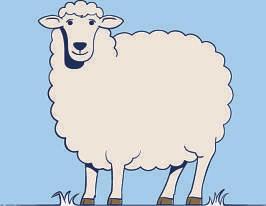

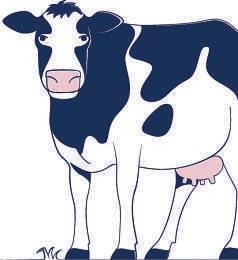

The team at Peninsula look at what is involved when dealing with serious misconduct by workers on the farm.
Like any other business, as a farm owner or manager you might face a situation where disciplinary action or even dismissal may be necessary due to serious misconduct.
Understanding how to deal with misconduct and adhering to a fair disciplinary process can mitigate the risk of a successful unjustified dismissal claim. Navigating these processes correctly is not just good practice; it’s a legal imperative.
What is a fair disciplinary process?
The concept of good faith and fair process means that for any disciplinary action or dismissal to be legally sound, as a farm owner or employer you must not only have a good cause but also follow a fair and reasonable process.
Failure to do so could lead to grounds for an unjustified dismissal or disadvantage claim that, if successful, could result in compensation for loss of wages, hurt and humiliation, and legal costs.
The 2024 Employment Relations Annual Report stated that, in 2024, the lowest compensation award was $700 and the highest was $105,000.
What could be considered serious misconduct?
Serious misconduct is behaviour that undermines or destroys the trust and confidence in the employment relationship. It often involves deliberate actions, though extreme carelessness (gross negligence) can also qualify.
It’s crucial for farm owners to have employment agreements and workplace
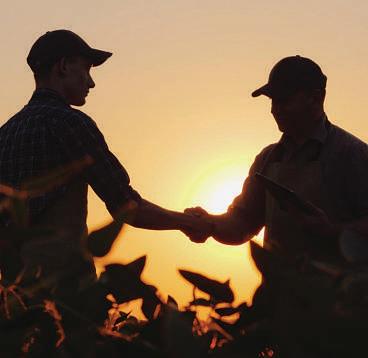
policies that outline serious misconduct behaviour While not legally binding, they provide clear expectations to employees. Serious misconduct on a farm can include:
■ Theft or fraud: Stealing farm property, misusing company funds, or falsifying records (eg, timesheets, production data).
■ Violence or threatening behaviour: Physical assault, threats, or intimidating colleagues or family members on the farm.
■ Breach of health and safety: Deliberately ignoring safety protocols, operating farming machinery while intoxicated or under the influence of drugs, or actions that endanger the employee or their colleagues.
■ Serious insubordination: Refusal to follow lawful and reasonable instructions that significantly impact farm operations.
■ Breach of confidentiality: Leaking sensitive farm information (eg, financial data, breeding plans, client lists)
If an allegation of serious misconduct has been made against an employee, you need to conduct an investigation before starting a formal disciplinary process. This
is to determine if further action is required. Gather basic facts in the form of evidence (such as witness statements) and avoid pre-judging the situation
Inform the employee of the allegation of misconduct against them. Issue a formal detailed written letter and provide all relevant evidence gathered. Explain the proposed disciplinary process, including potential outcomes, and offer them a right of reply and a reasonable timeframe for them to prepare for a meeting. Advise the employee of their right to bring a support person or representative to any meetings.
When you hold a formal meeting with the employee
Clearly restate the allegations and evidence as well as the potential consequences, including dismissal, as a possible outcome if the allegations are upheld.
Provide the employee with a genuine opportunity to respond to the allegations, explain their actions, or provide any mitigating circumstances. Listen without interruption. Ask questions to clarify their response and take detailed meeting notes.
After considering all information, including genuinely considering the employee’s feedback and assessing the evidence, make a decision as to an appropriate and reasonable outcome
Communicate the outcome in writing, outlining the findings of your investigation and explaining why you reached this decision You should also set out the effective date of dismissal, as appropriate.
Where serious misconduct is found to be substantiated, this does not automatically justify dismissal. The appropriate outcome will be determined on a factual basis considering the degree of the misconduct and the surrounding circumstances. The onus is on the employer to show that dismissal was within the range of outcomes available to a fair and reasonable employer in those circumstances.
Be sure to maintain detailed records of all communications, investigations, meetings,
and decisions related to disciplinary matters. This provides crucial evidence if a personal grievance claim is made against you In a challenging situation, particularly one involving serious misconduct, seek advice from an employment relations specialist.
In cases of serious misconduct, you may be able to dismiss an employee without notice (summary dismissal). This is only permissible if a fair process has been followed and you have a strong, justifiable reason to immediately cease the employment relationship
Other types of dismissals should be made by providing employees with notice of termination as outlined in their employment agreement.
Upon termination, even for serious misconduct, you are still required to pay all wages for hours worked up to and including the last day of employment. The employee is also entitled to be paid for any annual leave they have accrued but not taken.
Final pay must be made on or before the employee’s pay day for the final pay period. Occasionally this may happen after the employee’s final day of work. If the employee is dismissed with notice, and provided that their employment agreement makes provision for this, they may be directed not to work some or all of the notice period. In this case they must still be paid for the full notice period, either under a garden leave or a payment in lieu of notice provision.
For New Zealand farm owners, following fair disciplinary processes and termination procedures is a vital aspect of risk management and maintaining a fair and compliant workplace. By clearly defining expectations, thoroughly investigating issues, affording employees a fair process, and fulfilling all payment obligations, you can mitigate the risk of costly and disruptive unjustified dismissal claims.
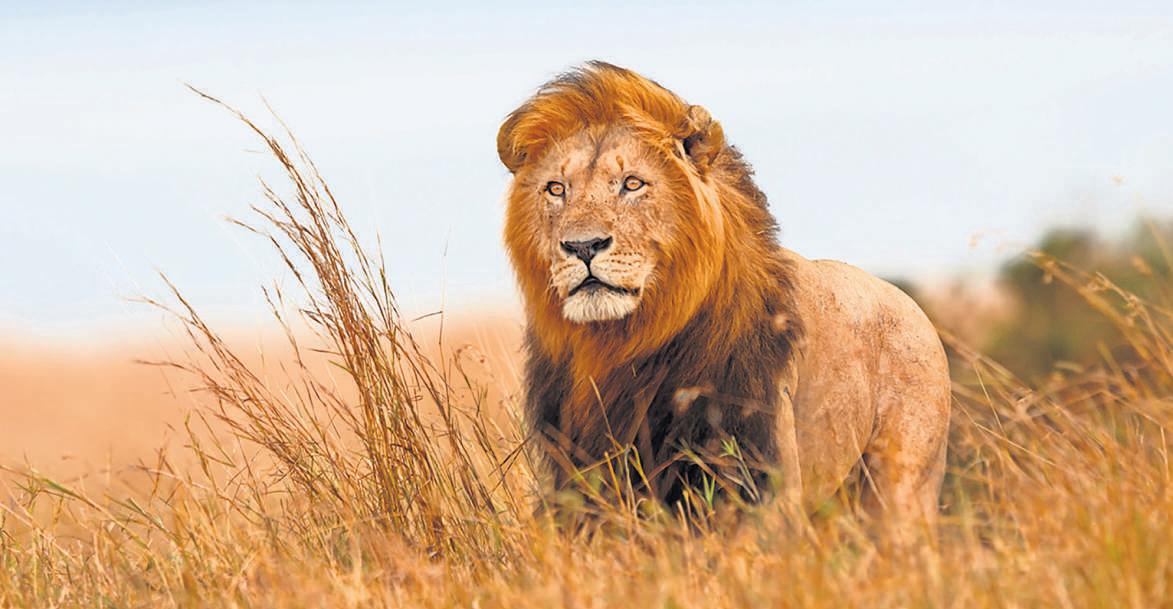

Taking into account how wet and slippery conditions can affect farm tracks, slopes and roads, especially in winter, is the subject of the latest safety alert issued by Safer Farms
Safety alerts document real-life incidents, distilling key lessons from farmers into concise, one-page handouts for managers to use in safety discussions with their teams.
The incidents in the latest alert happened on farm areas where vehicles had previously operated safely in ideal ground conditions.
However, changing conditions had made the areas more slippery and dangerous, and drivers didn’t fully consider how that change in ground conditions would affect traction and control of their vehicles
One farmer reported how a Hilux driver was watching stock and drifted off a grassed track. He slid 200 metres, rolling at least once. The area where he was driving was designated restricted access, but he was unaware of that.
Another shared how a tractor in a cultivated field lost traction and slid about 100m down a slope before the driver managed to regain control.
These incidents happened on routes and paddocks where vehicles and tractors had previously been operated safely in ideal ground conditions.
Both drivers were experienced in using the vehicles, but had not adequately accounted for the changes to conditions.
When the weather turns, paddocks can become muddy and slippery so care needs to be taken when parking or operating on slopes.
This alert can be used to discuss with the staff the importance of:
■ Planning for wet weather conditions when organising tasks, such as considering safer routes or putting off jobs until it is safe;
■ Putting in temporary access restrictions when conditions affect safe vehicle access and making sure everyone on farm knows about them;
■ Keeping vehicles and tractors away from wet and slippery slopes when conditions can hinder traction – and instead stick to all-weather tracks and routes, especially on, or close to, sloping ground;
■ Where possible, avoiding driving across steep slopes;
■ Being aware that if a tractor or other vehicle starts to slide forward, do not brake – or you will start to ‘sledge’. You have to keep the wheels turning to keep traction;
■ Taking time to stop, think and only do if it is safe to do so.
■ Ensuring you are fully focused when driving a vehicle. If you need to watch stock, stop and get out to do so;
■ Always wearing your seatbelt in a vehicle and carrying your radio, cellphone and personal locator beacon (PLB) – to make sure you can get help when you need it;
■ Remembering that experienced drivers can make mistakes too.
These incidents may have been avoided if temporary access restrictions had been put in place for sloping paddocks and tracks that become unsafe in wet conditions, and all drivers were made aware of them.
You can find more information at farmwithoutharm.org.nz/safety-alerts
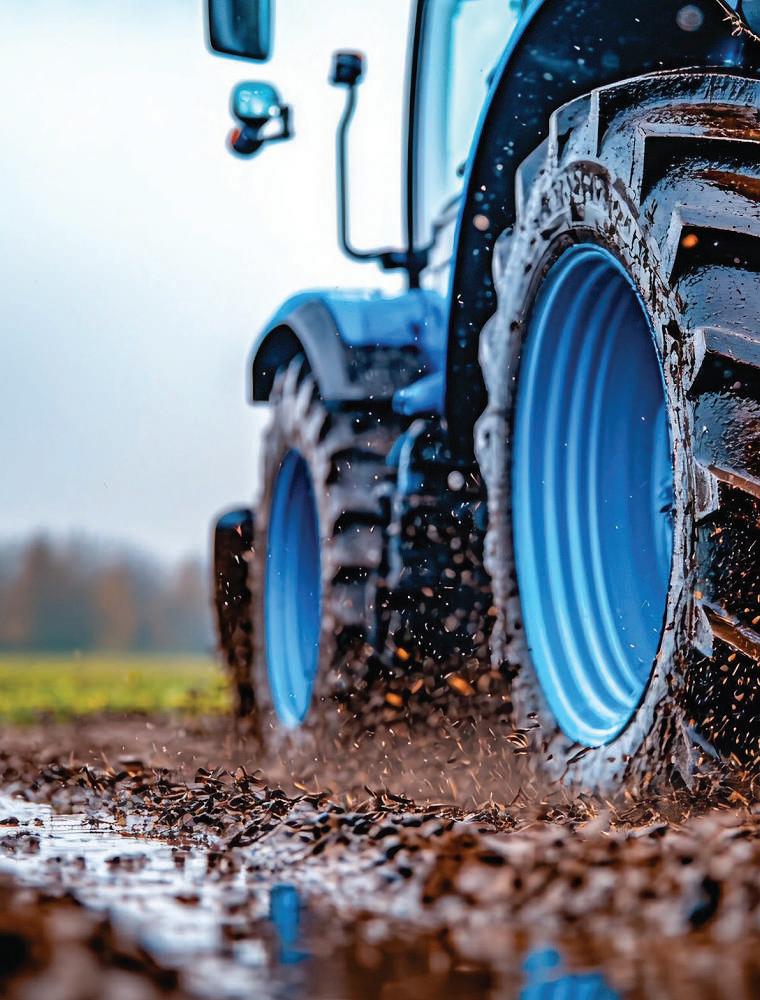

Community
Felicity Connell
Katherine Mitchell, a hunter, fisher, gardener, cook and charter boat business manager, is deeply passionate about understanding where food comes from and making the most of every bite.
Through a local community garden and her cooking classes, she shares her skills with others, fostering connections, enhancing well-being and raising awareness of food resilience.
In late 2019, Katherine, 42, and her husband, Paul, known as Mitch, 46, found themselves at a crossroads.
Their tourism-focused helicopter business in Tāhuna Queenstown had taken a downturn, prompting a decision to move to Te Anau with their children, 6-year-old Rita and 9-year-old Austin.
“It was the most amazing thing to leave Queenstown and come to this – I call it my desert island after the storm. It’s a very cool little town and nice to be back to rural roots and away from that Queenstown hustle and bustle.”
The untamed beauty of Te Rua-o-te-Moko Fiordland is a constant inspiration for Katherine
“I guess it’s a bit cliche, but it’s so untouched and kind of primaeval It’s a little bit like stepping back in time and there’s no choice but to be connected to nature There are parts when you’re right up the head of the fiords, it feels like a dinosaur’s going to walk out of the bush. It’s beautiful, overgrowing, lush forest.
“People think Fiordland is rainy and wet, but you can get days – especially in Breaksea and Dusky Sounds – like you’re on tropical islands. You can’t get bored of it. It’s different every time you go there.”
Katherine and Mitch now manage Fiordland Charters. Although her work with the charter boat often takes her to sea, Katherine’s roots are firmly in the land.
Raised in Ōtautahi Christchurch and with school holidays spent on family farms, she earned a Bachelor of Agriculture from Te Whare Wānaka o Aoraki Lincoln University and built a career in the primary sector. Her passion for food from the land has remained a constant. A keen gardener, she helped set up the Fiordland Community Garden Charitable Trust in 2020
Passing on gardening skills is only one part of the venture
“A big part of it is local community resilience, mental health and just bringing people together. Food is a real connector and growing is a great leveller. We have 18-year-olds, young mums with babies, and elderly show up Knowledge is shared across the group and it’s very cool. It’s about connecting with each other.
“There’s something about busy hands allowing you to chat and relax and let go, and just holding space for those opportunities. It’s also important in terms of resiliency in the community, I’m not a doomsdayer, but it is important we can look after ourselves if we need to We are very isolated, and we’ve only got one road in and one road out, and one supermarket.”
As well as boosting resilience, celebrating what you have grown is important to Katherine
“Autumn might be one of my favourite seasons because it’s that harvest abundance and also slowing down for the garden. It’s when you start harvesting and preserving. I often lament that our Pākehā culture doesn’t celebrate coming together in autumn.
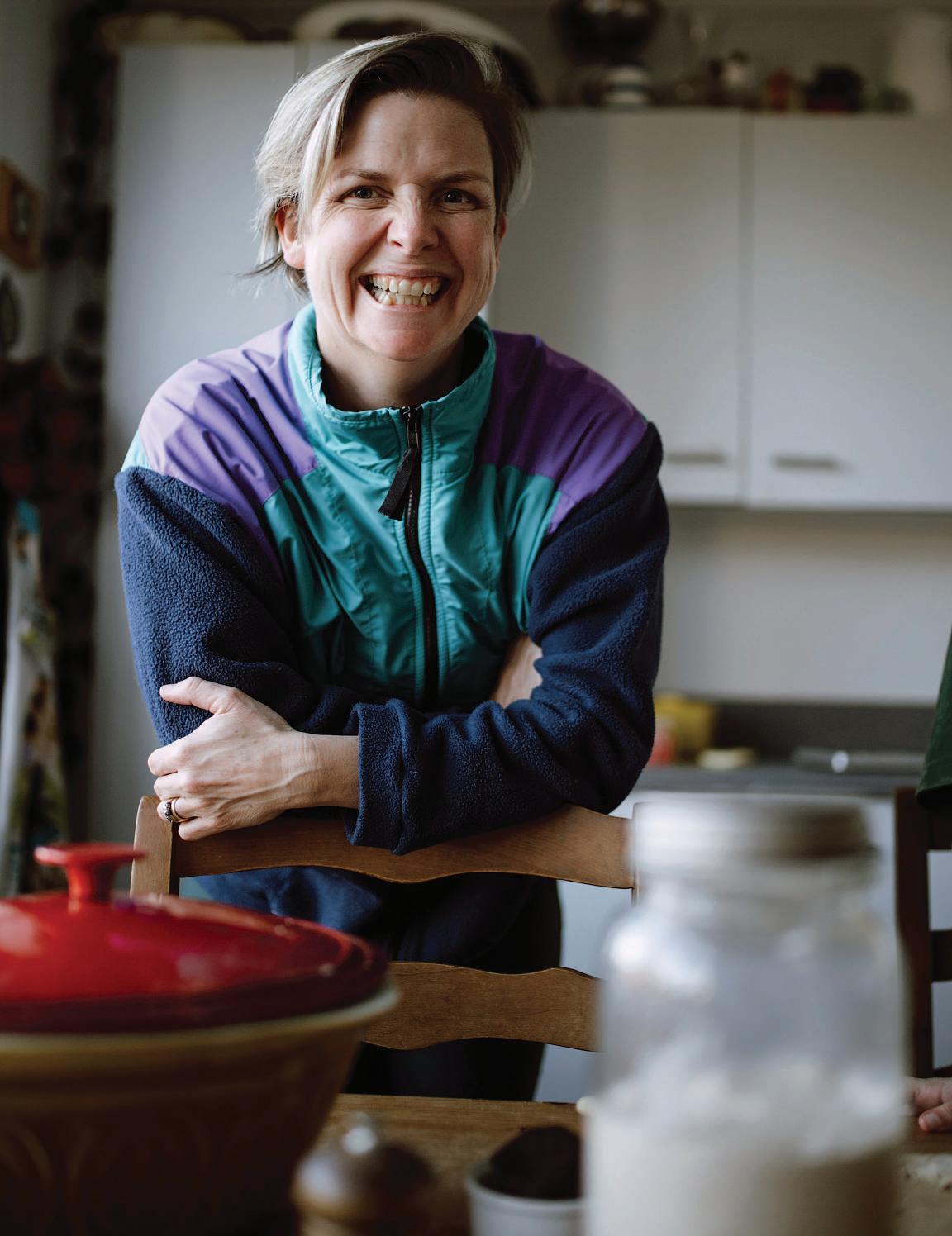

Food is a real connector and growing is a great leveller.
Katherine Mitchell “
“And again, we all strive for this perfection of preserving all our fruit and things like that But the reality is, if you look back at history, we did it as a community. It wasn’t something that you sat alone in your kitchen with your two children screaming at you while you did it. It was something you came together as a group and did. And I’d like to think we can come back to that.”
To foster connection during the quieter winter months, Katherine launched community cooking classes in 2023, supported by funding from Te Hau Toka Southern Lakes Wellbeing Group.
“I love cooking, and I love teaching cooking. We can all get a bit low during winter – it can be weeks without
seeing the sun. The impetus was to do something to get people, including me, out of the house and doing something that brings a little bit of joy in the middle of the winter.
“And I always forget with food – it’s not something that comes naturally to everyone. People also get stuck in their ruts of cooking the same old thing
“Cooking something new and talking about food with people always gives you a bit of a lift and makes you push your boundaries a wee bit. I take it for granted, but it’s a massive confidence booster.
“If you show someone how to bake a loaf of sourdough, it’s like they’ve created something They’ve seen
that everywhere before, but it seems unavailable, and then they do it themselves and they’re like, ‘Oh, this is easy. I can do this.’ That’s the biggest thrill for people who have never done it before.
“When they see how easy it is, they get a real sense of achievement and an amazement that this seemingly dark art can actually be relatively simple.
“I’ll run into them in the street, and they’ll be like, ‘Oh, I’ve been baking bread.’ One woman, she’s baking it every day for her family now, which is next level.”
As well as connecting her with the community, gardening and cooking help Katherine maintain balance in her
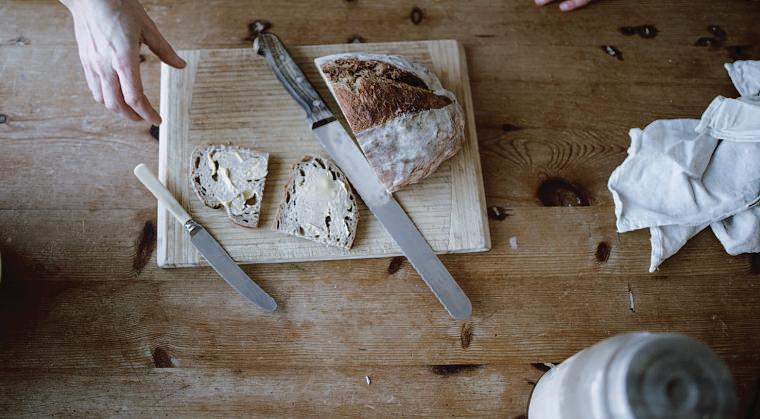

own life. A recent ADHD diagnosis has helped her understand herself better and gain insights into how to approach the demands of parenting and daily life.
Mitch’s work often takes him away for days at a time, and Nancy, their lively 1-year-old Labrador puppy, adds to their busy household
“It’s hectic. I’ll get my kids to school, come home, feed the chickens, do my house jobs, make my cup of tea, come out to the garage – which is where my office is set up, mainly so that I can leave the house – and do admin for the boat, and then do some gardening when I’ve got time.
“My biggest challenge, now that I know about ADHD, has been just being a mother and staying focused. When you are overwhelmed with being the perfect
mother and what you’re supposed to do, you end up feeling constantly guilty that you’re doing a terrible job because your children aren’t tidying up after themselves, or you are not tidying up after them, or your house is a mess – all those things.
“So awareness about ADHD is great I hope more women figure it out It’s been good for me. It’s allowed me to be much kinder to myself, knowing that’s what’s happening, and learn about how I can manage it – and let it go a bit hectic.”
Katherine’s passion for sustainable food production led her to become involved with Eat New Zealand, a not-for-profit organisation dedicated to connecting people to the land and ocean through food.
“It’s about respecting the environment
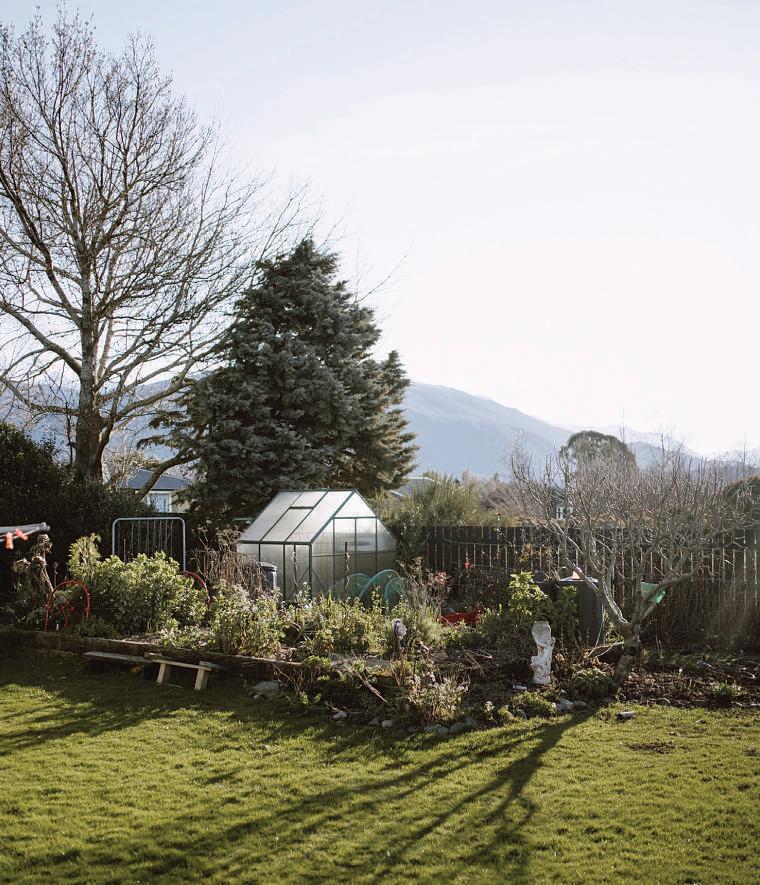
our food comes from, and then respecting the food as we are eating it.
“I love fishing. I’m also a marine conservationist, and it can be a real conflict I wanted to explore how I can talk about conserving our marine spaces at the same time as being someone who loves fishing.
“Being involved with Eat New Zealand has connected me with people who have similar ideas and helped me explore those things and grow a wee bit of a community in that space from a reasonably isolated place.
“We’ve got such cool stuff happening in New Zealand, but we need to support it for it to grow. This idea that a beautiful piece of New Zealand-grown lamb has somehow become, in people’s minds, worse for the environment than a corn
patty imported from America frustrates me.
“And the disconnect between rural and urban, and the way our farmers have been painted as villains in our food system when they’re not – we’re actually producing some amazing, beautiful products.
“We, as consumers, need to do the work to support it, make our local producers more resilient, and encourage that small-scale production.”
This story appears in the Takurua winter edition 2025 of Shepherdess magazine –available from supermarkets, dairies and specialty book and design stores across the motu. Subscribe and order your copy online at shepherdess.co.nz.

A Northland sheep and beef farmer and champion dog trialist has no plans to put away his shepherd’s crook or whistle just yet.
By Steve Macmillan.
Growing up on the family farm and eventually taking it over was satisfaction enough for a young Northland farm boy. At the age of 15, he joined his father Ellis on the farm and has put in plenty of hard yards over time. Like his father, he grew to become a talented cricketer and dog trialist.
Reflecting back on the decades since, Murray Child is pleasantly surprised at everything his farming career has produced.
But he is far from finished and takes every chance to show people around the beautiful environment that has provided such a fulfilling environment for his family.
The more he can show town-folk about the art of farming environmentally and help them understand that it is in the interests of farm landowners to look after the land, the more he is satisfied in his role as a guardian
“There was a time when I didn’t want outsiders on the farm because farmers were getting it in the neck about supposedly treating land and animals badly.
“But that’s not what we are about because this is our business, our livelihood and it is in our interests to leave it in a better state than when we took it on.”
So he changed his tune some years back and realised he has a role in educating people about farming. That’s when he began welcoming visitors to the picturesque 400-hectare Maungakaramea sheep and beef unit at the foot of the mighty Tangihua Ranges.
While 86ha is now fenced off to protect waterways and mature native forest, the effective grazing area is still significant enough to comfortably carry 220 Angus/ Limousin breeding cows, alongside 1000 Romney/Coopworth breeding ewes. He keeps 40 replacement heifers annually and sells around 70 steers at the local Maungakaramea Sale every second Friday in September This annual spring fair has been going for 23 years now His last lot of 69 steers averaged $1398 per head at upwards of 300 kilograms liveweight, with the top Limousin steers notching $1450.
“We walk them up the road from the farm by horse (a 6-kilometre trek) which is the best way to control them and keep them calm and educates the motorists how to drive respectfully around cattle and farmers.”
Most recently, a line of bulls at 333kg carcass weight at 20 months of age, yielding 61%, netted just over $2700.
“We fatten all the lambs and put 300 hoggets to Wairere Romney and Coopworth rams. We were using Coopworth rams, but have gone back to Romney in recent years and we have been achieving around 145% lambing. All the lambs go to Progressive Meats for local consumption and we look to get them to 18kg carcass weight from Christmas onwards We sell our five-year ewes at the Wellsford Sale.
An addition to the farm in recent years has been Back To Nature Holiday Cabin in a beautiful pocket of the farm, and a short walk to a stunning stand of native bush
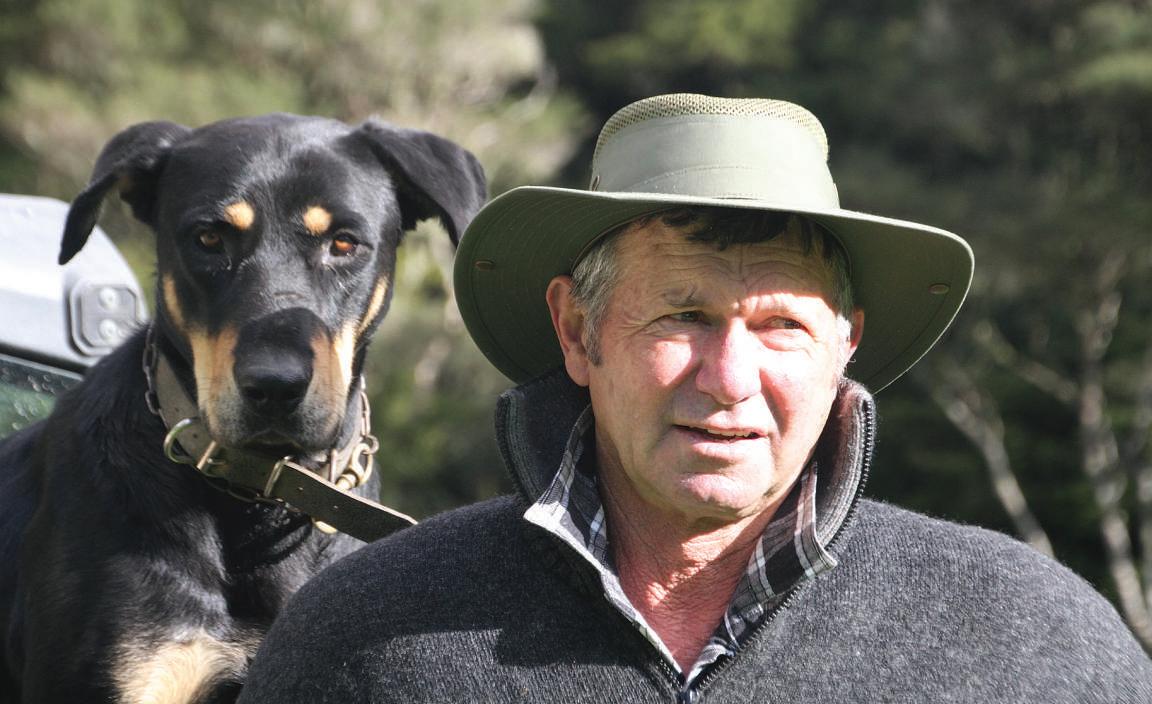
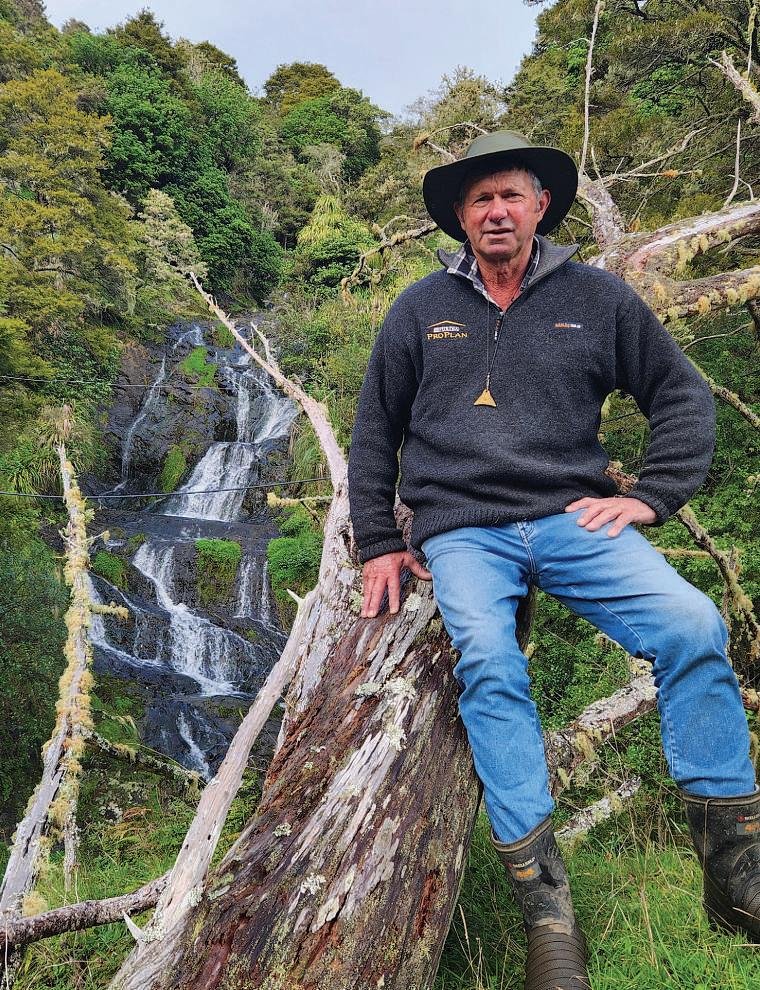
“
I see farming in a very positive light these days, but I am concerned about how young people can get into farming and I just don’t have the answer to that.
Murray Child
that was once logged for kauri by Child’s forebears back in the early 1900s
‘The Hut’ was moved to the property in 2022 to provide a getaway for friends, family and othervisitors.
Child says the off-grid accommodation, which can be checked out on Facebook, can sleep a handful of people and is set up with solar, gas, Starlink and total privacy.
It also doubles as his second office, where he can catch up on paperwork away from daily farm life and amidst one of the most tranquil corners of the farm. It provides him some rare downtime from such a busy operation he has run alongside his 45-year-old son Dean the past three years. This has allowed him to continue pursuing his love of dog-trialling.
Child has been running dogs since he was 12 and his successes along the way include winning five New Zealand Championships and two New Zealand National TUX yarding titles.
He won the South Island Championship hill trial in 2024 and recently judged the four-day Taupō dog trials, which attractedmore than 300 dogs across four days and raised $36k for the lifesaving Greenlea Rescue Helicopter in the process. His other achievements include first touring Australia in a test series for the Wayleggo Cup in 2002 and 2013, before
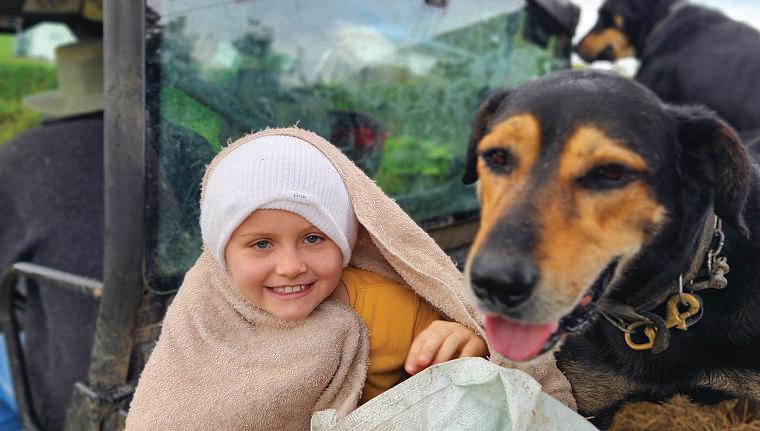
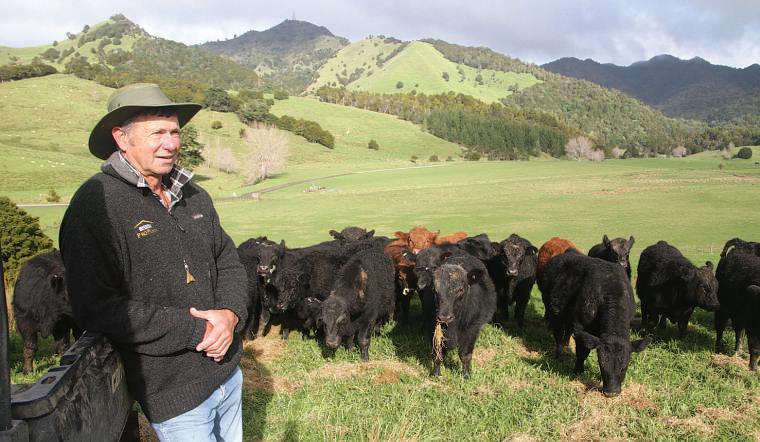


captaining the New Zealand team to four consecutive years unbeaten from 2014 to 2017 Add to these achievements multiple North Island, South Island and New Zealand Championship placings with 16 different dogs since 1986 and he is pretty happy with his lot. Child is clearly in the top echelon of the history of New Zealand dog trialling.
As a result, he caught the eye of the Purina team, and in 2019, became the company’s North Island rural ambassador for the company’s Pro Plan brand.
The role is really about sharing his expertise and helping people get the best out of their working dogs, which includes how you look after them. High quality nutrition is as important in dogs as it is in humans, especially working dogs where the physical demands are so high. Purina and Child run training days and attend other events throughout the North Island.
“We can get dozens of working dogs at some of those days. The last one was in conjunction with Beef + Lamb in Rangiputa in early July and we had around 30 dogs there. My dog training model is that stock work should be a pleasure and not a chore. So I teach people the basics of training on those days then the finer points later.”
When it comes to training days, he says he can get the respect of someone’s dog within a few minutes. “It’s about respect, discipline when necessary, repetition and reward. If these basics of behaviour –particularly respect – are taught at a very early stage, then life is a whole lot easier.
“A dog is a pack animal and generally tries to dominate and they need to learn respect. As a kid, I was immersed in farm dogs and Dad was very good with them. He was a very successful dog trialist and was president of the New Zealand DTA (Dog Trialling Association) for eight years. I learnt a lot from Dad – cricket, dog trialling and farming.
Child says dog trialling is still really strong in New Zealand, despite a lot of former
sheep and beef land being swallowed up by forestry conversions over the years.
“There are 12 clubs in Northland and over 157 clubs in New Zealand. I do a training day every year at Erewhon Station on the Taihape/Napier Rd and we get around 70 young shepherds there and an encouraging number are women, so the sport is certainly not in danger of dying out. It is a sport that you can compete in regardless of age.
Ironically, after all these years trialling, his main huntaway Chase has become a bit of a rockstar of the dog-world by having his photo plastered on the bag of Purina’s Pro Plan Extreme dog food. Chase’s father, Frank, was on the bag before him – smiles and all.
Looking back on his farming career, Child laughs when he boasts about one of his finest achievements – surviving the first day of his marriage back on March 13, 1976
He remembers well because it was a Saturday and that meant having to forego a cricket game to tie the knot with Kathy.
He has given plenty back to the game as a selector, coach, mentor and administrator –none of which he could have done without his partner’s support.
“I have been very lucky in that respect, and we have had a good run on the farm. I see farming in a very positive light these days, but I am concerned about how young people can get into farming and I just don’t have the answer to that.
“The cost of the land, the capital stock and the inputs are out of reach for most. How do youngsters get the capital to get started at the outset without the support of a farm succession plan from their parents” – that’s something he is looking at closely right now.
“Mind you, when a ewe is bringing $220 at the moment and a lamb is fetching $180-$200 that’s more than 100% profit on your investment if you can achieve around 140%-plus lambing. In what other business can you get that? Okay, there are some costs involved but it is pretty good.”
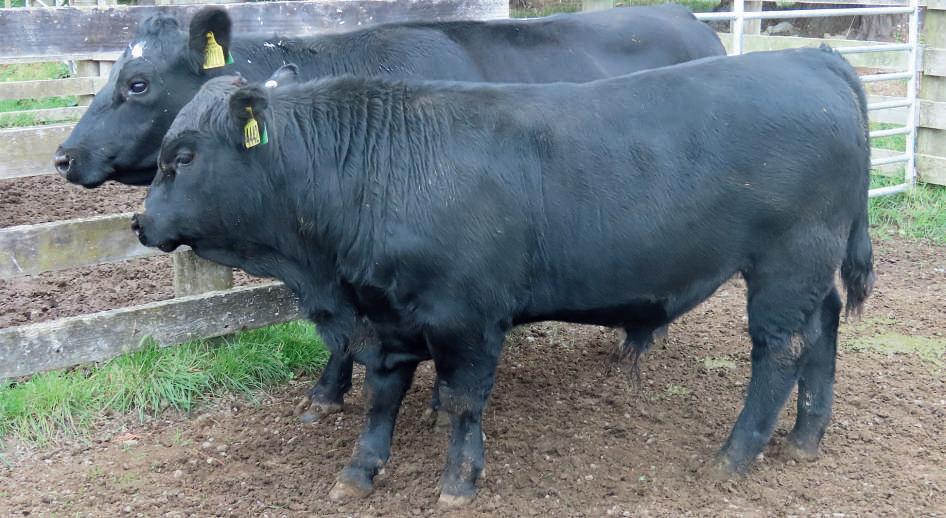




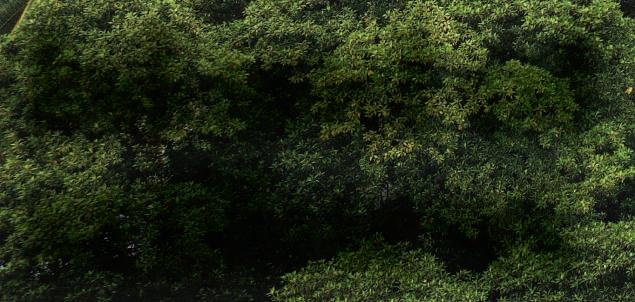
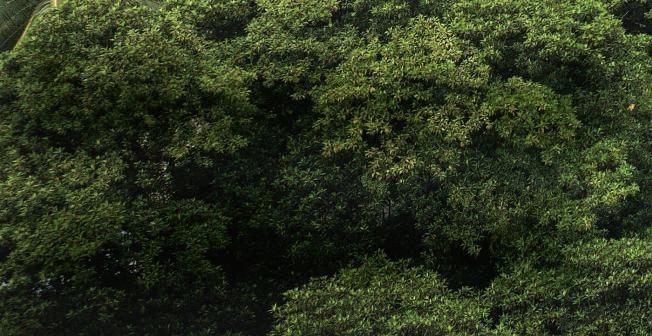

Samoa’s largest island, Savai’i, offers a rare kind of escape, as Brook Sabin discovered.


Iwant to tell you about a place that feels like it takes 40 years to get to – not because of distance, but because of the destination
It’s just a four-hour flight from New Zealand, followed by a short drive and then an hour-long ferry ride. But when you step off the boat, it feels like you’ve travelled four decades back in time
Welcome to Savai’i, Samoa’s largest island, and one of the last places in the South Pacific where time truly slows down.
When most people head to Samoa, they base themselves on the main island of Upolu – home to the capital, Apia, and the country’s international airport It’s also where you’ll find most of the country’s tourism hotspots – from popular beach resorts to the famous To-Sua Ocean Trench.
But, for some, they want a holiday that gives you something a little different. A little slower. A little less holiday, and a little more experience. And you’ll find that on Savai’i.
Samoa’s lesser-known island is actually bigger than Upolu, but significantly less developed. There is, for example, just one traffic light. And to be brutally honest, that’s overkill – it would probably serve better as a Christmas ornament.
There are no fast-food chains, no traffic jams or rush to be anywhere. Just sleepy villages nestled underswaying coconut palms, with lots of empty beaches.
How to get there?
Ferries to Savai’i leave from Mulifanua Wharf on Upolu, just a few minutes’ drive from the main airport. The crossing takes an hour, and you can go by car or as a foot passenger. Now it’s important to remember this isn’t the Interislander and amenities are basic But the ferries are regular, and before you know it, you’ll arrive in Salelologa, Savai’i’s main township.
What to do?
That’s the great thing about Savai’i – as much or as little as you want.
You could spend your days chasing waterfalls, swimming in freshwater pools, or snorkelling over coral gardens just metres from the shore. Or you could just as easily lie

in a hammock, with a book in hand.
But if you do want to explore, here’s what you can’t miss.
Alofaaga Blowholes
The Alofaaga Blowholes are one of Samoa’s most spectacular natural wonders, sculpted by centuries of lava flows meeting the relentless South Pacific swell.
Every 30 seconds or so, a thundering column of seawater shoots out of ancient lava tubes, like a natural geyser powered by the ocean.
If you’re lucky, a nearby local will throw in a coconut husk, which launches into the sky with ridiculous force – probably the closest Samoa will ever come to a space programme. Do not, I repeat – do not – consider doing this unless a local offers; the coconuts fly with such force it’s hard to see them.
Lava field
Savai’i is an ancient shield volcano, which today remains a sleeping giant watching over this Pacific paradise.
In the early 1900s, an eruption wiped out entire villages on the north side of the island. But instead of destroying everything, the lava has preserved something quite remarkable.
The landscape at the Saleaula Lava Fields feels like a set from an apocalyptic film.
Blackened rocks stretch as far as the eye can see, frozen in waves and folds from when the lava cooled.
You’ll find the remnants of a church partly swallowed by rock, and eerie imprints where buildings and trees once stood.
One of the most poignant stops is the Virgin’s Grave – a burial site of a high chief’s daughter who died young from tuberculosis
She was said to be so pure in spirit that when the lava swept through the village, it flowed around her resting place without leaving a mark – and you can still see that today It’s a remarkable sight.
Jungle waterfalls
Afu Aau Waterfall is one of Savai’i’s most photogenic spots – a perfect plunge pool framed by jungle.
The water is deep, cool and turquoise. Come on a weekday (before school gets out)

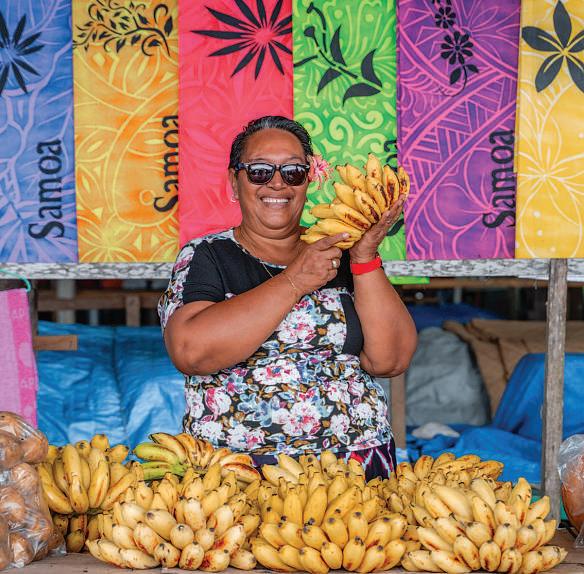
Below: It costs a



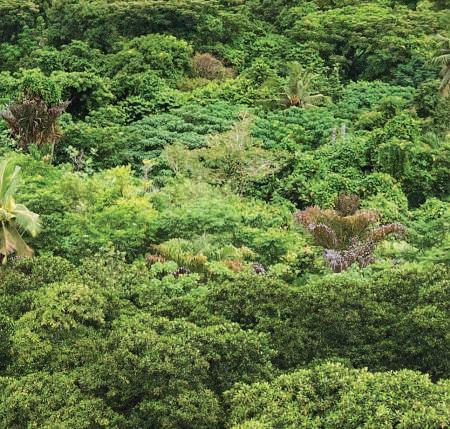
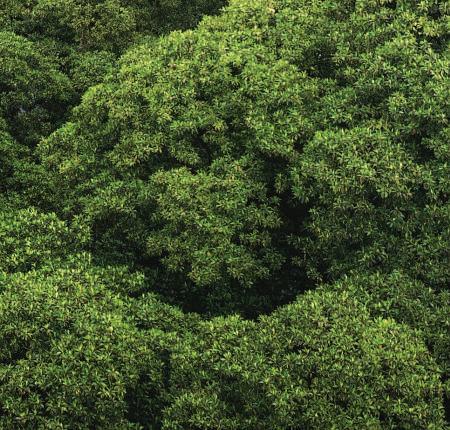

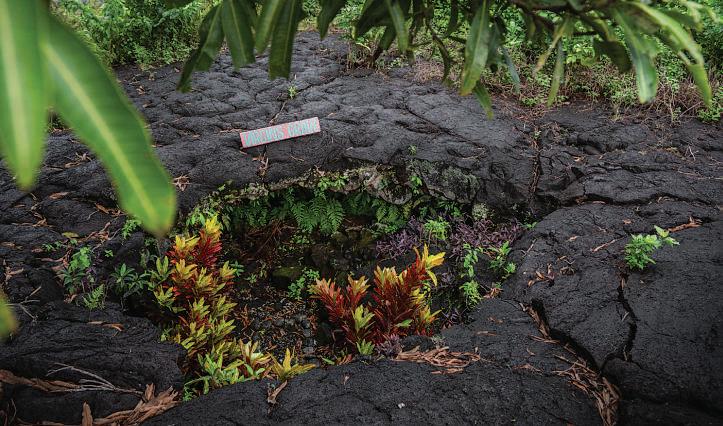



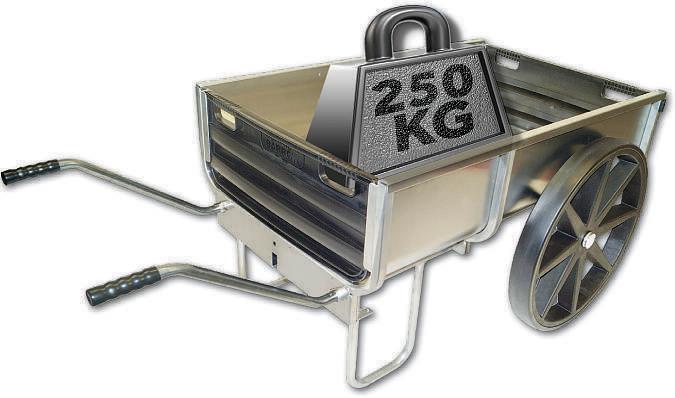

•Extra-large capacity –4times standard wheelbarrow.
•Removableend panels to carrylong loads
•Ergonomically engineered forlightweight, easy and comfortable handling.
•Ideal forfirewood, haybales,buckets of calf feed, etc.
•Two large wheels roll easily even with heavy loads and no more flattyres!
• Tool-less conversion to aride-on mowertrailer (optional).
•Flat decktray(optional). Converts your Bernie’sBarrow to amobile workbench.
•Caddy (optional) clips to either side of your Bernie’sBarrow.
•High sides kit (optional). Doubles the capacity of your Bernie’sBarrow.
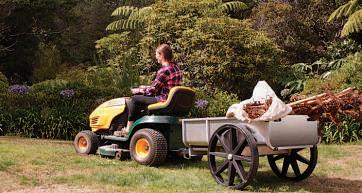
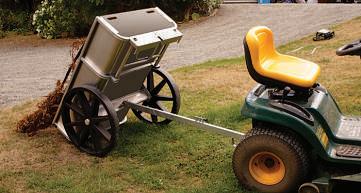
Air New Zealand flies daily between Auckland and the main island of Upolu. See:airnewzealand.co.nz
To get to Savai’i, you’ll then need to catch a ferry This costs WST$10 (NZ$6) one-way for passengers or $80 tala ($48) one-way for a car See:ssc.ws
Amoa offers resort-style accommodation near a beautiful lagoon. Prices start from $425 tala (NZ$260) per couple, including breakfast. See:amoaresort.com
The island also has lots of beach fale options. You can find a full list and contact details on samoa.travel
and you’ll likely have it to yourself. There’s a simple entrance booth (with an honesty box if no-one’s there), a few picnic tables and that’s about it No lifeguards. No Instagram queues. Just pure bliss.
One of the highlights of our tour around the island was a paddle through the Asaga Mangroves. This is run by the local village and is one of Savai’i’s best hidden gems. You’ll be taken on a journey through a maze of mangroves under a thick canopy of trees, alive with birdsong. The journey ends at a crystal-clear freshwater pool, perfect for a cool-off
In true Savai’i fashion, it’s not easy to book a tour in advance. But any local accommodation will help you get in touch with the village – or drive by Asaga and look for a sign to the River Pool and Beach Fales, then ask around. Everyone is
friendly, and you’ll be paddling through paradise before you know it.
We based ourselves at one of the island’s main resorts, Amoa, which is about 20 minutes’ drive from the ferry terminal. It has large rooms, lush gardens, some of the best food on the island and a stunning lagoon out front for swimming.
If you’re after something more low-key, Savai’i is also known for its beach fales – simple huts right on the sand. They’re basic, sometimes without walls, and offer the kind of budget barefoot island experience that’s becoming harder to find. And that’s what Savai’i is all about –simplicity, nature and slowing down.
The writer’s trip was supported by the Samoa Tourism Authority.


Call your Call your calf disbudding calf disbudding specialistsfor a specialistsfor a professional servicetoday professional servicetoday! ! MPI-approved &professio allydelivered calf care NO sedation, NO feed disruption, NO stress. WhyChooseUs?
Localanaesthetic only – safer, cleaner
Zero feedingdisruption – happy, calm calves
Strict biosecurity - No Bugs spread, Keepingyourcalvessafeand happy No farmer assistance required- We bringour ownteam
200,000 calves disbuddedyearly
Zero feedingdisruption– happy,calmcalves biosecurity- spread,Keepingyourcalvessafeand No farmer assistance required-Webring ourown team 200,000+
IHCfundraisercalvesdisbudded free ALLour franchises arelocally owned Also Availablewhile we areonsite:
IHCfundraisercalvesdisbuddedfree Also Availablewhile we areonsite:
















